- ~ Home
- The Way of St. Francis
- Gubbio, Italy, a Medieval Marvel
Jump to Way of St. Francis Stages
Gubbio, Italy
~ A Medieval Marvel
Disclosure: the PilgrimageTraveler.com is an associate of Booking.com, Roamless, and Amazon. As associates of these merchants, we earn from qualifying purchases from our links.
Exploring the town of Gubbio, Italy, a medieval marvel, can be done in a leisurely day, or a rushed afternoon, like we did!
Ponder the quote below, as this is the effect that Gubbio had on us, and most certainly will affect you too!
🙋♀️ Why Trust Us at the Pilgrimage Traveler?
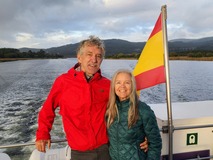
We’re not a travel agency ~ we’re fellow pilgrims! (See About Us)
We've trekked Pilgrimage Routes Across Europe since 2014!
💬 We’ve:
- Gotten lost so you don’t have to. 😉
- Followed waymarks in the glowing sunlight, the pouring rain and by moonlight. ☀️🌧️🌙
- Slept in albergues, hostels & casa rurals. Ate and drank in cafés along the way. 🛌 😴
- Created comprehensive and downloadable GPS maps and eBook Guides, full of must-have information based on real pilgrimage travels. 🧭 🗺️
- Shared our complete journeys, step by step to help YOU plan your ultimate pilgrimage and walk with your own Heart and Soul. 💙✨
Every detail is from our own experiences. Just fellow pilgrims sharing the Way. We have added a touch of spirituality, heartfelt insights and practical guidance from the road ~ offering a genuine connection to the spirit of pilgrimage. Tap into the wisdom of seasoned pilgrims!
Ultreia and Safe Pilgrimage Travels, Caminante! 💫 💚 🤍
"Architecture, of all the arts, is the one which acts the most slowly, but the most surely, on the soul." ~ Ernest Dimnet, French Priest, Writer and Thinker
Map of Gubbio, Italy, a Medieval Marvel
Here is a map of the sites where we visited, that are included in this article. Just zoom in to the beginning of this day eight map. This is by no means an exhaustive list of sites! There are so many more churches and museums that it would take days to see it all.
Our afternoon and evening here were a whirlwind tour for sure, but we were in the Residenza le Logge that was in the center of everything. Except for a visit to the church on the mountain by funicular, everything was a very short walk away.
If you are not spending a day in Gubbio, I would highly recommend you stay close to the center of town, to see as much as you desire while you are here. Click here to see the current deals for accommodation at Booking.com.
There are eight donativos here in Gubbio, so please check the map below carefully for your options. They are in orange on the map. My Italian friend highly recommends the Convento di San Marziale (+39 329 71 99 958).
👣 Way of St. Francis EBook Guide
Walk smarter with our ad-free, beautifully formatted Way of St. Francis eBook Guide, La Verna to Assisi,* in PDF format ~ perfect for offline use in mountainous and remote areas along this Way. Includes daily stage details, alternative routes and stunning photos. Our eBook Guide is unique because we also immerse you with our story.
Don't carry a heavy paper book, but use our digital eBook on your mobile device instead! You can walk with clarity and confidence, deeply connect to nature, following in the footsteps of St. Francis, through the Italian countryside!
📲 Instant download. 💸 Money-back guarantee. 🔄 Free updates for 1 year.
👉 Click here for more information OR BUY NOW.
*Please note that our eBook for the Southern Route from Assisi to Rome will be available in early 2026!
Jump to Way of St. Francis Stages
The Top Sites in Gubbio, Italy, a Medieval Marvel
As you know, one of the premier sites of Gubbio is not medieval, but the Roman-era theater, the Theater of Iguvium as it was known in Roman times. The Via di Francesco walks by it coming into town on day seven.
The views of Gubbio from the park that contains the theater are stupendous! You can see the Basilica di Sant'Ubaldo high on the mountain called Monte Ingino.
You can also see the old medieval walls high above town and the looming Palazzo dei Consoli that towers above town from almost every vantage point. I will go into greater detail of these sites, farther below, so keep reading!
And here is the backside of the theater, if you care to walk around it. It was not open to the public on the day we arrived here. There are concerts held here on occasions, so you may even get lucky!
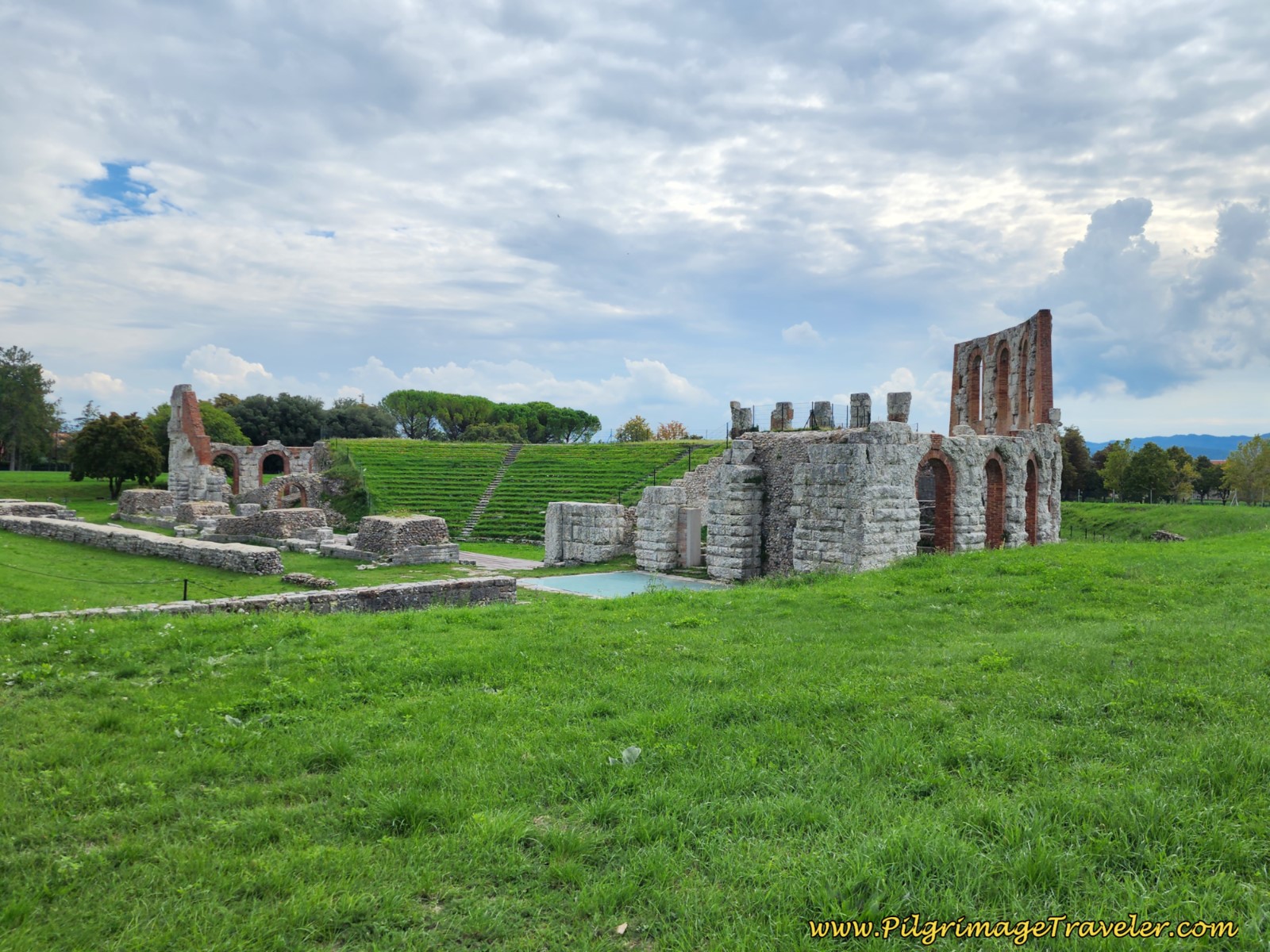 The Back, Seat-Side of the Teatro Romano, Gubbio, Italy
The Back, Seat-Side of the Teatro Romano, Gubbio, ItalyIn addition to lovely sections of remaining medieval walls, there are many gates, or portas, built in the medieval times. Below is the Porta degli Ortacci, one of six surviving gates from the 13th century. You will walk by, if not through this gate on your way into town along the Via di Francesco.
On your way out of Gubbio on day eight, you will walk along the 13th century walls, shown next and another of the six surviving gates, the Porta San Pietro, shown farther below.
The Porta San Pietro is a double gate that you can see, if you look closely at the photo below.
To read more about these gates and walls, click here for a great resource, called the Key to Umbria: Gubbio.
If you chose to walk through the Porta degli Ortacci, the next big attraction is the Chiesa di San Francesco, shown below, St. Francis' namesake church.
When you arrive at the church, don't forget to look to your right for the famous statue of St. Francis and the Wolf of Gubbio that he tamed. If you are unfamiliar with this legend, click here. You will see the portrayal of St. Francis and the wolf everywhere!
Originally Gothic by design, the Church of Saint Francis has undergone many remodels, the latest in the 18th century. It still has retained some important frescoes from the 13th-15th centuries, in addition to the Stories of the Life of the Virgin Mary, in 17 panels by Ottaviano Nelli.
Below left is the high altar and main apse, with a beautiful fresco of Jesus enthroned with St. Peter, St. Paul, St. Francis and St. Anthony, done in the later half of the 13th century.
Below right is a side apse with frescoes of the life of St. Francis, Jesus the Redeemer, and various saints and evangelists.
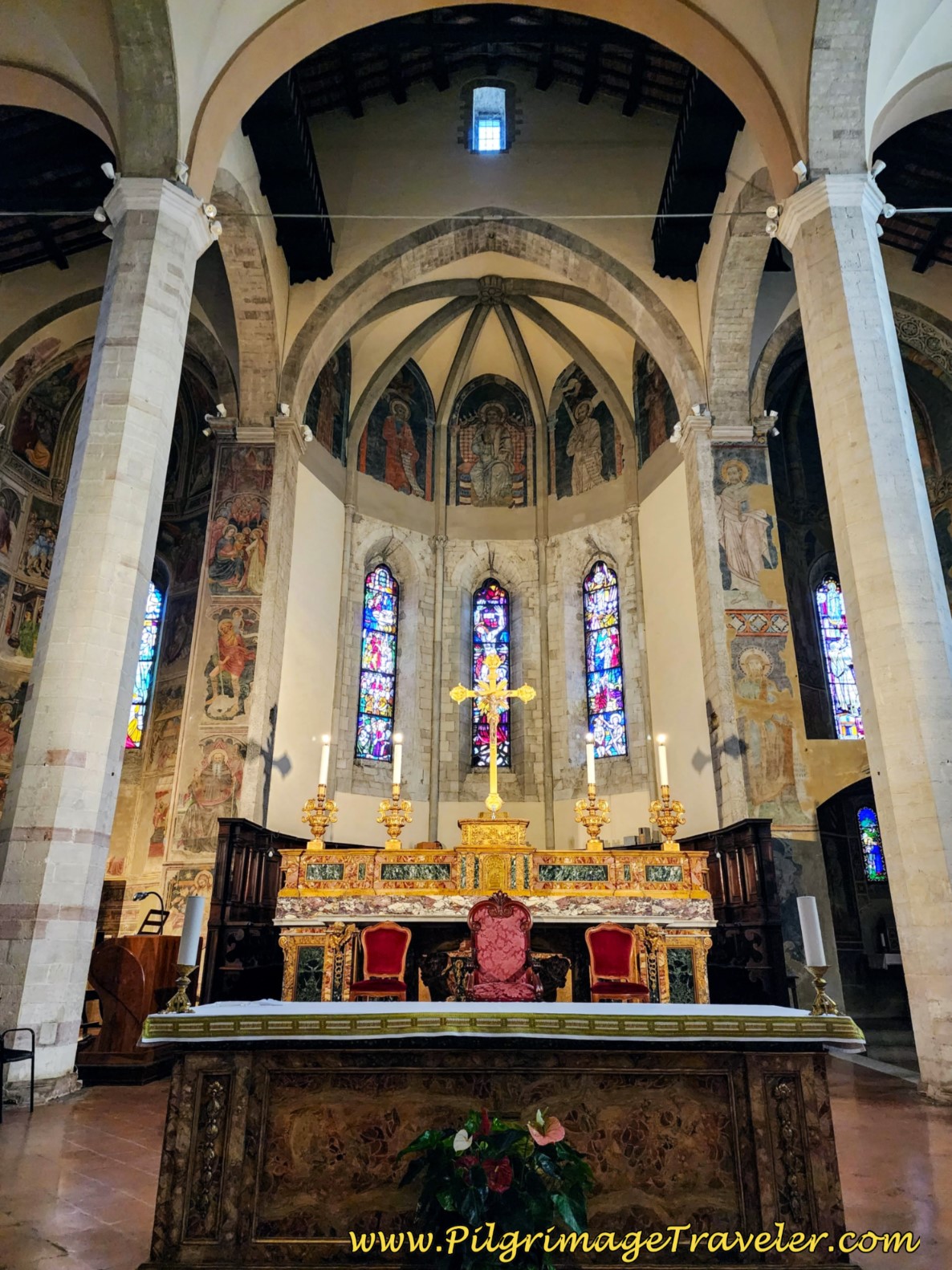 Chiesa di San Francesco, High Altar
Chiesa di San Francesco, High Altar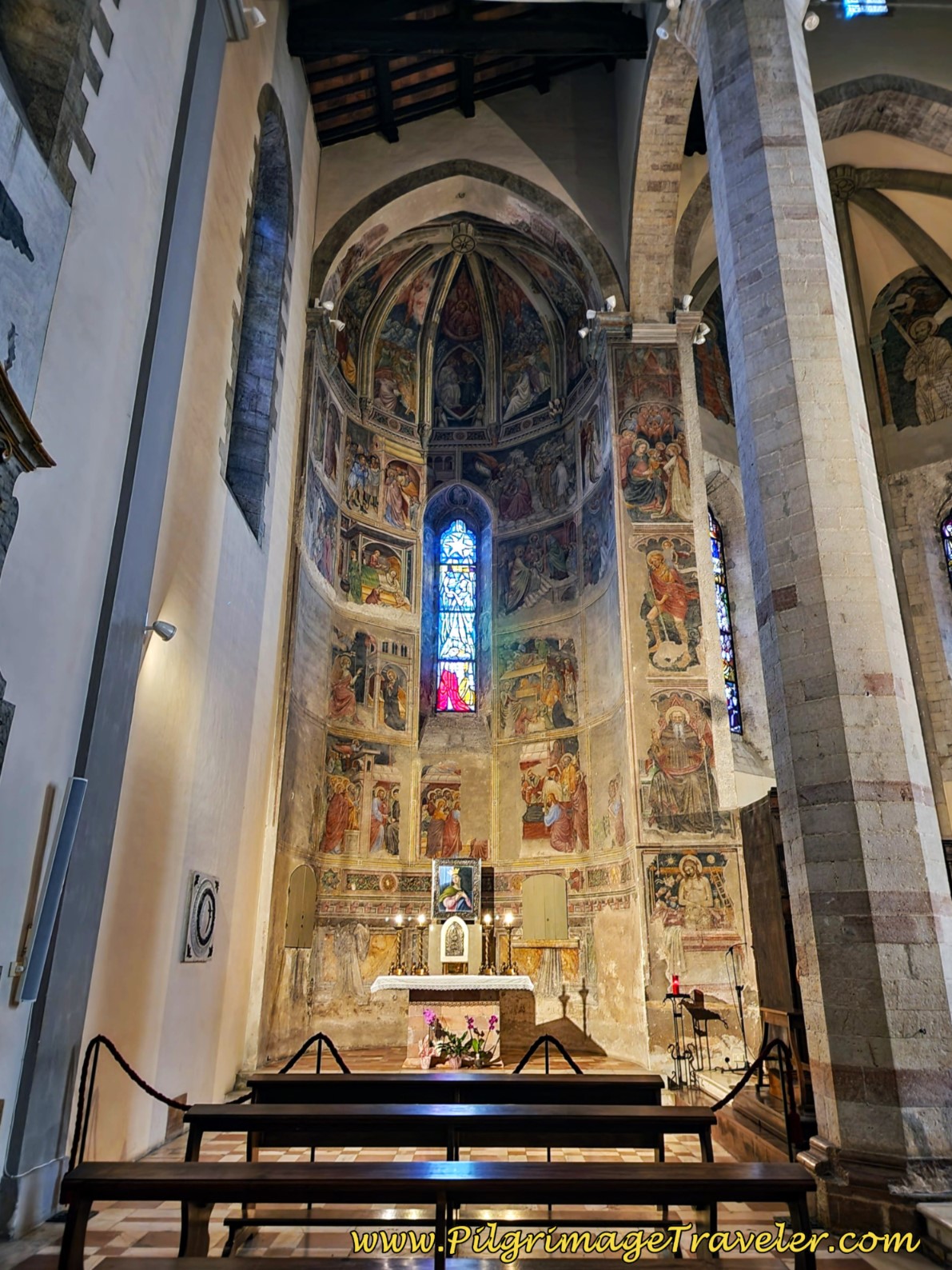 Chiesa di San Francesco, Side Altar
Chiesa di San Francesco, Side AltarThere is a lovely wooden sculpture of St. Francis near the rear of the church that caught my eye. I lit a candle here, for Rich's elderly, ill mother.
Jump to Way of St. Francis Stages
Just across from the Chiesa di San Francesco is the Giardini dei 40 Martiri, Piazza and Garden of the 40 martyrs, honoring the victims killed by the occupying German troops in 1944. It is the biggest park in Gubbio and is the beginning of the historic center. It can get quite crowded here. It was for us in the middle of the afternoon on a weekday.
In this park is also a WWI War Memorial, the Monumento ai Caduti, a modern sculpture seen on the southeastern side. I failed to take a photo of it, but you can see it and learn more by clicking on the link.
From the bench where I sat in the Piazza dei 40 Martiri, the Palazzo dei Consoli rises mightily above the square!
And across from the Piazza is the medieval marketplace, the Loggia dei Tiratori.
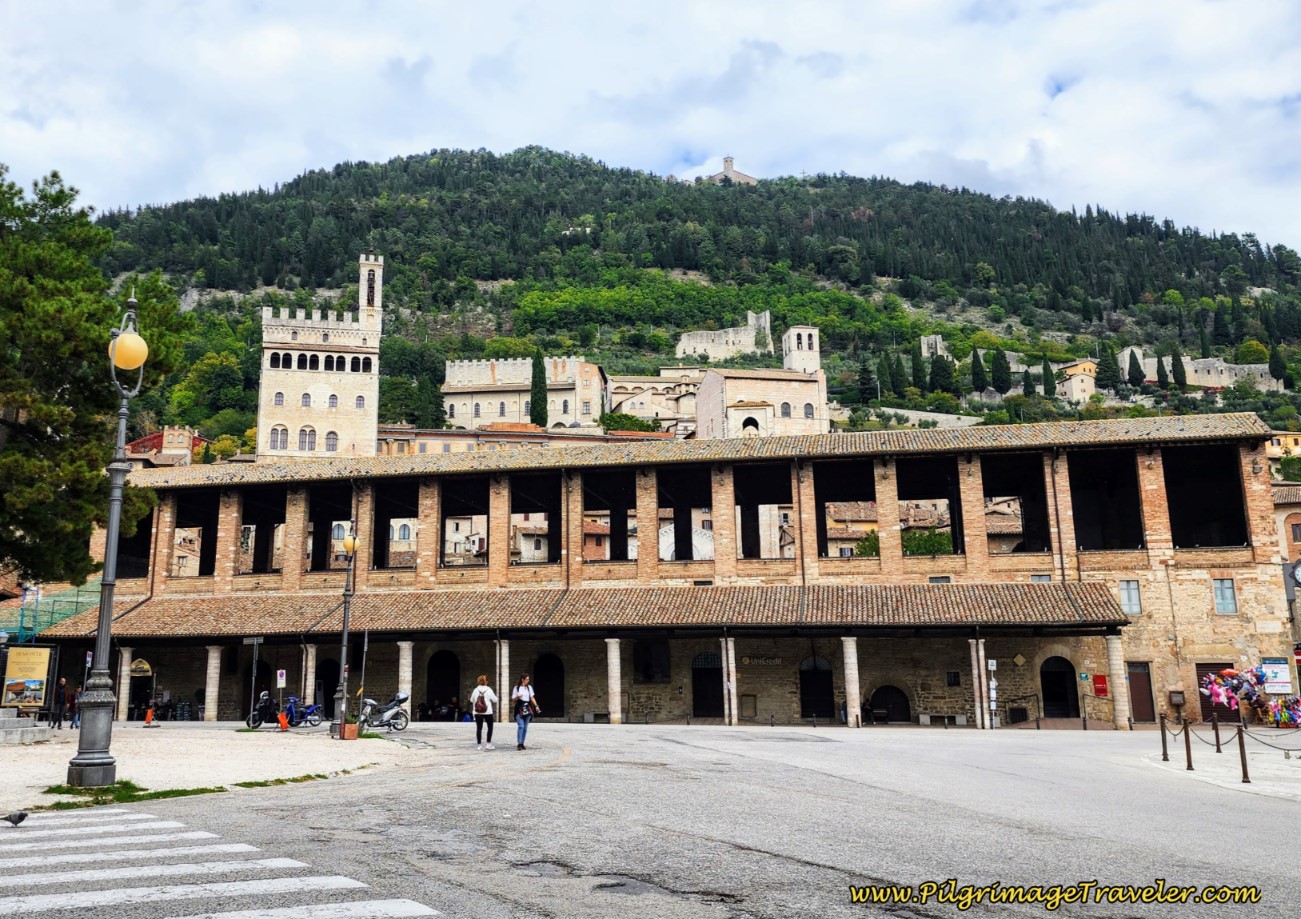 Loggia dei Tiratori
Loggia dei TiratoriThis building was the market square since the middle ages, and was built in 1603, with a Doric style colonnade. Perfectly preserved through time, it bears witness to the guilds that flourished in Gubbio during the Middle Ages. This Loggia was the seat of a traditional activity: wool making. It was here that the yarns were dyed and stretched out to dry.
Even today, while somewhat abandoned, vendors display their wares on the lower level of the Loggia dei Tiratori, in stalls between the colonnades.
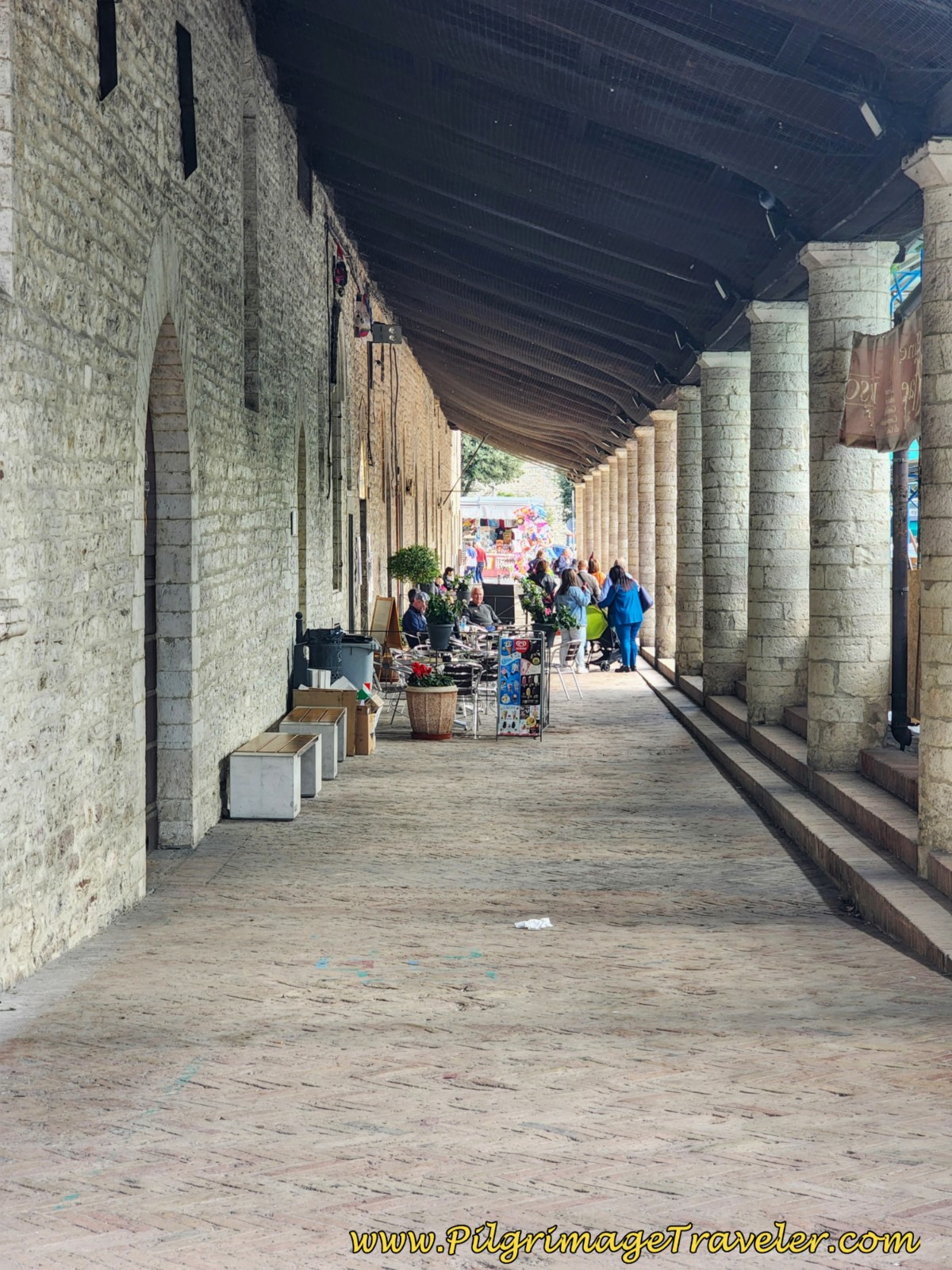 Loggia dei Tirator, First Level Marketplace
Loggia dei Tirator, First Level MarketplaceYou can read more about the history of this "Ospedale" part of a complex called the Spedale Grande of 1505, by clicking on the link I provided.
Just around the corner from the Loggia dei Tirator and part of the complex is the Chiesa di Santa Maria dei Laici, pictured below. This church is now a museum, with an entry fee, and we did not take the time to go in. If you are interested, the entrance is within the colonnade, and the original entrance pictured is now the exit.
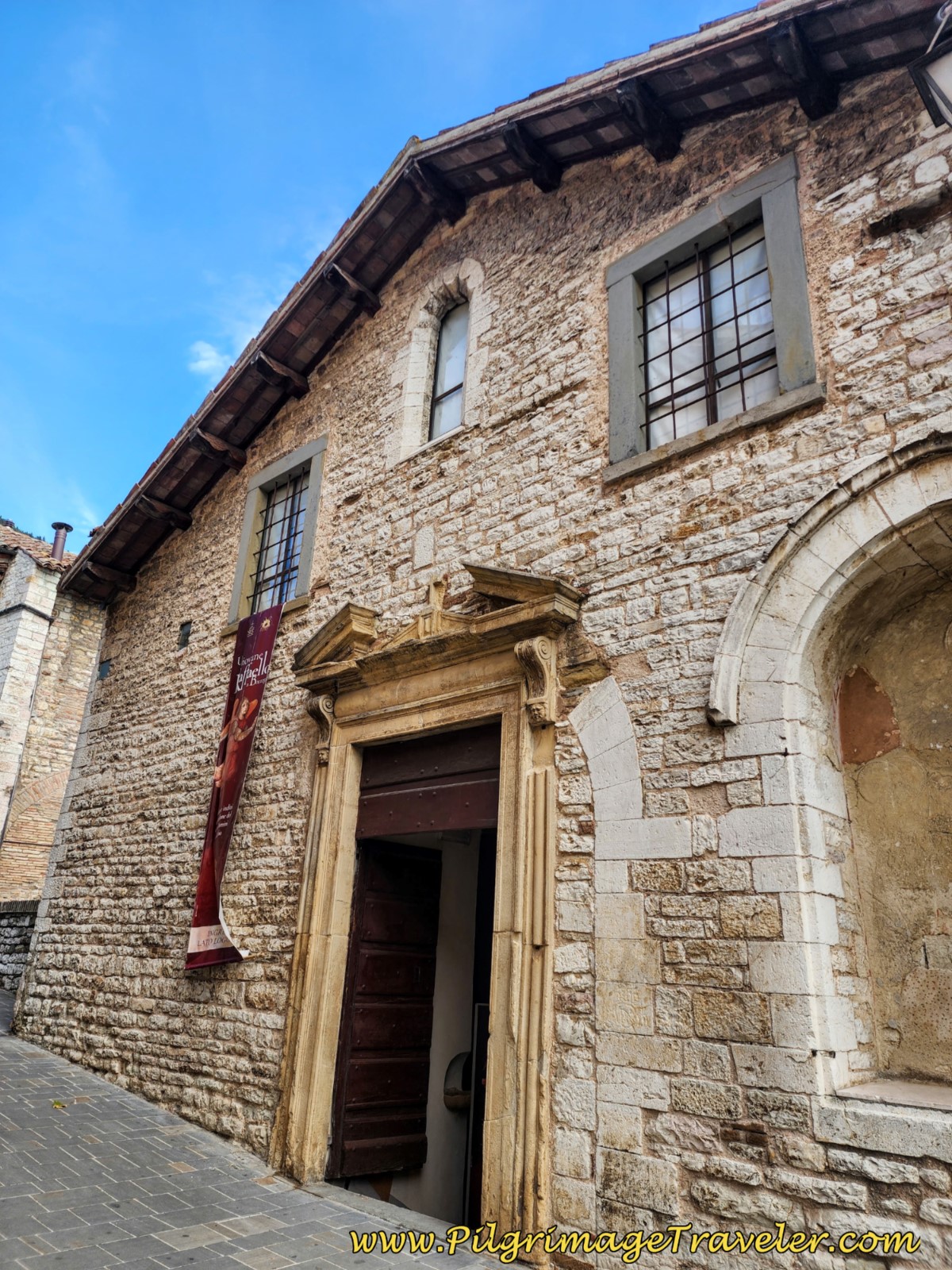 Chiesa di Santa Maria dei Laici
Chiesa di Santa Maria dei LaiciJust to the left side of the church as you face it, is this little stream and a lovely little building built over it! How quaint is this?
We next chose to walk up the Via Repubblica, on the right (south) side of the colonnade, from the park. Everywhere from the park is up, up, up from here!
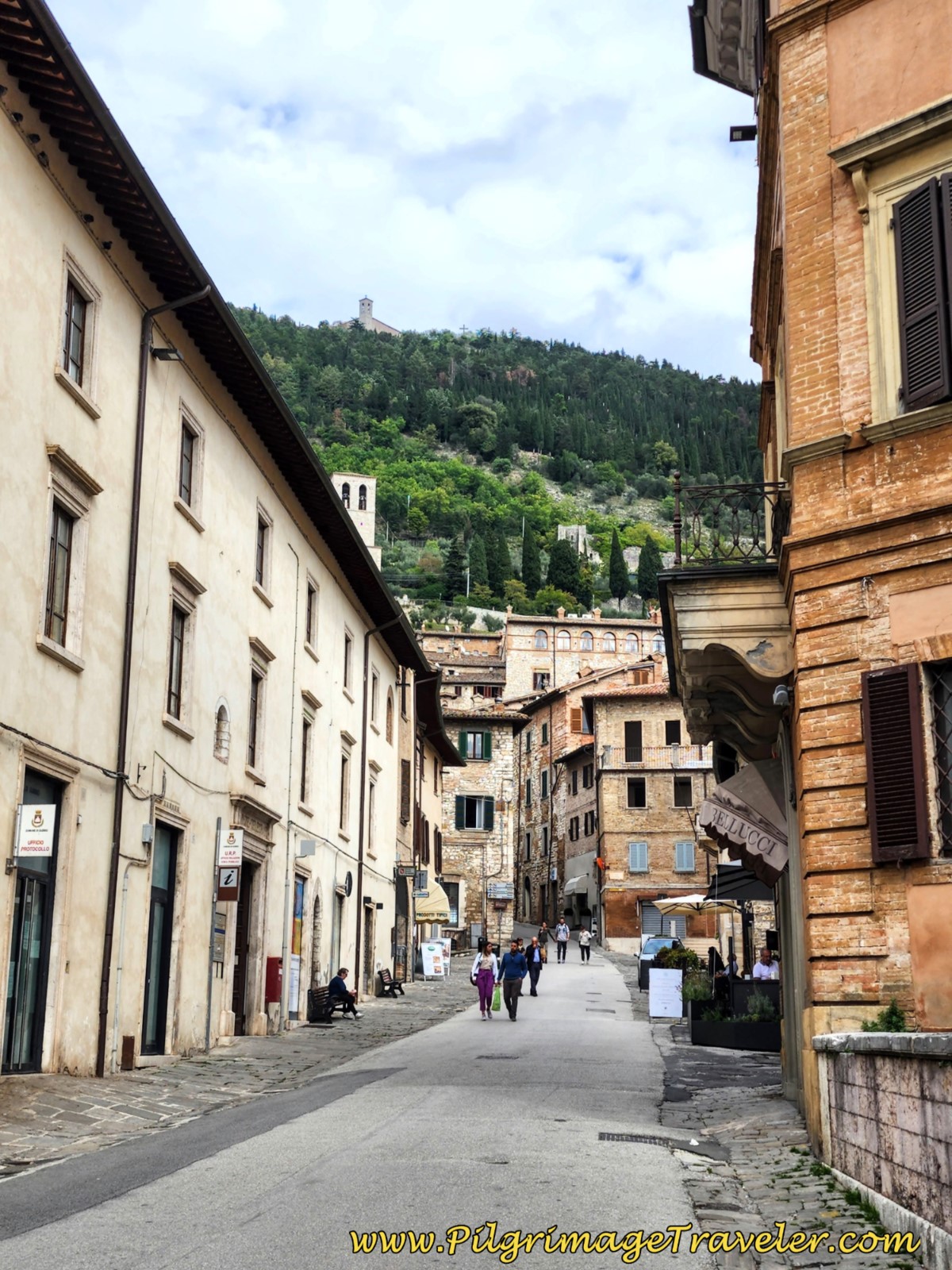 Along the Via Repubblica ~ 1
Along the Via Repubblica ~ 1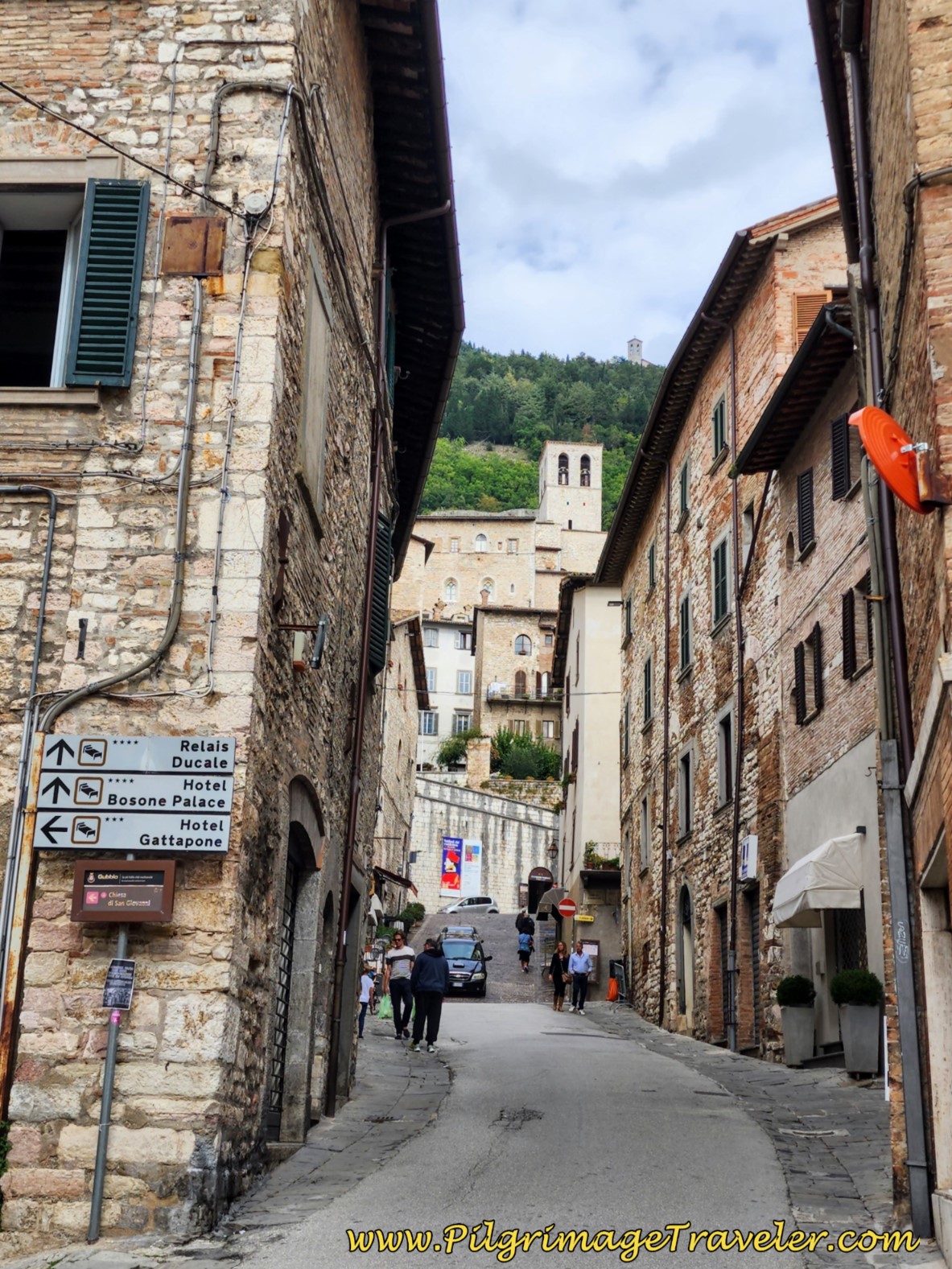 Along the Via Repubblica ~ 2
Along the Via Repubblica ~ 2Our first stop was along the Piazza San Giovanni, to visit the Chiesa di San Giovanni Battista, shown below. It is a simple, 13th century, single-nave Gothic and Romanesque church. In the church's reliquary is a relic of St. John the Baptist, hence the name of the church.
The "floating" cross hung above the altar, was an interesting method of hanging and I would see this technique in more churches in Gubbio.
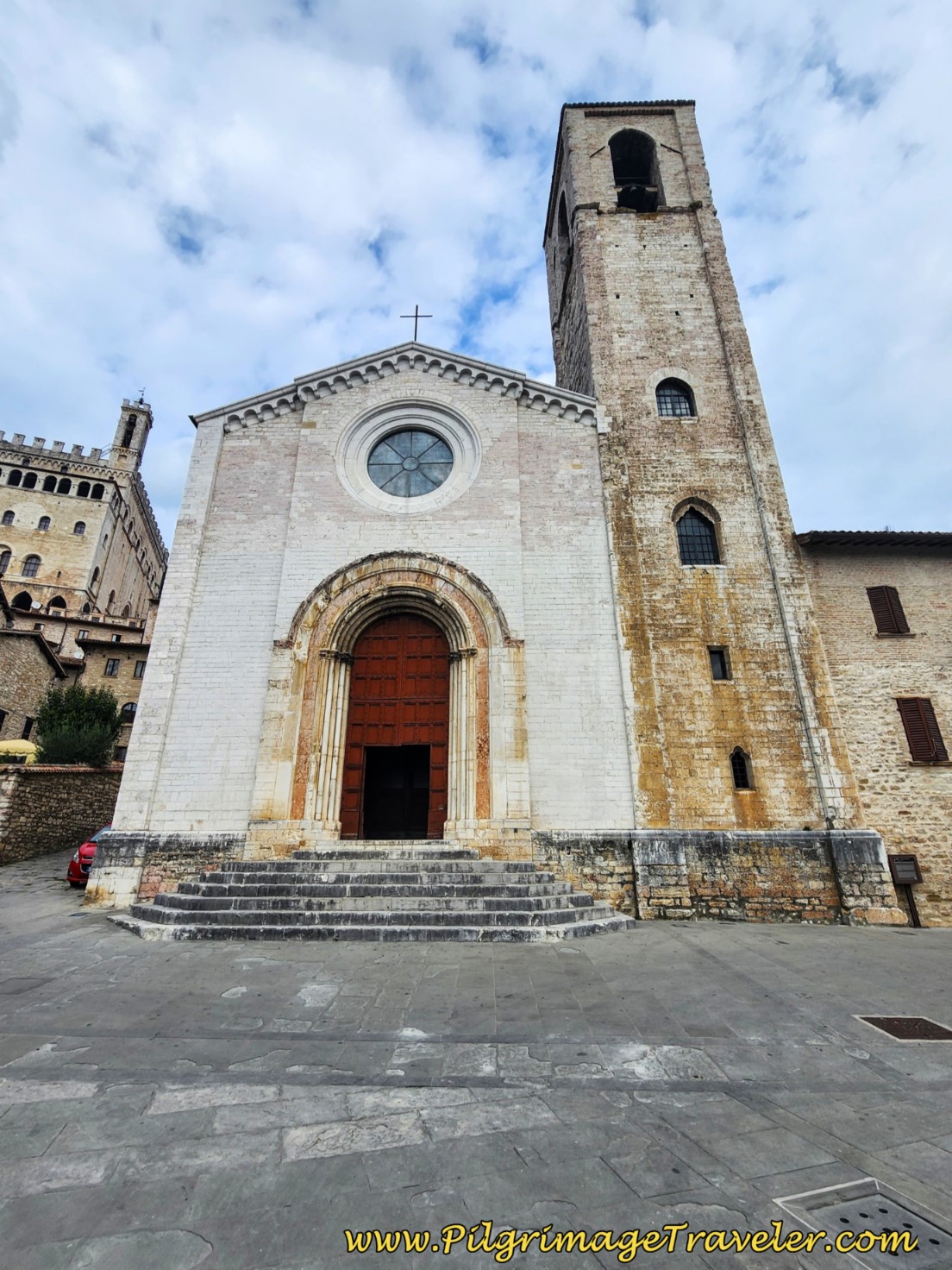 Chiesa di San Giovanni Battista
Chiesa di San Giovanni Battista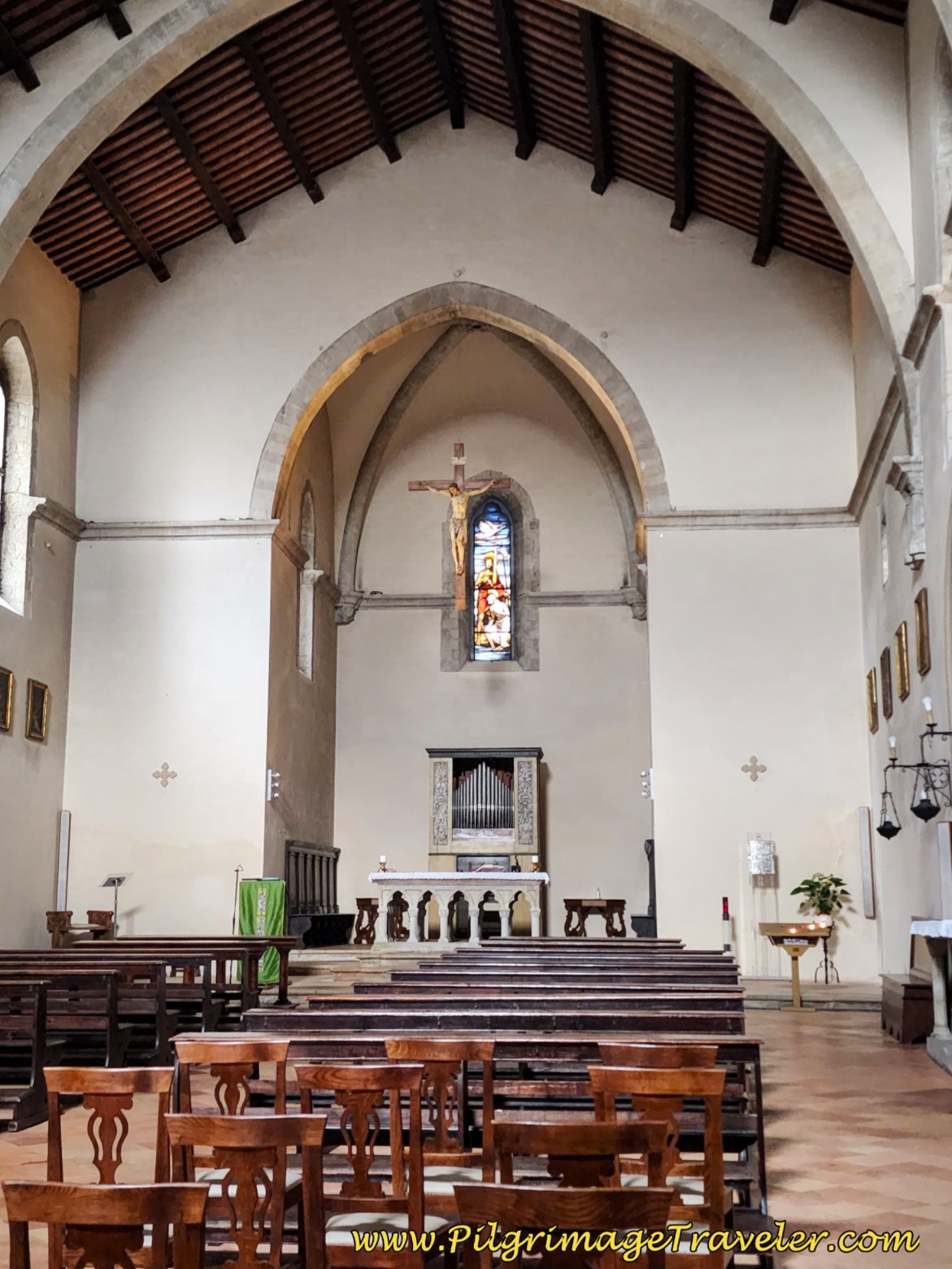 Chiesa di San Giovanni Battista Altar
Chiesa di San Giovanni Battista AltarAs we rounded the corner from St. John the Baptist's church, and headed up the hill, another quaint medieval archway with a home built above it and over the street appeared. This was along the Via Cristini.
We wandered higher up the hill of the historic district of Gubbio, Italy, a medieval marvel, towards the palace that is seen from most streets, the Palazzo dei Consoli. We ascended on the Via Gattapone, shown below, via the backside of the palace.
When you enter the plaza, the Piazza Grande, you can see why the palace was built here, with the sweeping views of the city below it. The palace was built in the 14th century and decreed to be a place for magistrates. To read more of its history click here.
The current building is a museum, and if you wish to learn more about that, click here. Again, we chose to skip the museum and just enjoy the environs of the Piazza Grande.
Jump to Way of St. Francis Stages
And our last stop on the hill, at essentially the top of the historic district, accessed by the narrow and steep street, the Via Ducale, is the Chiesa Cattedrale dei Santi Mariano e Giacomo. This ancient church, according to the reference link provided, has traces from the 10th century! And as usual, there were many rebuilds and remodels over the centuries. The Chiesa Cattedrale is the original duomo of Gubbio!
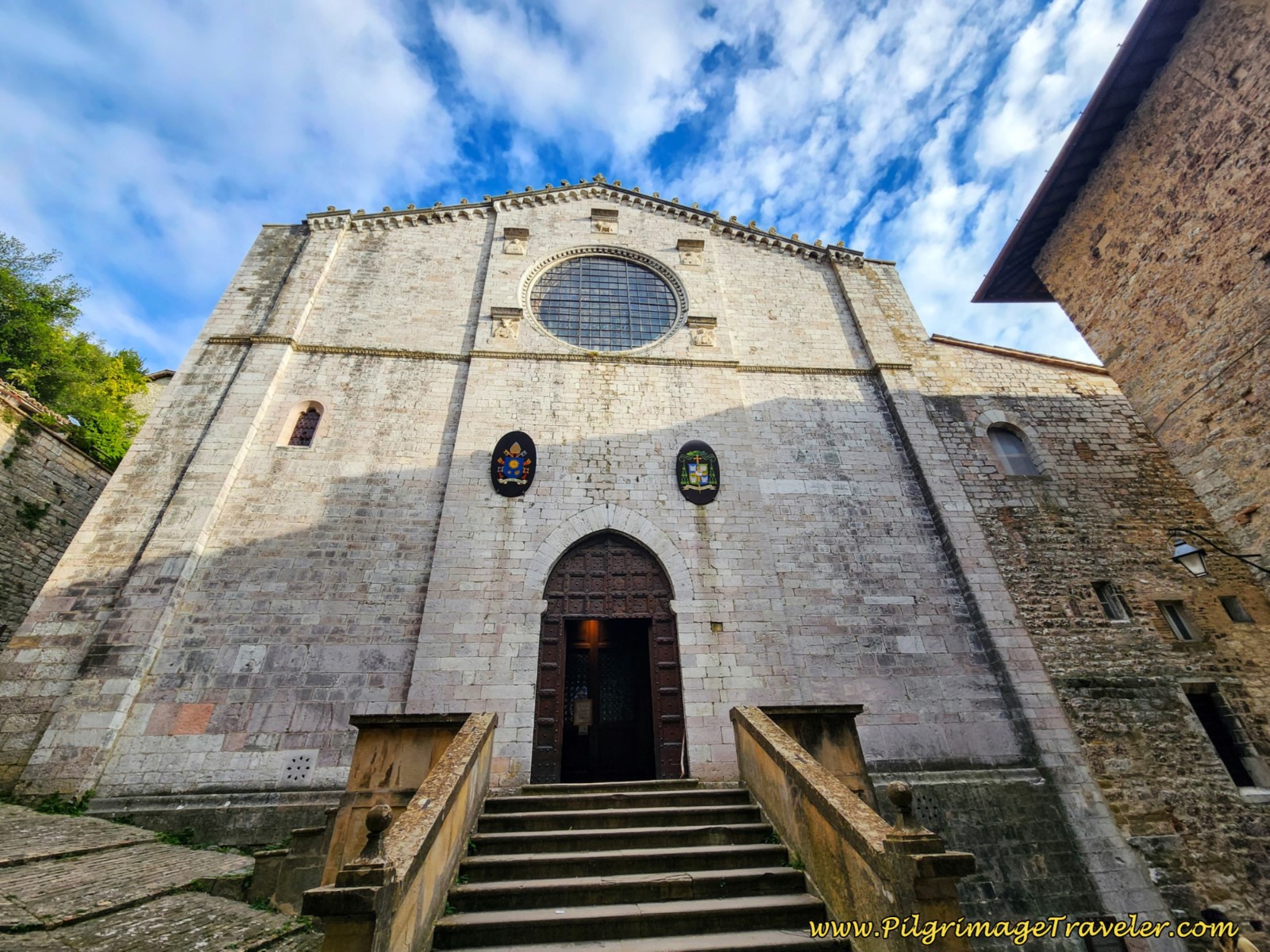 Chiesa Cattedrale dei Santi Mariano e Giacomo, Gubbio Italy, A Medieval Marvel
Chiesa Cattedrale dei Santi Mariano e Giacomo, Gubbio Italy, A Medieval MarvelIn the interior of the church you can see the typical 10 arches found in Gubbio churches. And over the altar, a very lit up, floating Jesus.
And more eerily, perhaps are the relics of the Saints Mariano and Giacamo, preserved in a late Roman sarcophagus, behind the altar, shown below.
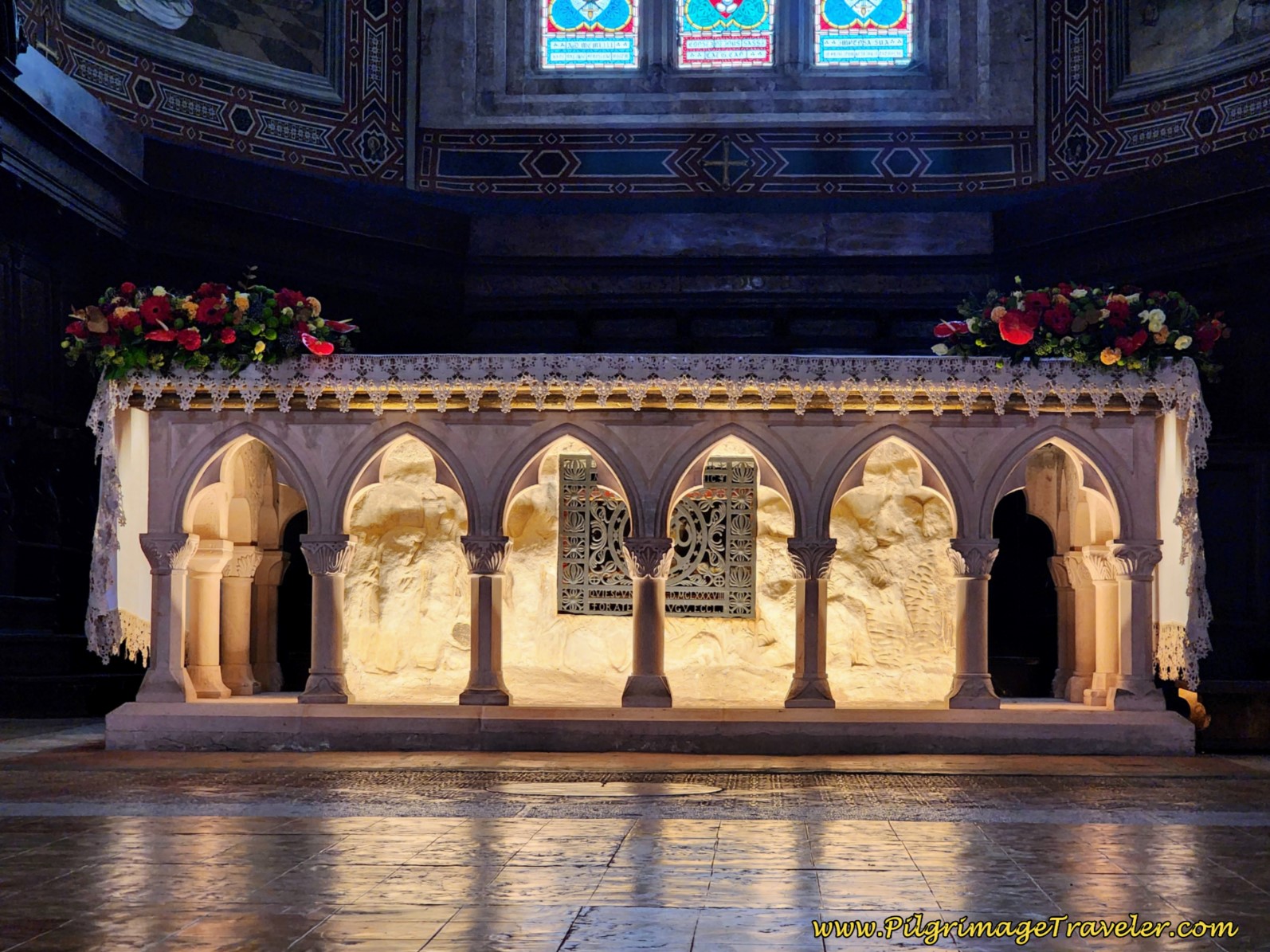 Chiesa Cattedrale, Crypt of Saints Mariano and Giacomo
Chiesa Cattedrale, Crypt of Saints Mariano and GiacomoWe returned down the hill, noticing the many stairways and passageways between buildings. One such stairway led down from the Piazza Grande and the Via XX Settembre, to the Largo Piero Luigi Menichetti, shown below and another led to the Chiesa di San Francesco della Pace, shown next.
This little church was not open on our tour day. According to the Key to Umbria website reference link above, this church was built over a grotto where the Wolf of Gubbio lived, after he had been tamed by St. Francis.
If you are lucky enough to see inside the church, look for the painting behind the altar, depicting the Madonna with St Thomas, and with St. Francis and the wolf on the lower right. Also look for the flat stone on the top of the altarpiece. This stone is supposedly from the very altar where St. Francis preached the sermon where he announced his peace pact with the wolf. It was in 1684 when the church was dedicated to this event, to St. Francis, the Peacemaker.
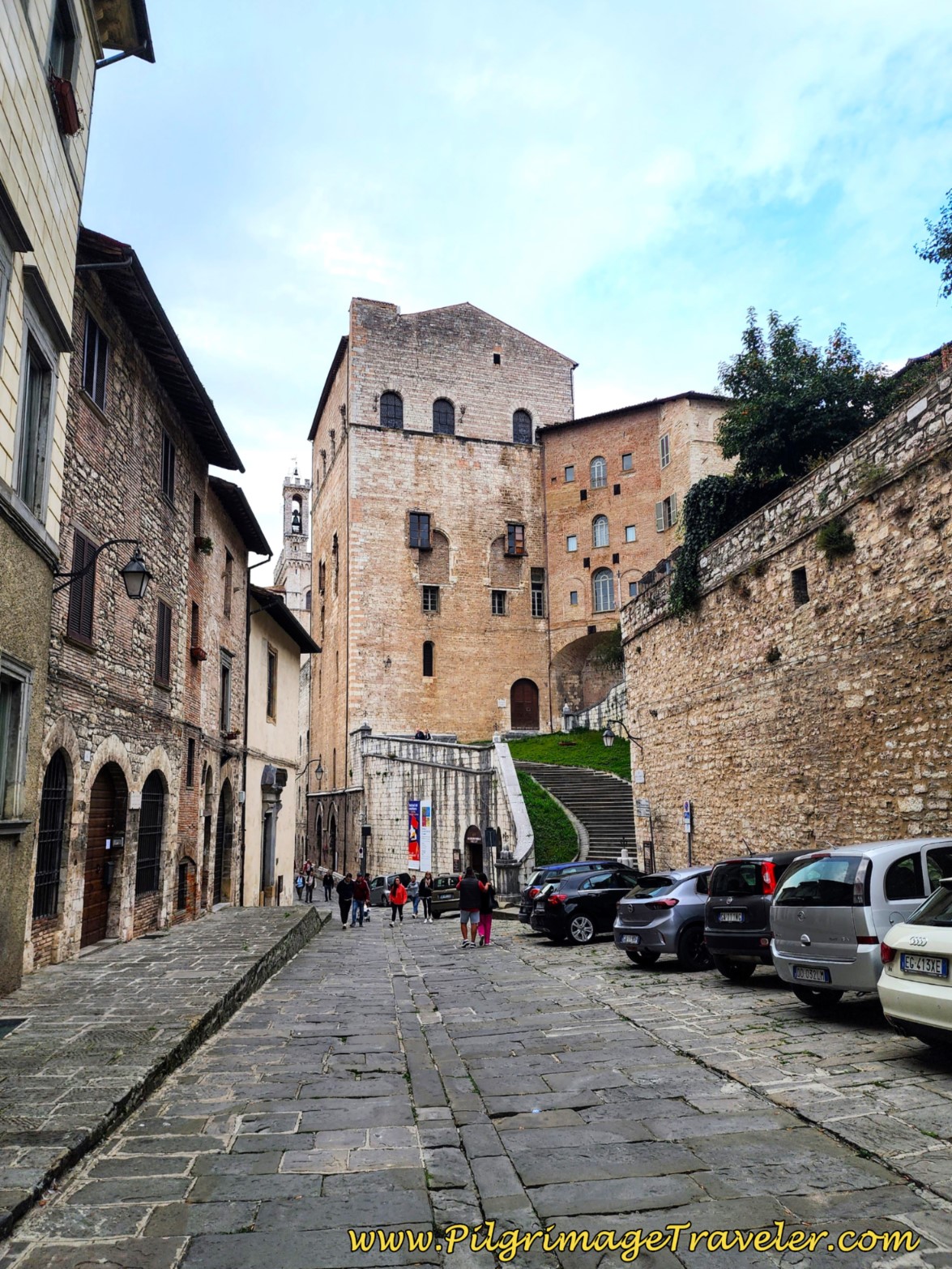 From Largo Piero Luigi Menichetti Stairway to Via XX Settembre
From Largo Piero Luigi Menichetti Stairway to Via XX Settembre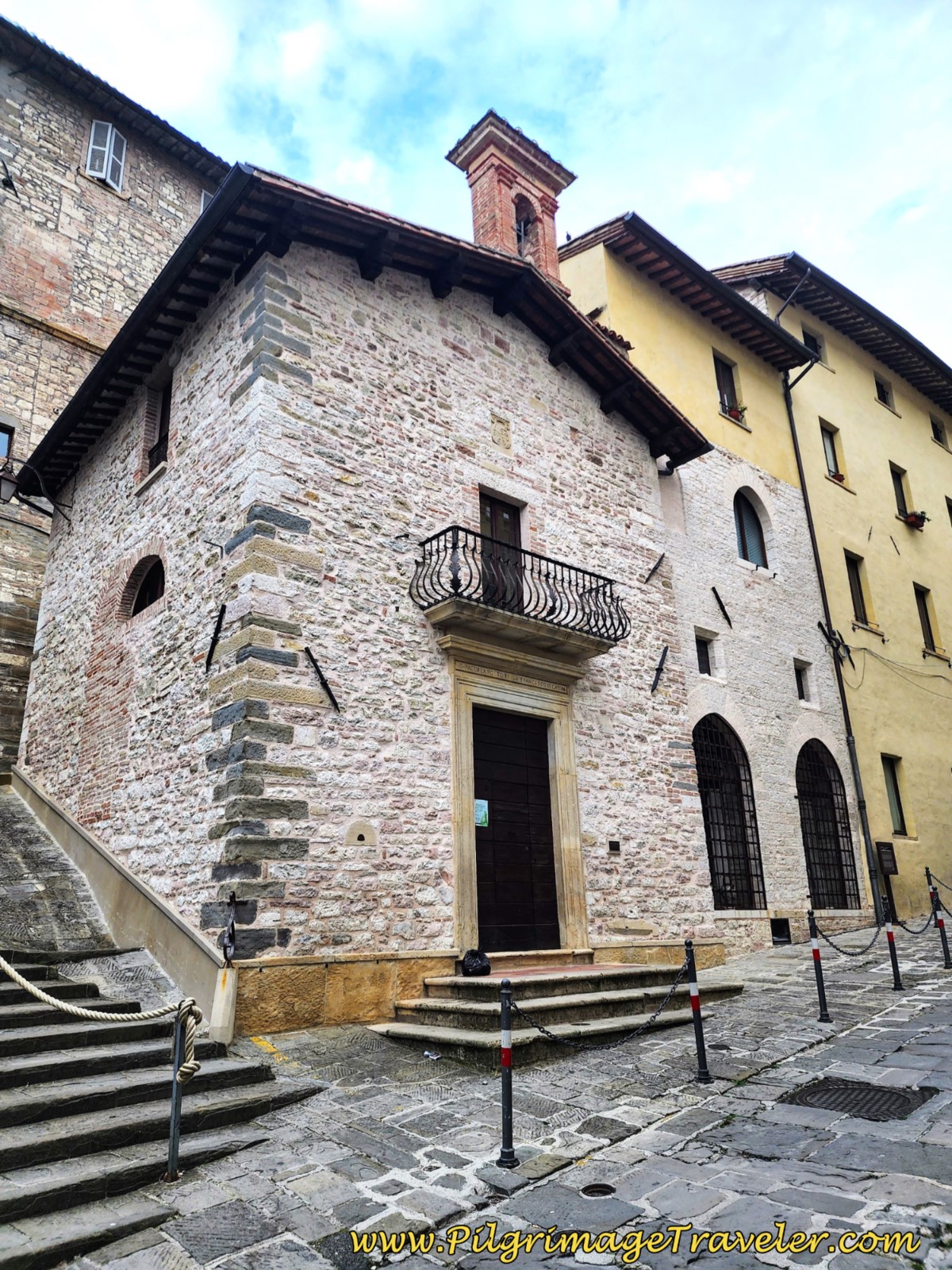 Chiesa di San Francesco della Pace
Chiesa di San Francesco della PaceThe afternoon of our visit to Gubbio was drawing to a close, so we had one more site we really wanted to see before the cable car to it was closed, the Basilica di Sant'Ubaldo, on the top of the mountain. The last car went up the mountain at 5:30 p.m. As we hurried to find the funicular entrance, I snapped yet another lovely photo of a medieval street and archway.
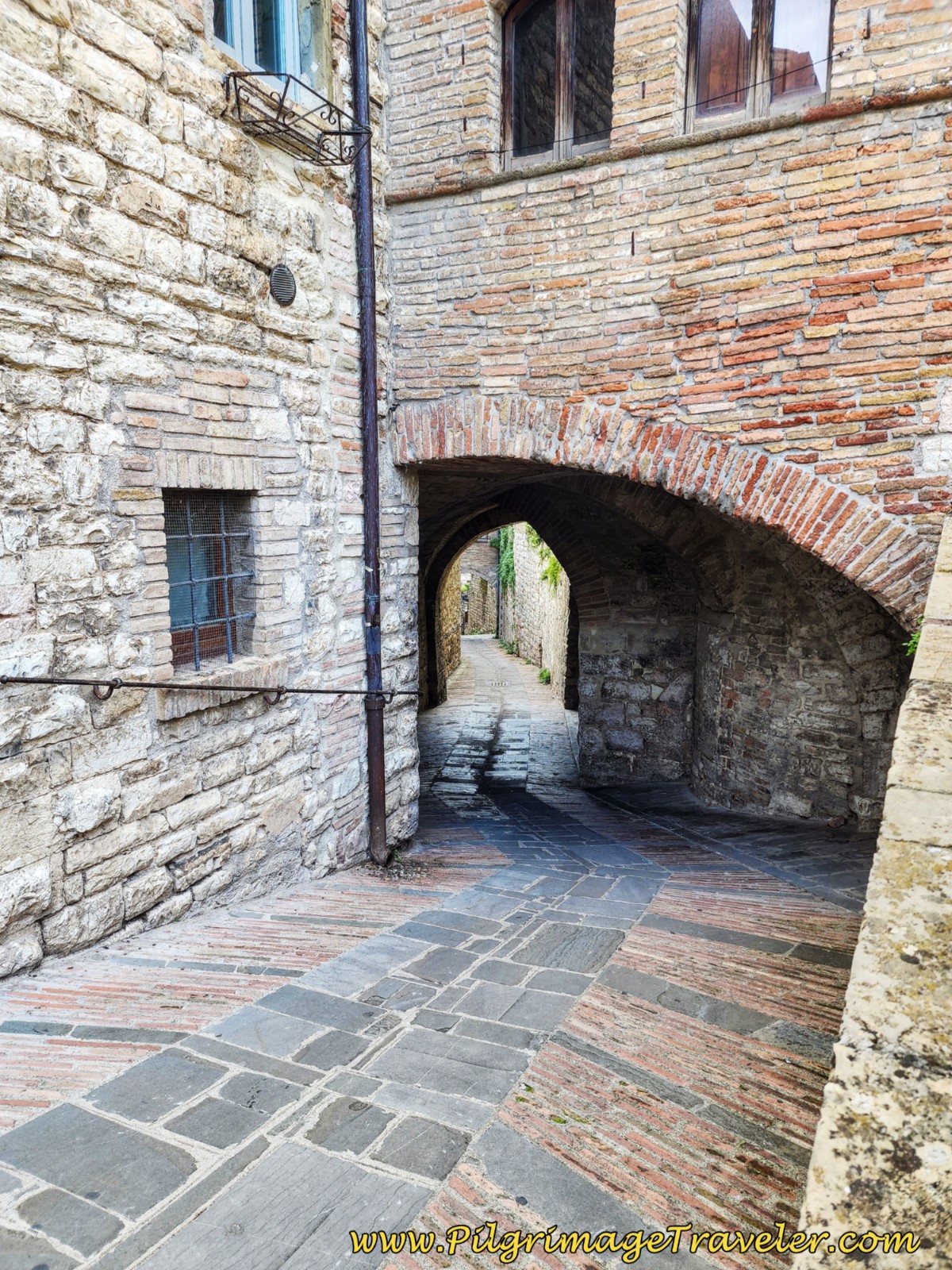 Medieval Street with Archway
Medieval Street with ArchwayThe "Funivia Colle Eletto" the cable car in Italian, is on the other end of the historic district, essentially a straight shot on the Via XX Settembre, to the base of the mountain.
It was not expensive to ride. I can't recall the amount, but it is worth every penny. Alternatively, you could walk the path up the mountain, 300 vertical meters over 2-2.5 kilometers!
Next is a view at the top of the funivia. Each person riding it has to stand on a red dot, several feet apart, as the attendant guides you when to jump into the cage when it reaches you.
A cable "car" is a misnomer. It is more of a bird cage, bucket-type of thing. The cage doesn't stop or even slow down to enter it, you literally have to run and jump into it, one person after the other.
It gave me a bit of a start as I jumped on first, not expecting the bucket to swing so much, and Rich jumped in behind me. You can click on the link in the paragraph above to see more photos of this in operation.
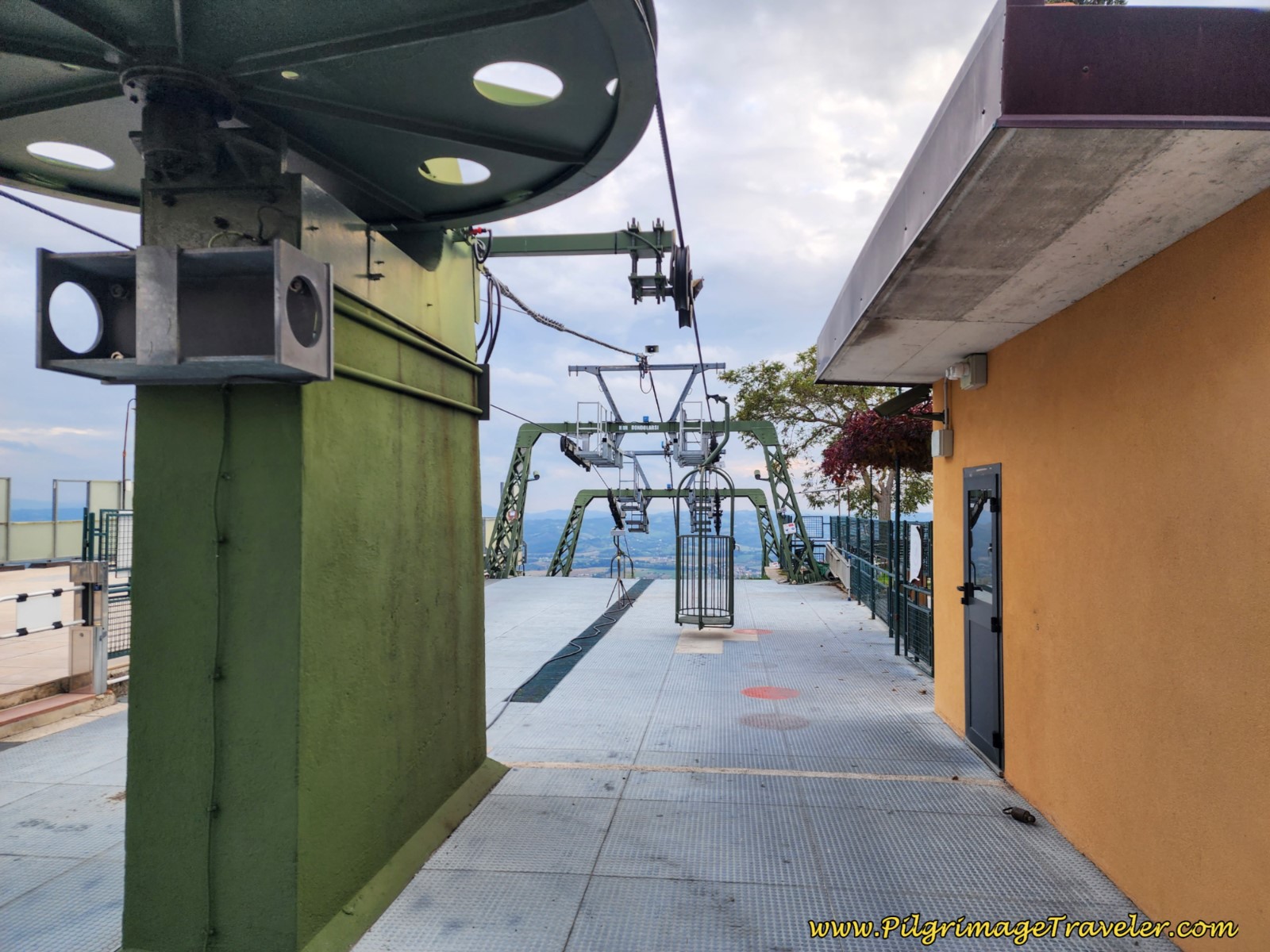 Funicular Bird Cage Up to Monte Ingino
Funicular Bird Cage Up to Monte InginoBecause the bird cage is open, I couldn't look down, to the side or behind me, or I would feel dizzy. I had to look straight ahead, but once I got used to it, I was even steady enough to snap the aerial photos. And was it ever worth it once my adrenaline settled down!
Jump to Way of St. Francis Stages
I took this close-up of the San Marziale convent, below, one of the highly recommended donativos where pilgrims can stay in Gubbio, Italy. It looks fantastic from above. I wished we had chosen it when I saw it.
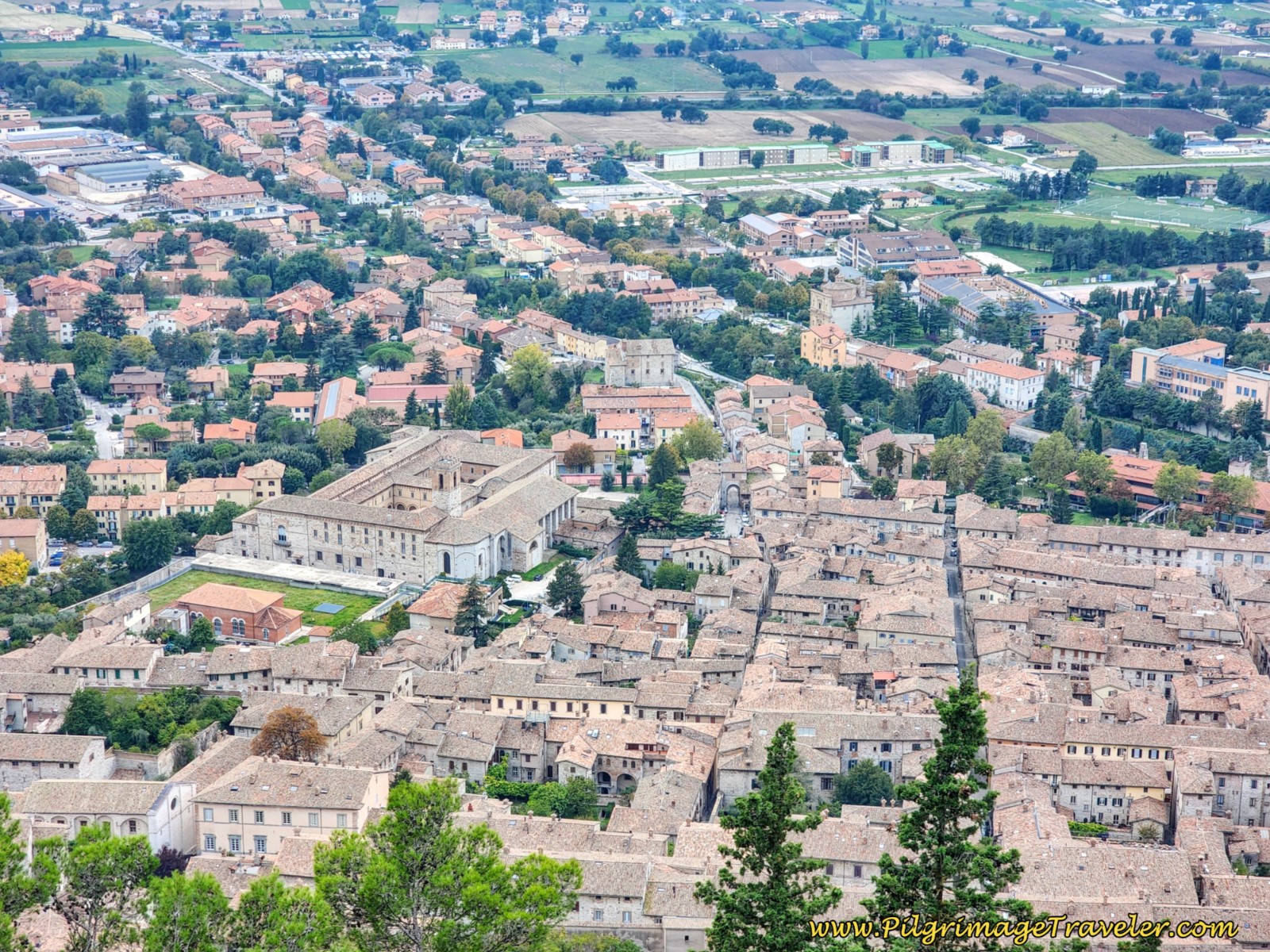 Convento di San Marziale, Gubbio, Italy a Medieval Marvel
Convento di San Marziale, Gubbio, Italy a Medieval MarvelOnce the funicular reaches the top of Monte Ingino, there is a snack shop and a path leading through the basilica gardens to the Basilica di Sant'Ubaldo.
You arrive at a set of stairs that leads up and into the cloister, shown in the next two photos.
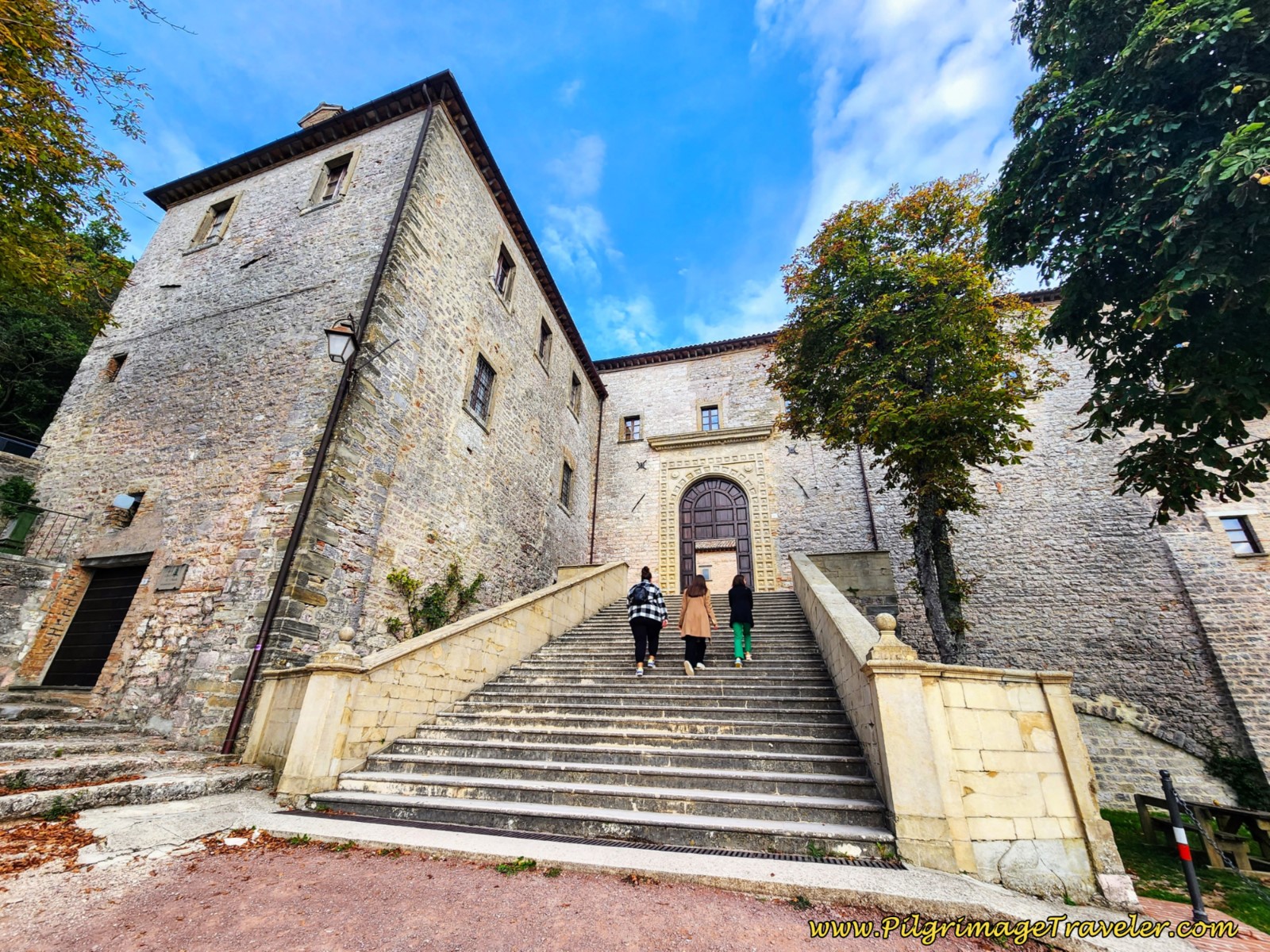 Basilica di Sant'Ubaldo
Basilica di Sant'Ubaldo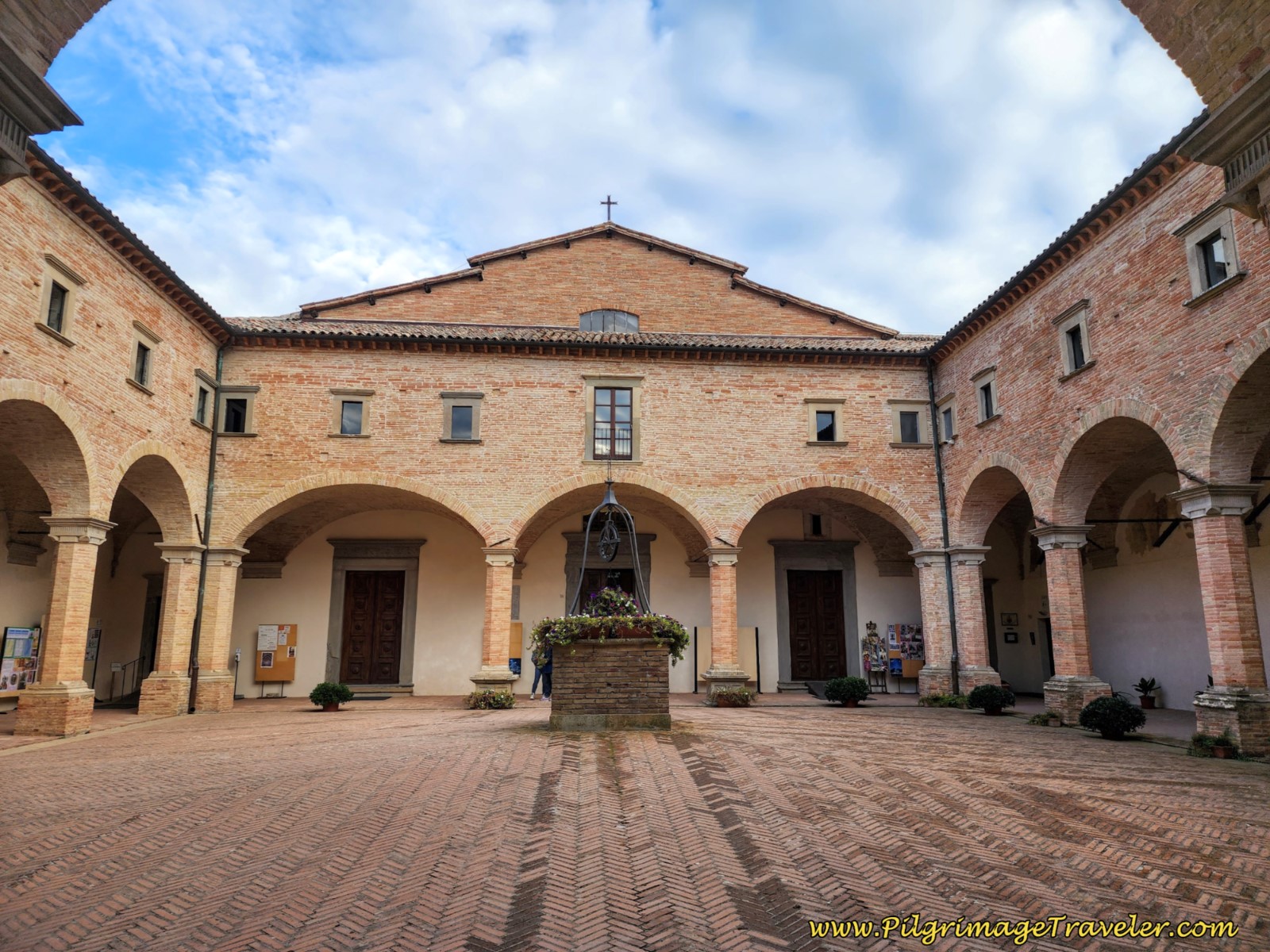 Basilica di Sant'Ubaldo, Cloister
Basilica di Sant'Ubaldo, CloisterThe basilica is a product of remodeling and reconstruction of many centuries, from the original in the 16th century. It was built to honor the 12th century patron saint of Gubbio, Saint Ubaldo.
Today the reliquary with the mortal remains of the Saint is centrally located in an elevated position in a glass case, above a marble sarcophagus, just behind the main altar, shown in the lower left photo. I didn't get a close-up of the "body" as mass was in progress. You can click here for a close-up. I felt it was rather macabre.
And the photo to the right depicts the side altar with the organ.
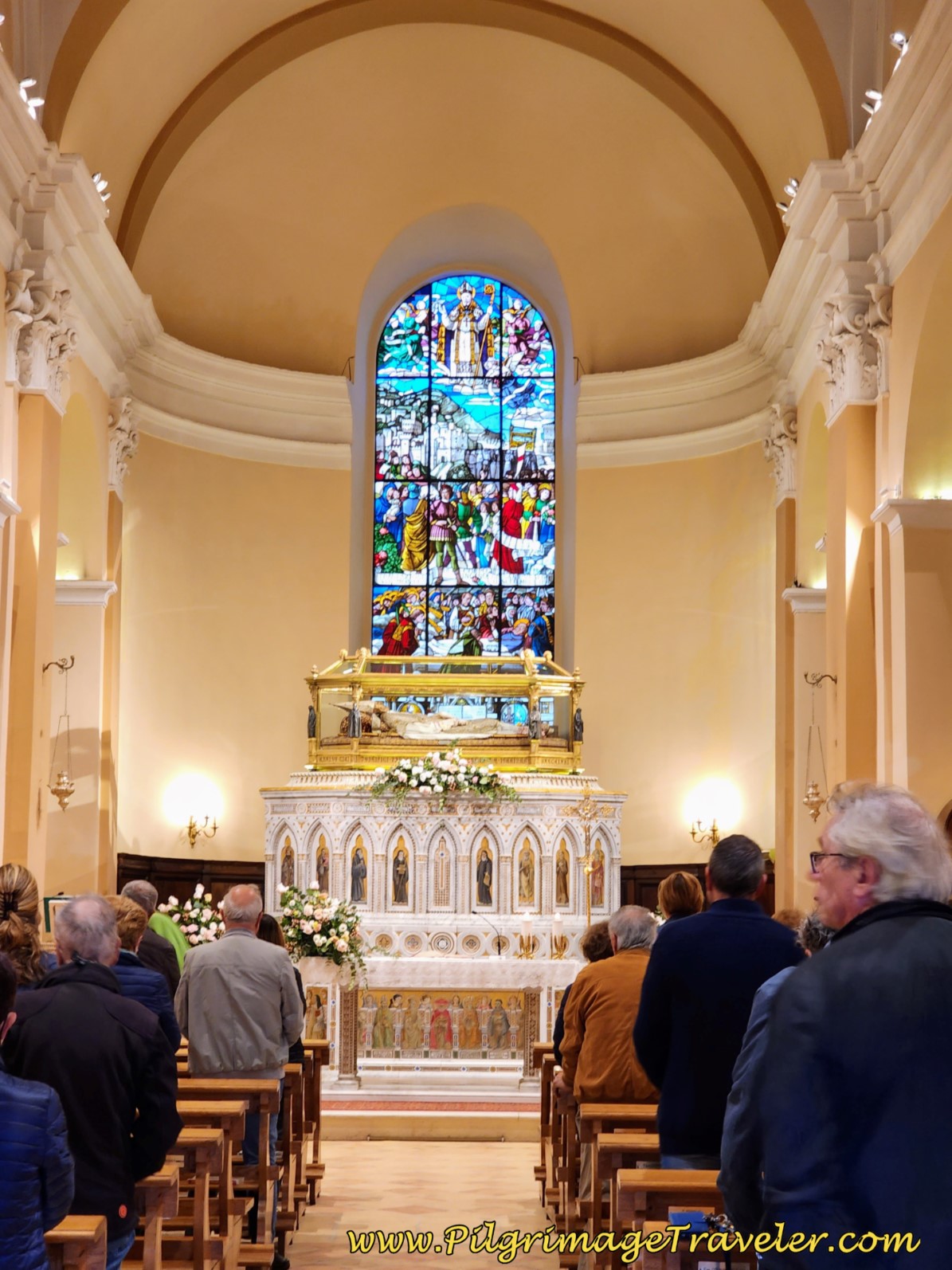 Basilica di Sant'Ubaldo, High Altar
Basilica di Sant'Ubaldo, High Altar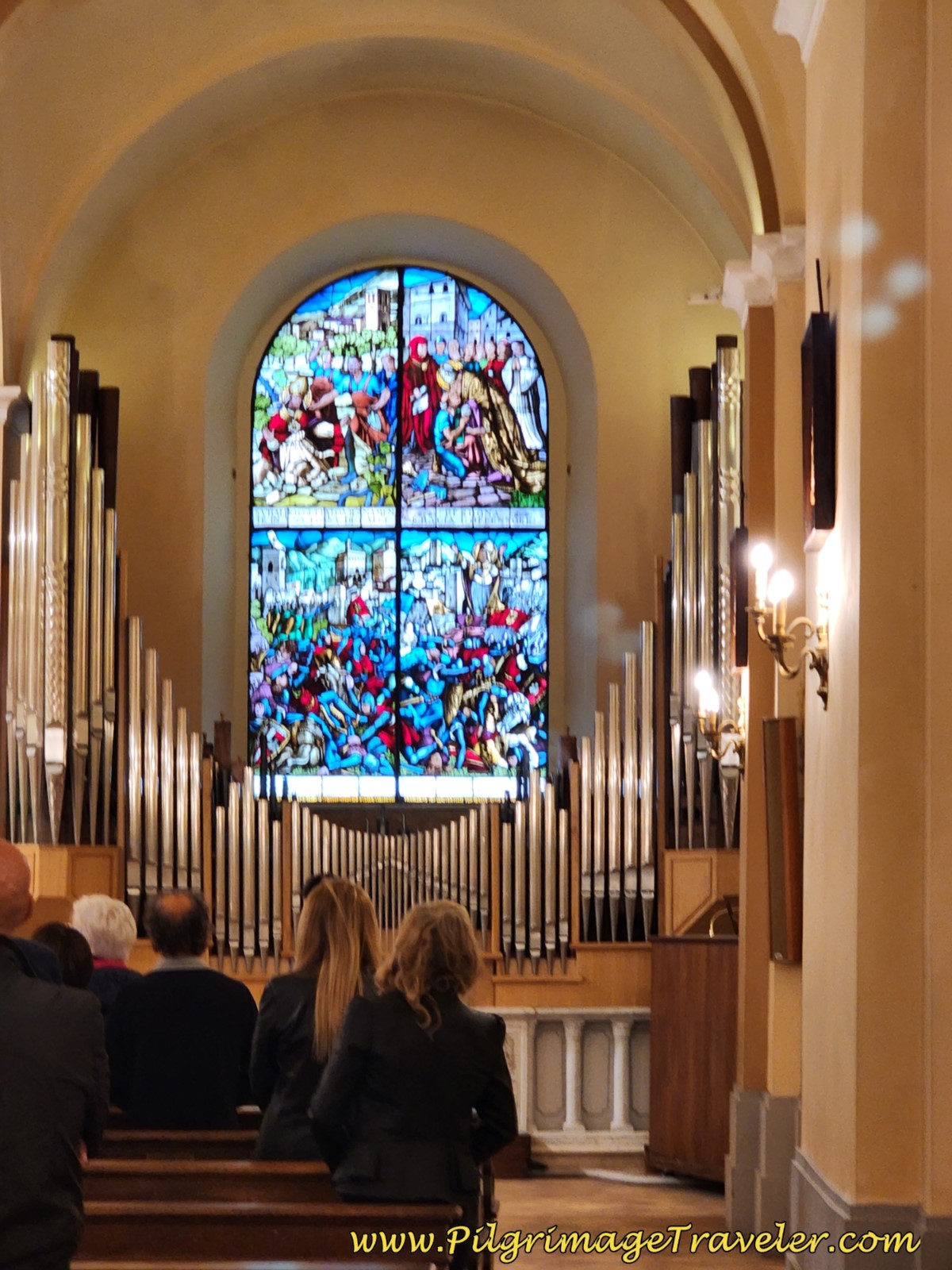 Basilica di Sant'Ubaldo, Side Altar
Basilica di Sant'Ubaldo, Side AltarTo end our tour of Monte Ingino, we stopped at the Bar La Cia. They have a lovely view of the city below. Expect steep prices to go along with the marvelous view.
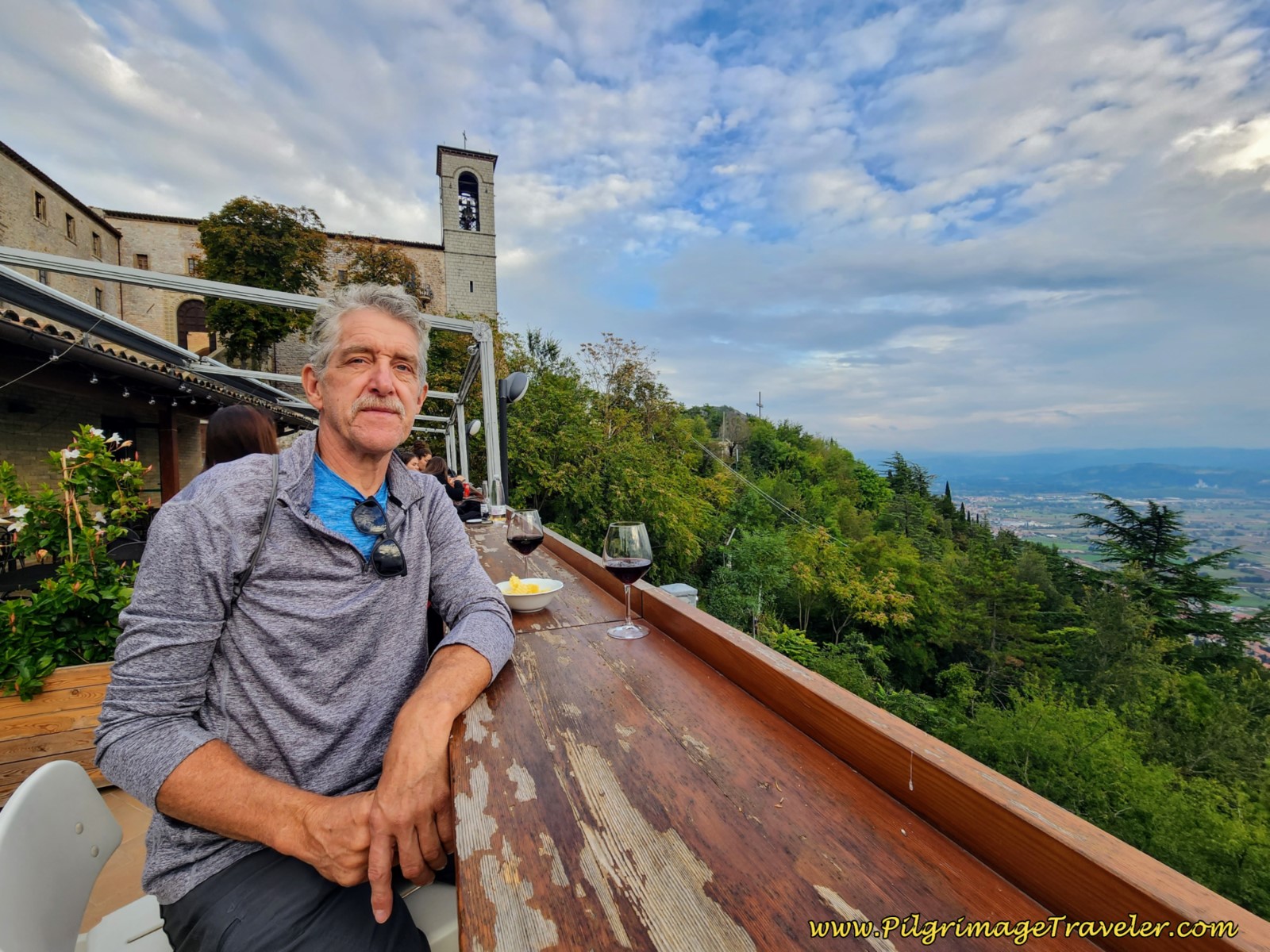 Taking in the Views at the Bar La Cia
Taking in the Views at the Bar La CiaWe took the bird cage back down the mountain. We could have stayed for sunset and walked the 2.5 kilometers back down the mountain, but we were already exhausted. We ensured that the funivia was still open and secured our ride back down to end our whirlwind tour.
Salutation
May your own day(s) in Gubbio, Italy, a medieval marvel be filled with savoring the architecture that touches your soul!
Way of St. Francis Stages
More Stages to Rome, Coming Soon!
Please Consider Showing Your Support
Many readers contact me, Elle, to thank me for all the time and care that I have spent creating this informative website. If you have been truly blessed by my efforts, have not purchased an eBook, yet wish to contribute, I am exeedingly grateful. Thank you!
Search This Website:
🙋♀️ Why Trust Us at the Pilgrimage Traveler?

We’re not a travel agency ~ we’re fellow pilgrims! (See About Us)
We've trekked Pilgrimage Routes Across Europe since 2014!
💬 We’ve:
- Gotten lost so you don’t have to. 😉
- Followed waymarks in the glowing sunlight, the pouring rain and by moonlight. ☀️🌧️🌙
- Slept in albergues, hostels & casa rurals. Ate and drank in cafés along the way. 🛌 😴
- Created comprehensive and downloadable GPS maps and eBook Guides, full of must-have information based on real pilgrimage travels. 🧭 🗺️
- Shared our complete journeys, step by step to help YOU plan your ultimate pilgrimage and walk with your own Heart and Soul. 💙✨
Every detail is from our own experiences. Just fellow pilgrims sharing the Way. We have added a touch of spirituality, heartfelt insights and practical guidance from the road ~ offering a genuine connection to the spirit of pilgrimage. Tap into the wisdom of seasoned pilgrims!
Ultreia and Safe Pilgrimage Travels, Caminante! 💫 💚 🤍
Follow Me on Pinterest:
Find the Pilgrimage Traveler on Facebook:
Like / Share this page on Facebook:
***All Banners, Amazon, Roamless and Booking.com links on this website are affiliate links. As an Amazon associate and a Booking.com associate, the Pilgrimage Traveler website will earn from qualifying purchases when you click on these links, at no cost to you. We sincerely thank you as this is a pilgrim-supported website***
PS: Our eBook Guide books are of our own creation and we appreciate your purchase of those too!!
Shroud Yourself in Mystery, along the Via de Francesco!
Walk in the Footsteps of St. Francis, and Connect Deeply with the Saint and to Nature in the Marvelous Italian Countryside!
Need suggestions on what to pack for your next pilgrimage? Click Here or on the photo below!
Find the Best Hotel Deals Using This Tool!
Carbon Trekking Poles ~ My Favorites!
Carbon fiber construction (not aluminum) in a trekking pole makes them ultra lightweight. We like the Z-Pole style from Black Diamond so we can hide our poles in our pack from potential thieves before getting to our albergue! There are many to choose from! (See more of our gear recommendations! )
Gregory BackPack ~ My Favorite Brand
Do not forget your quick-dry microfiber towel!
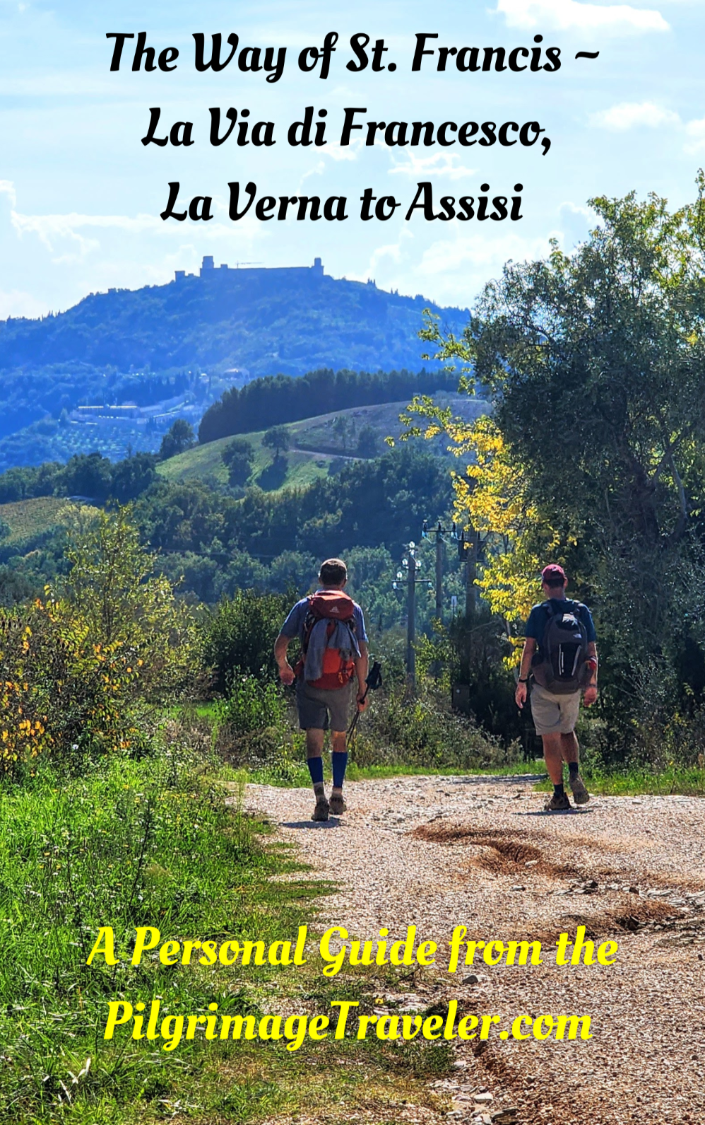
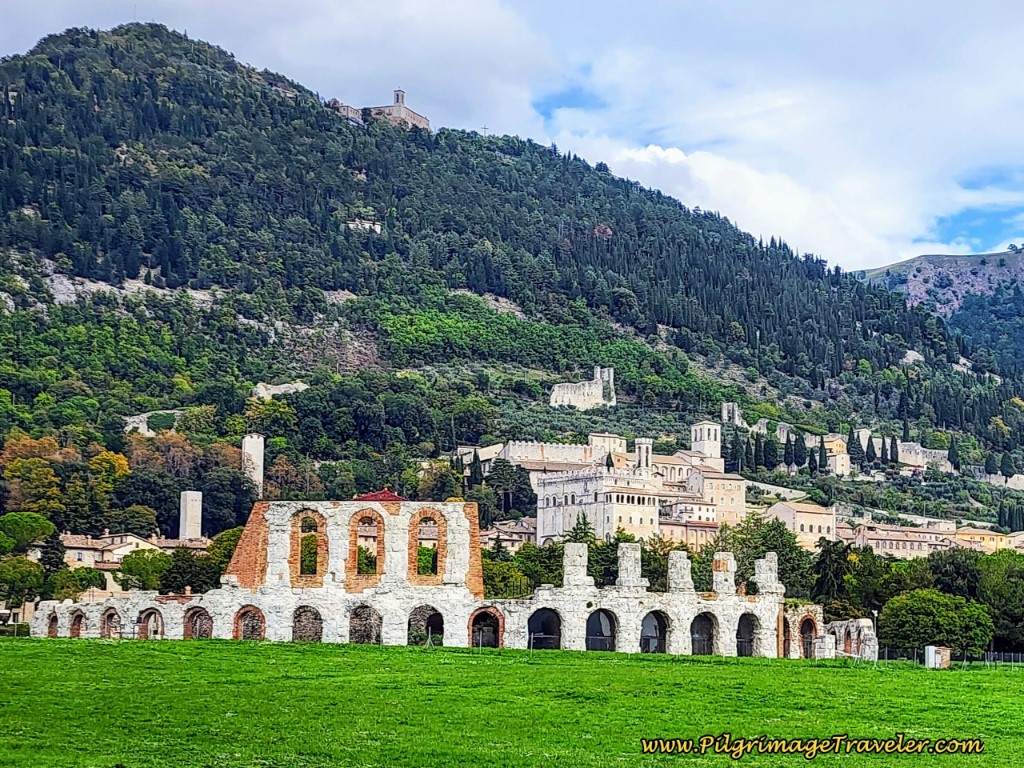
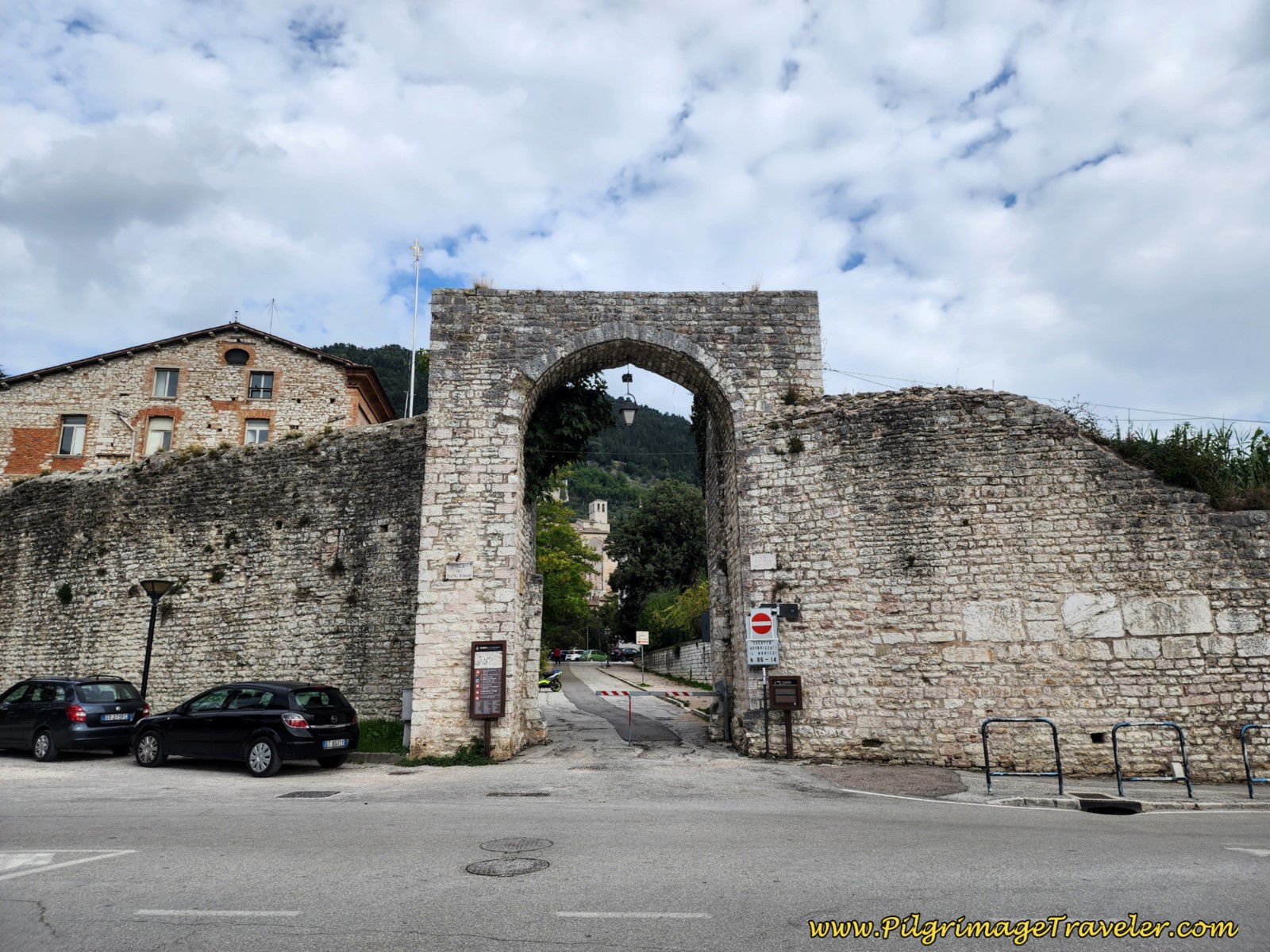
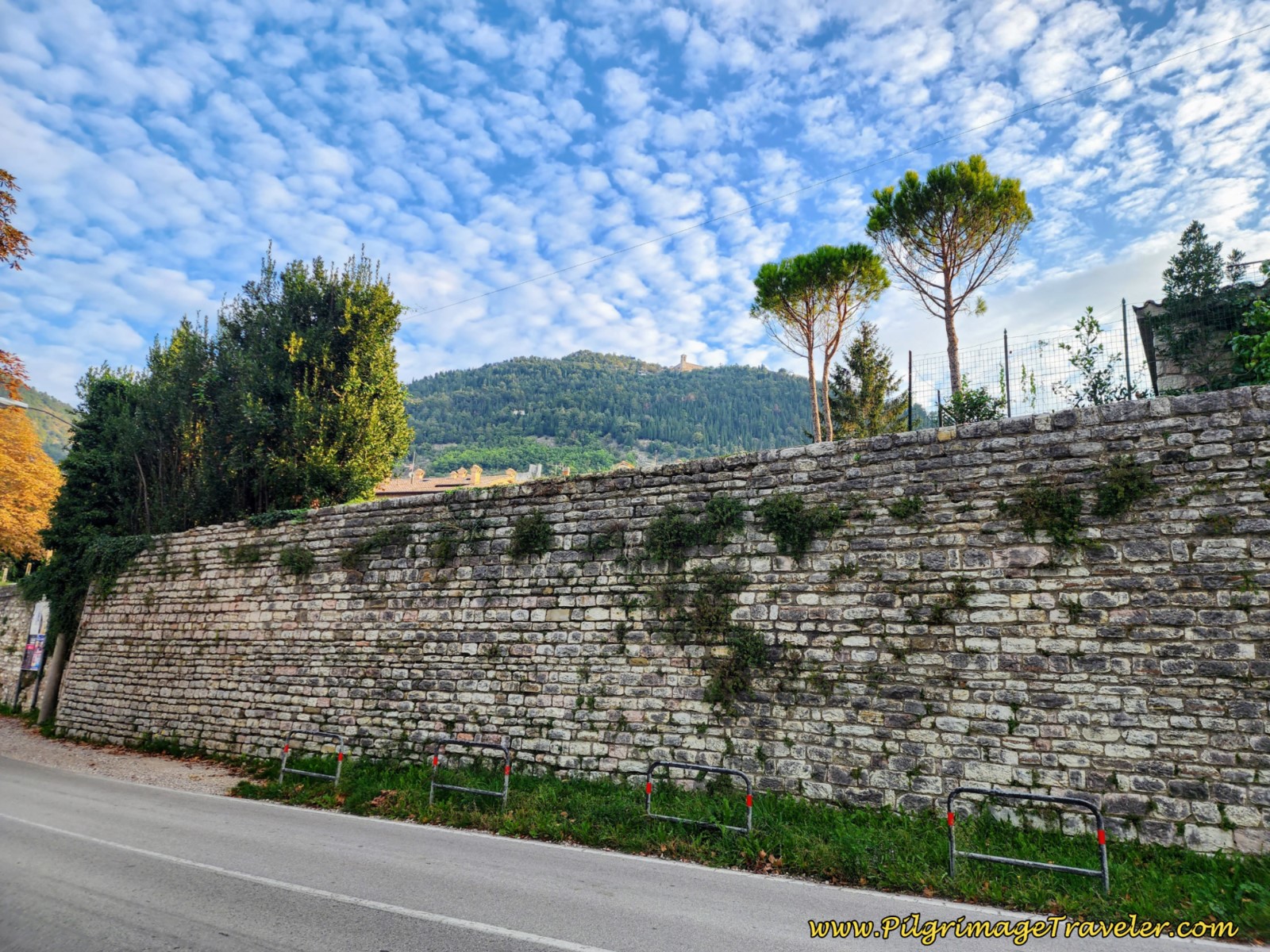
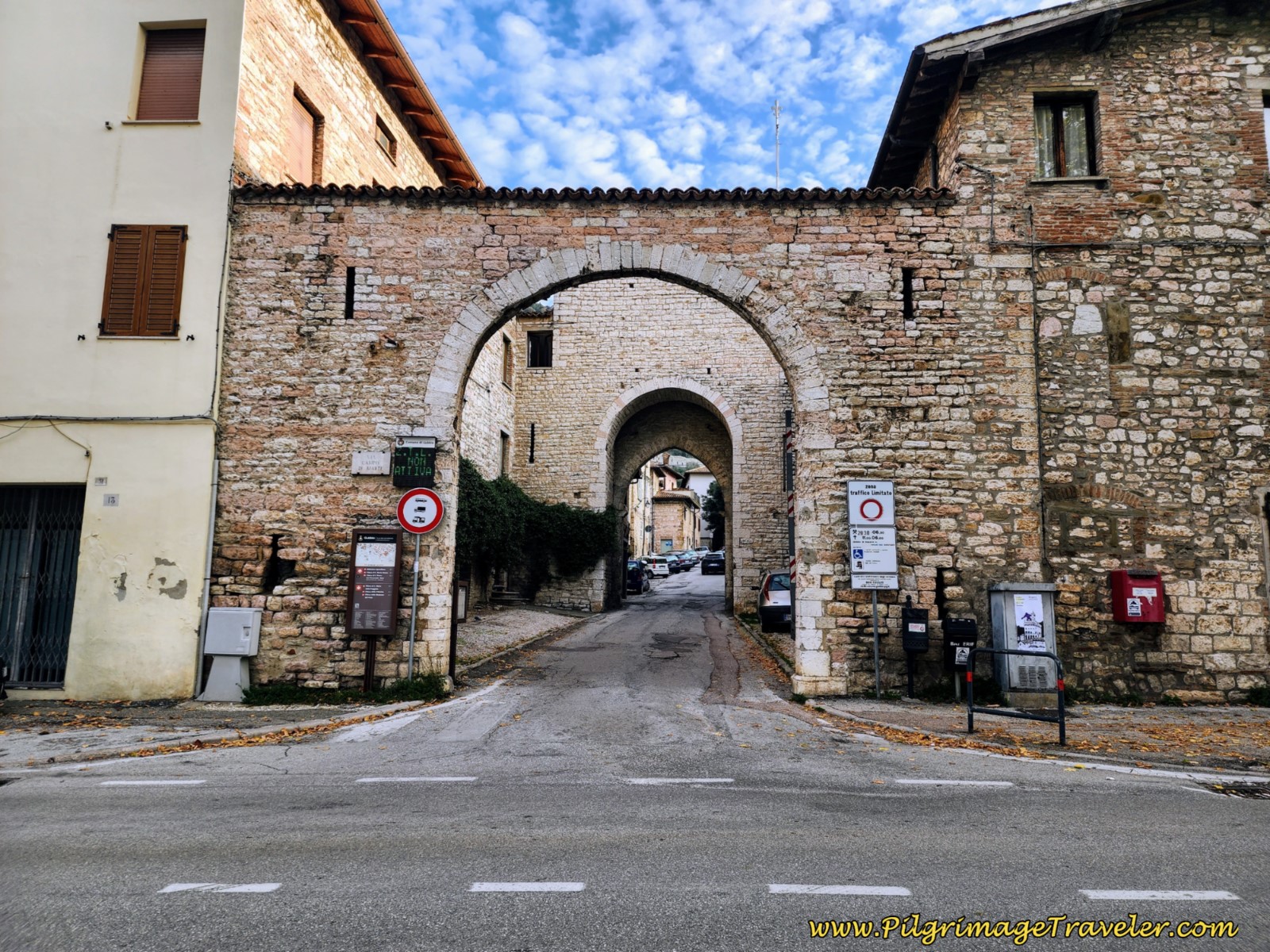
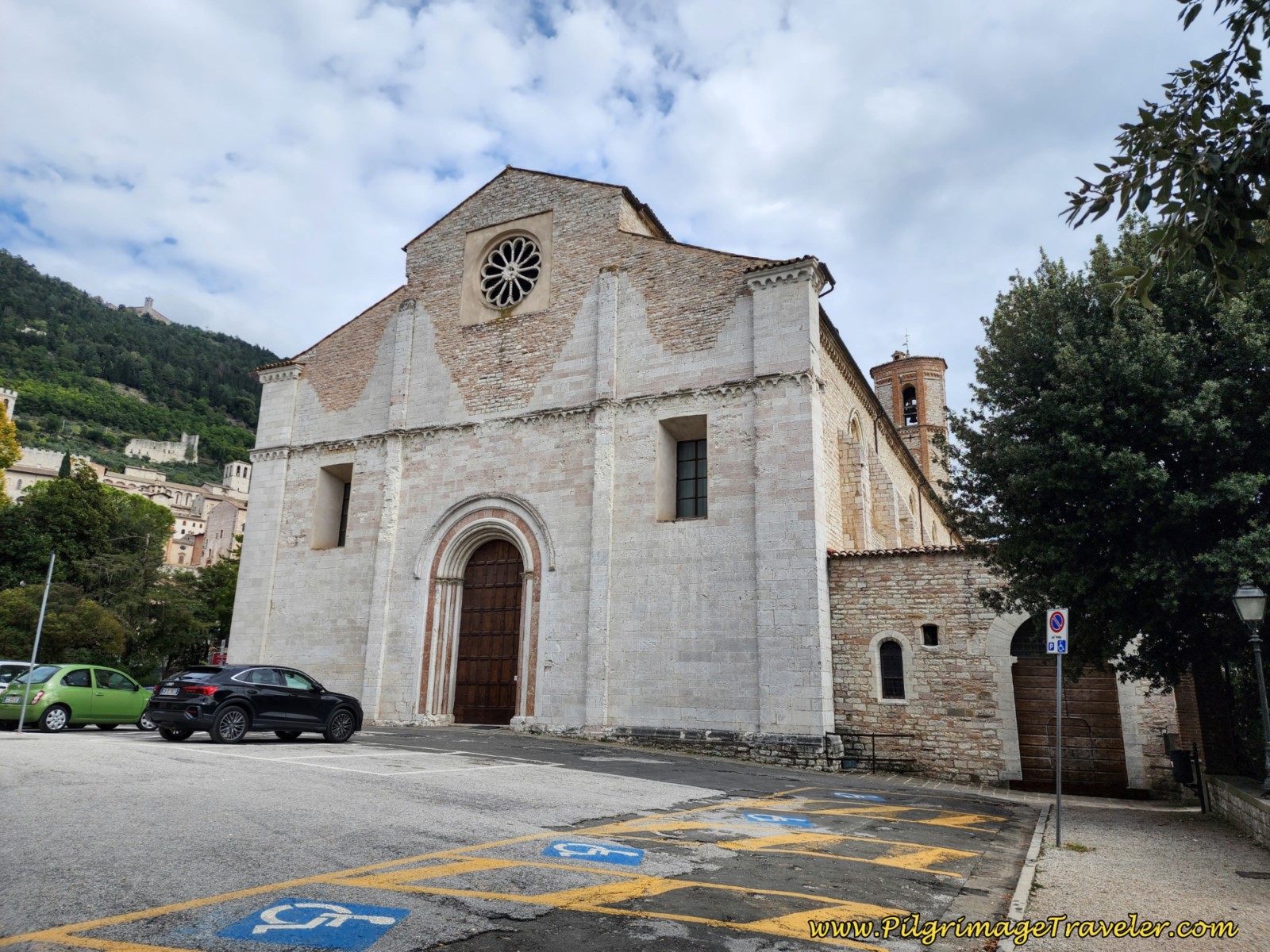
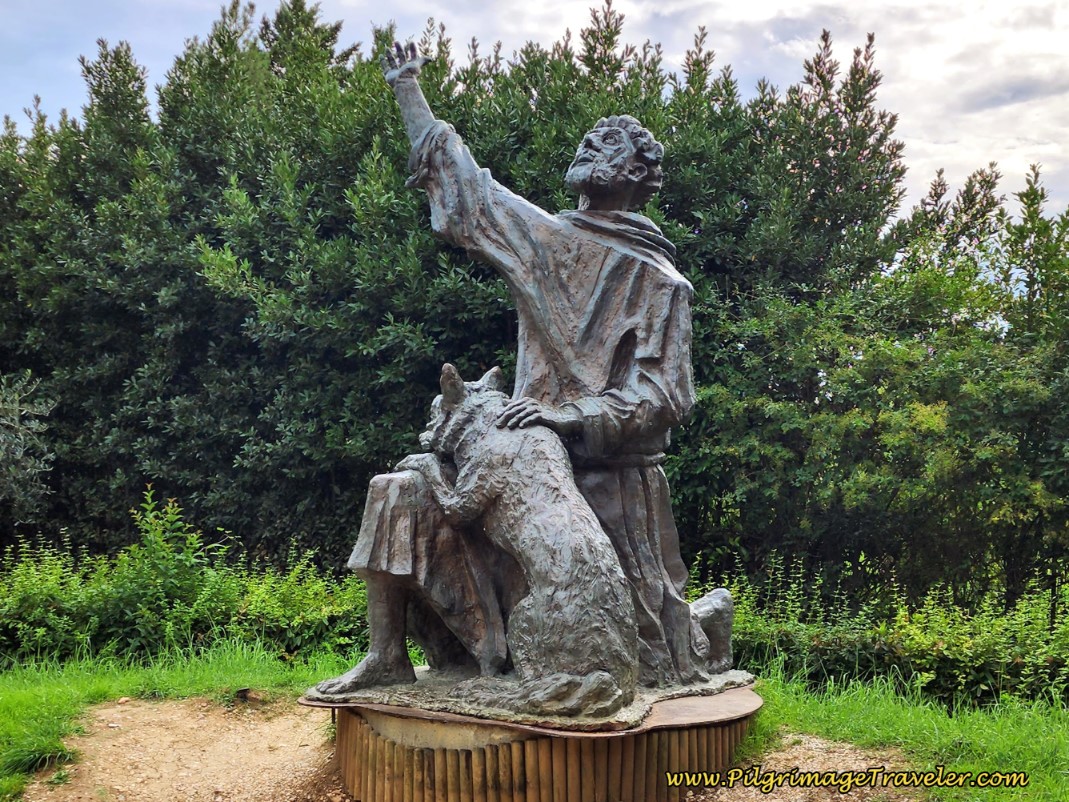
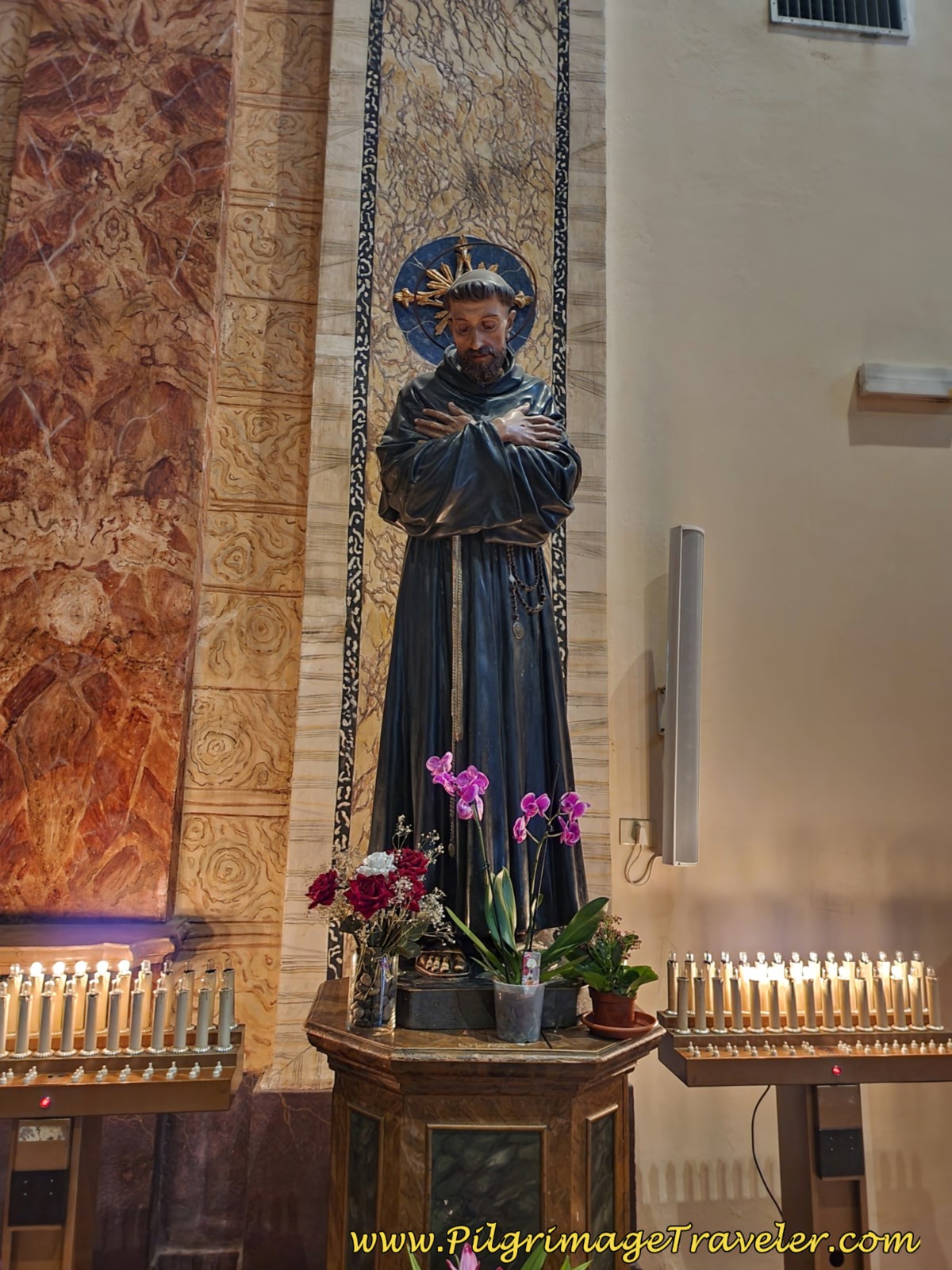
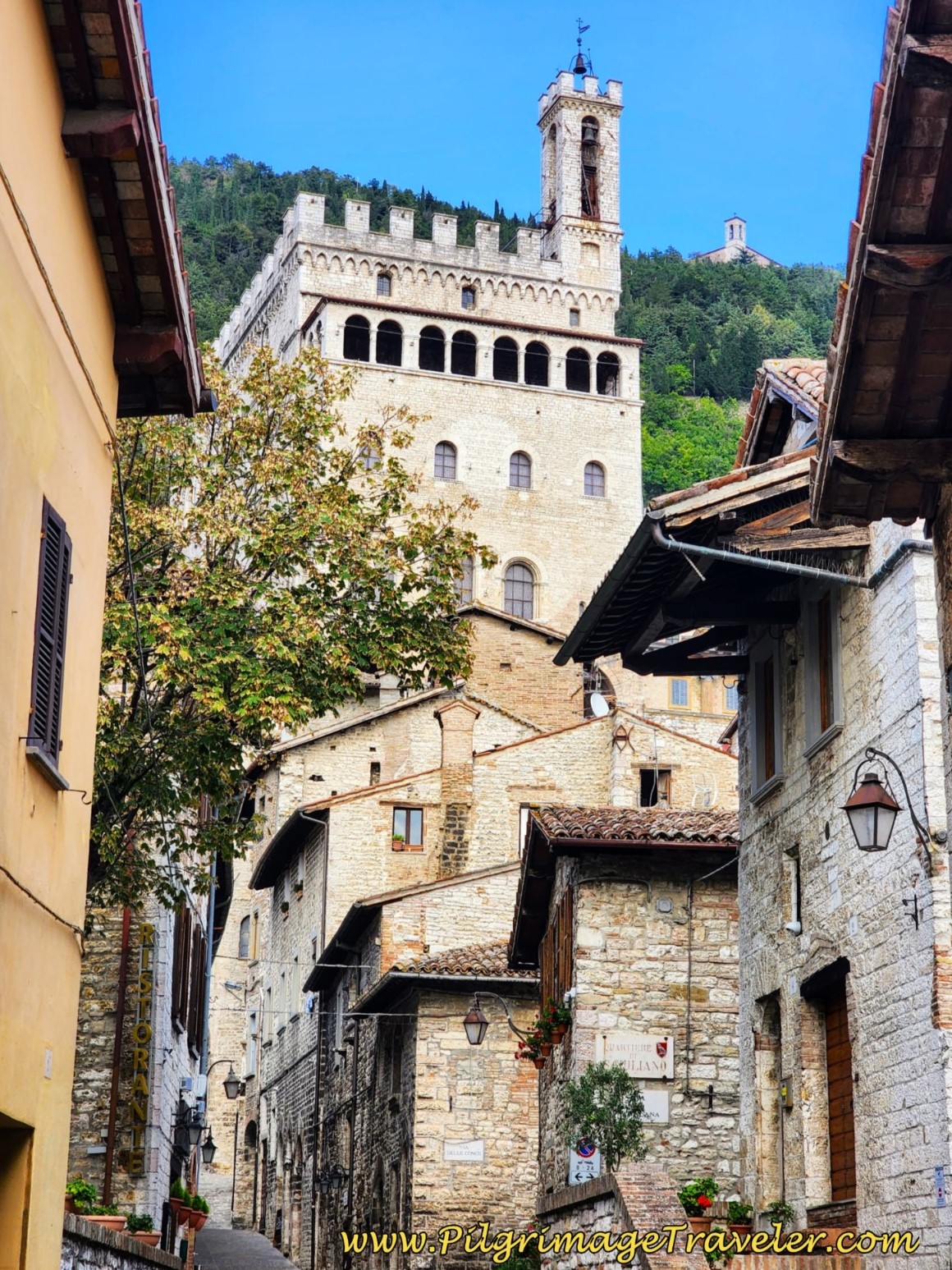

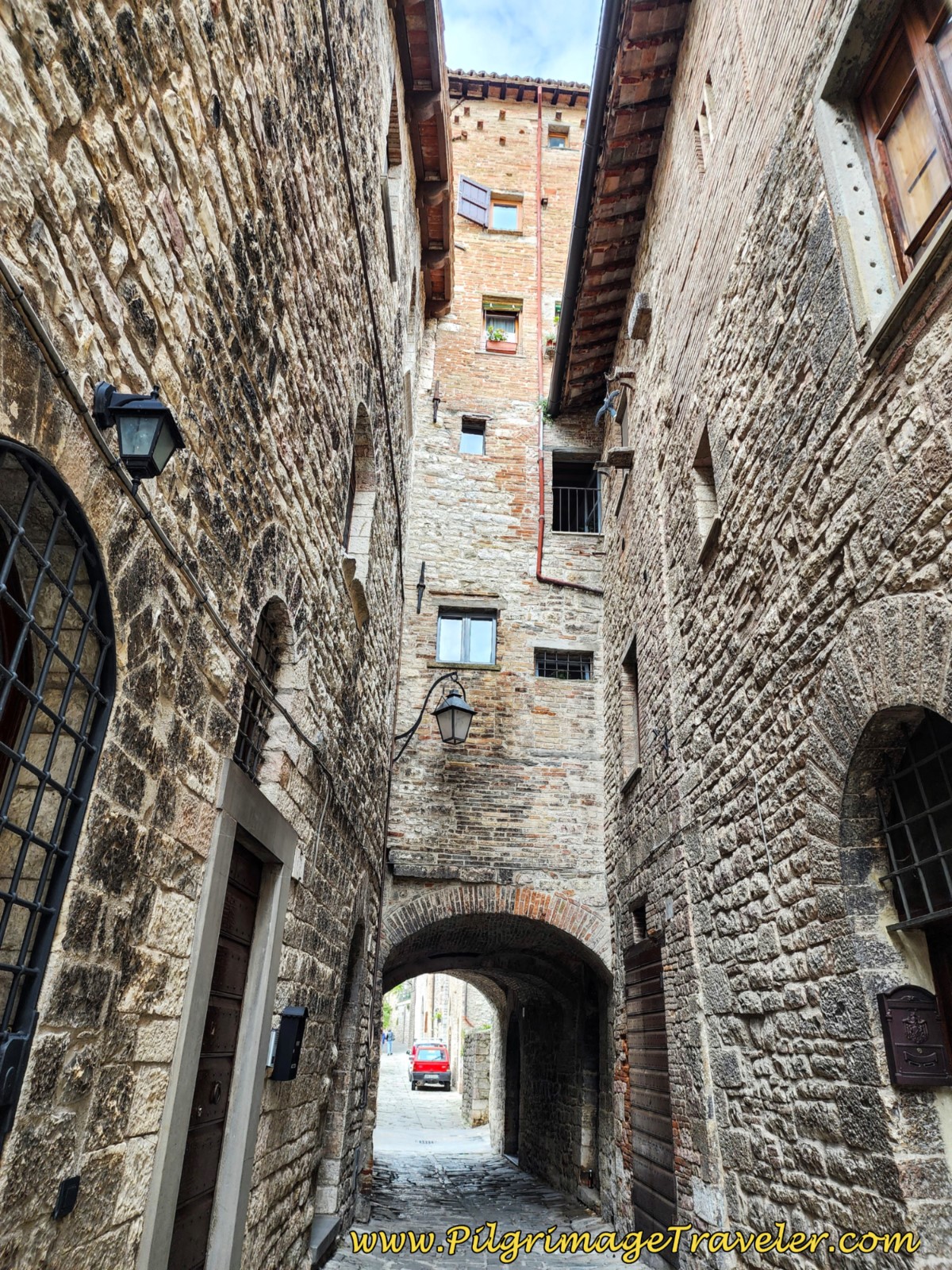
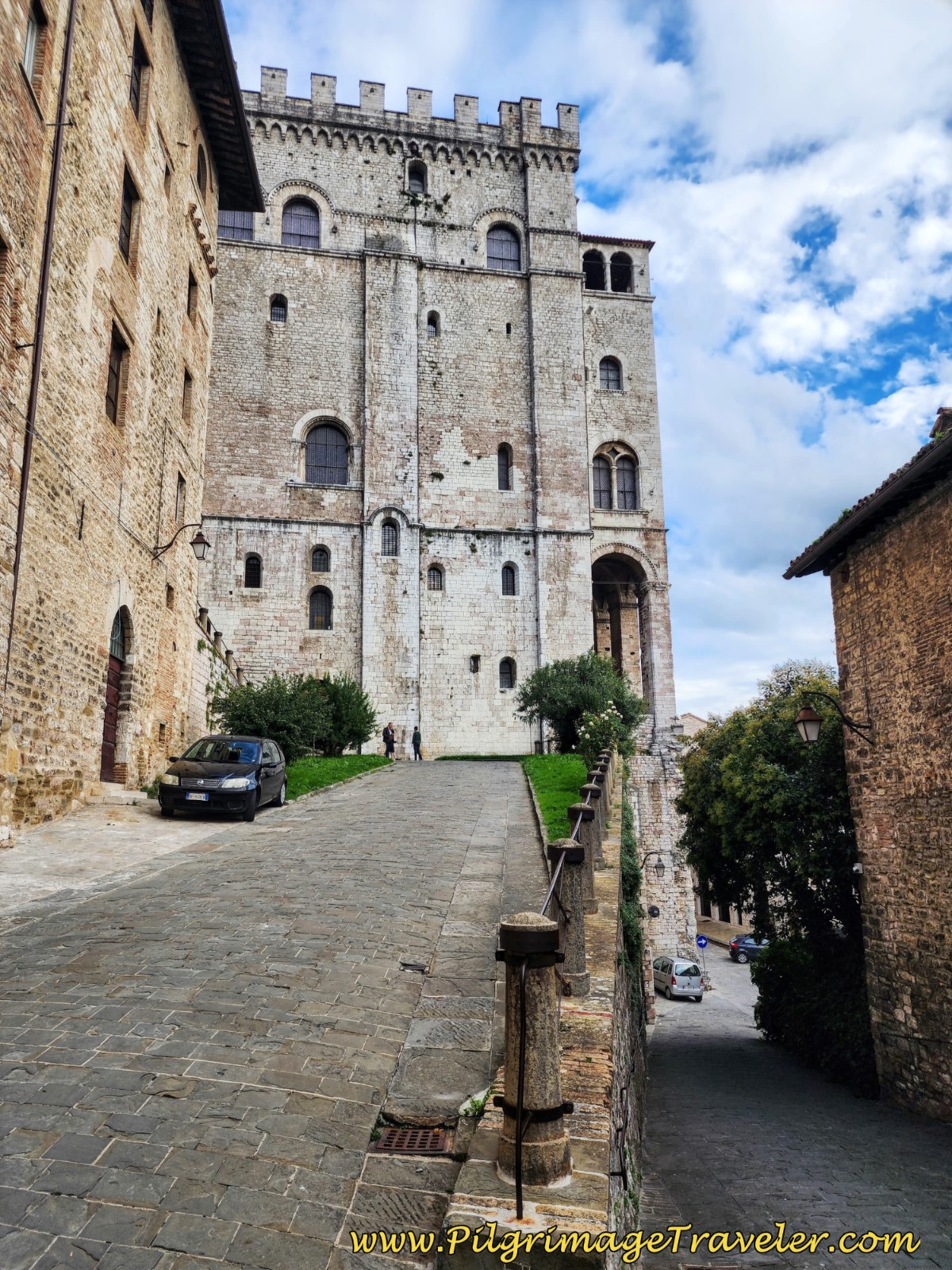
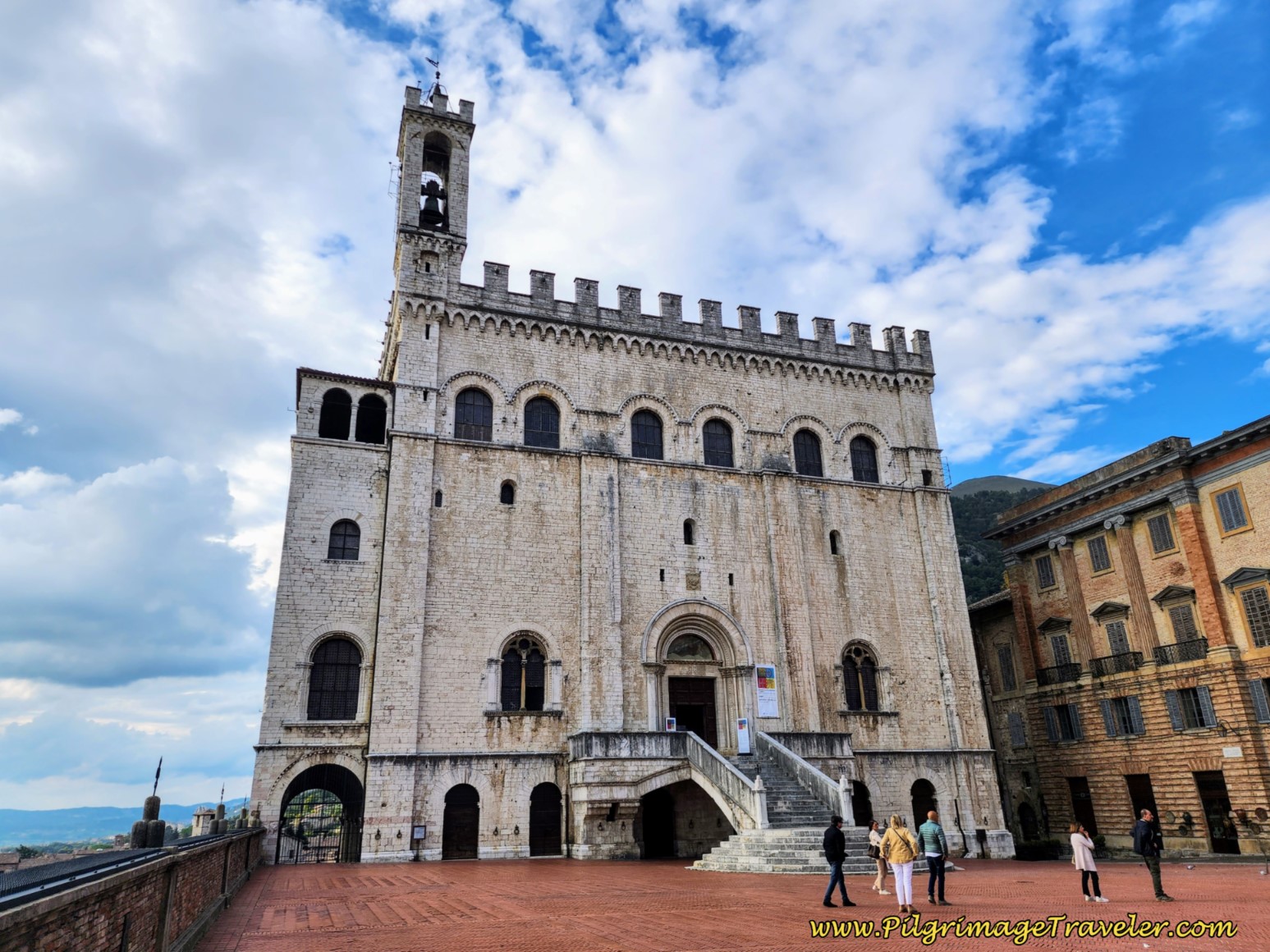
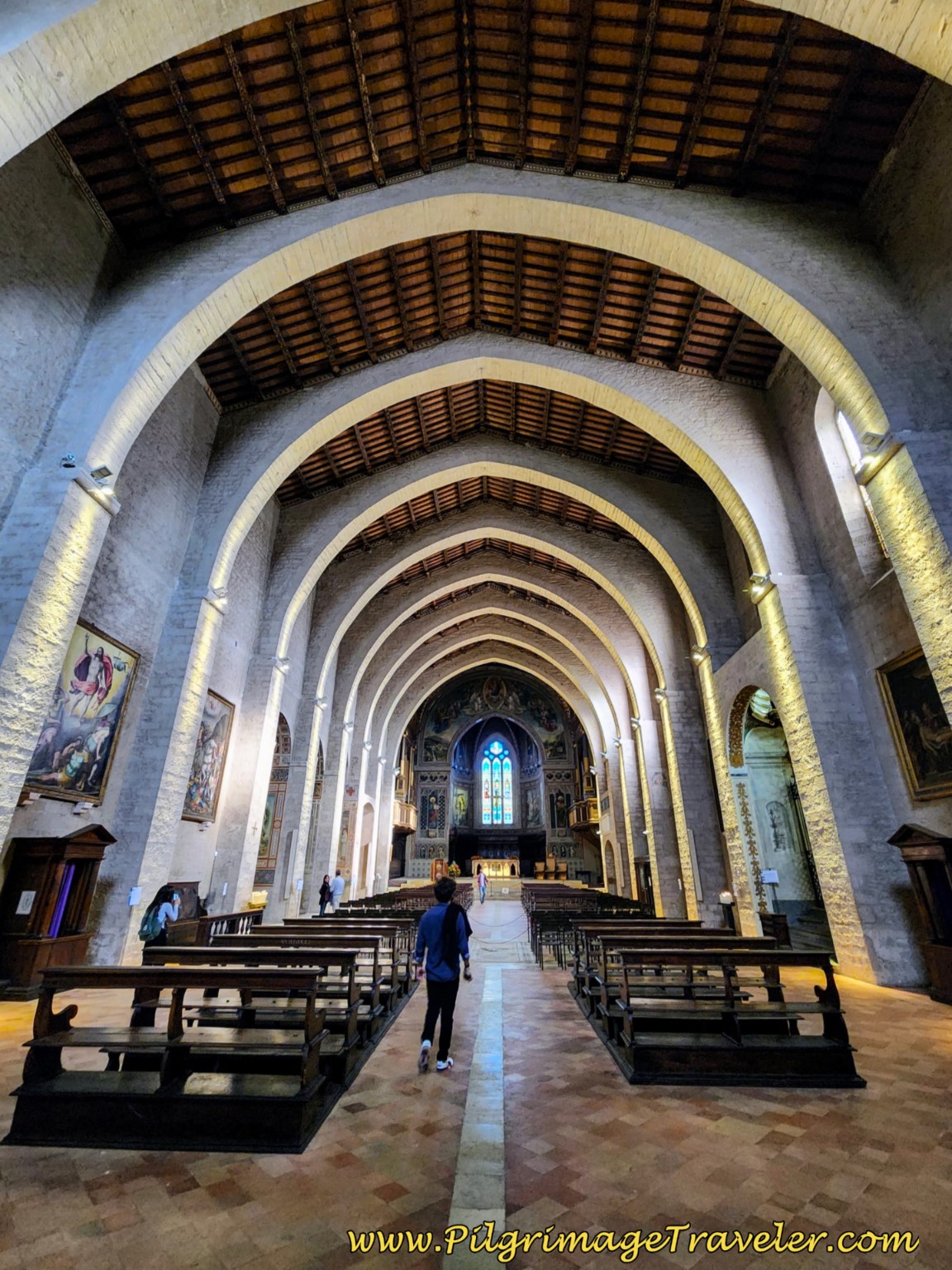
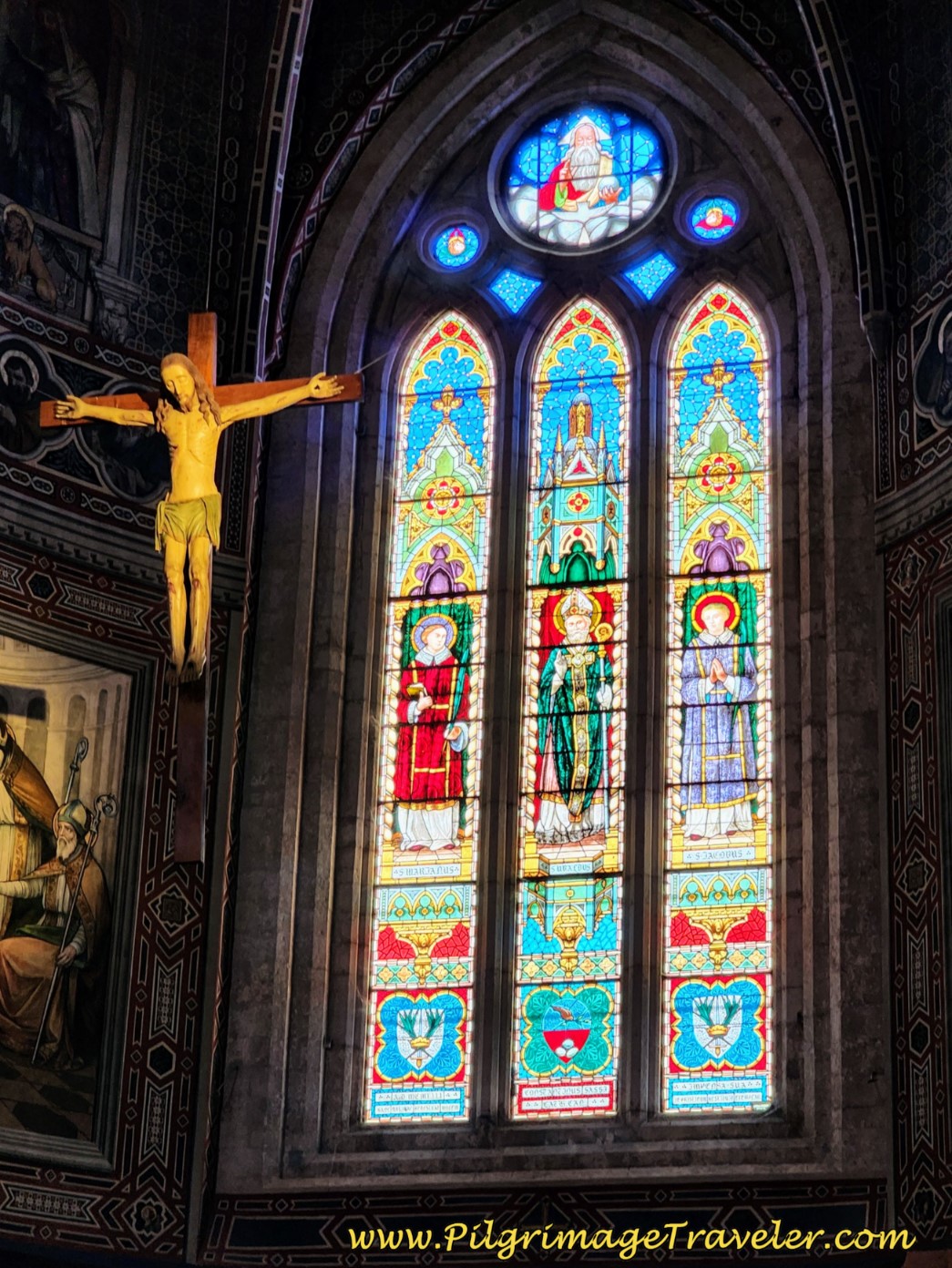
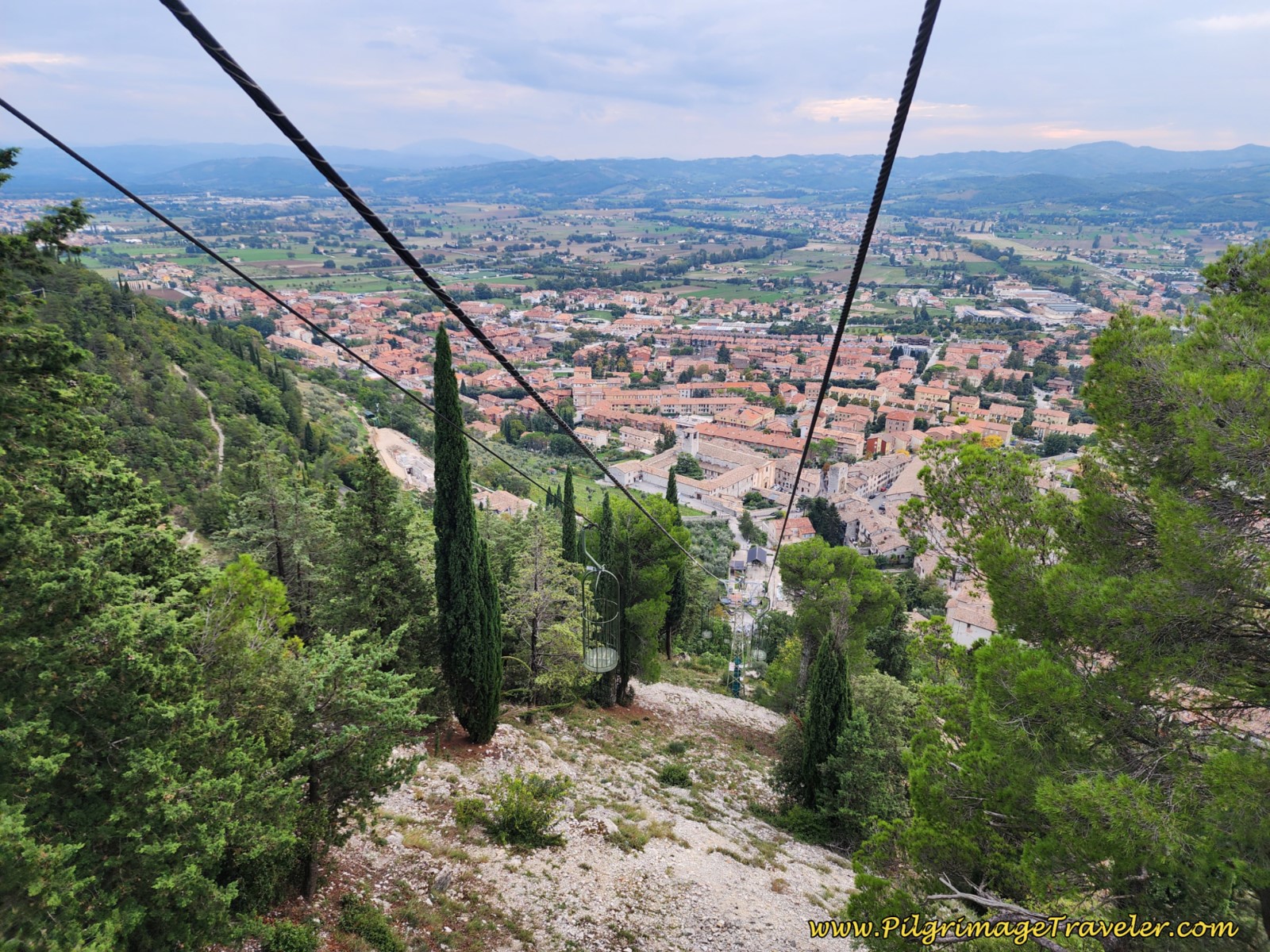
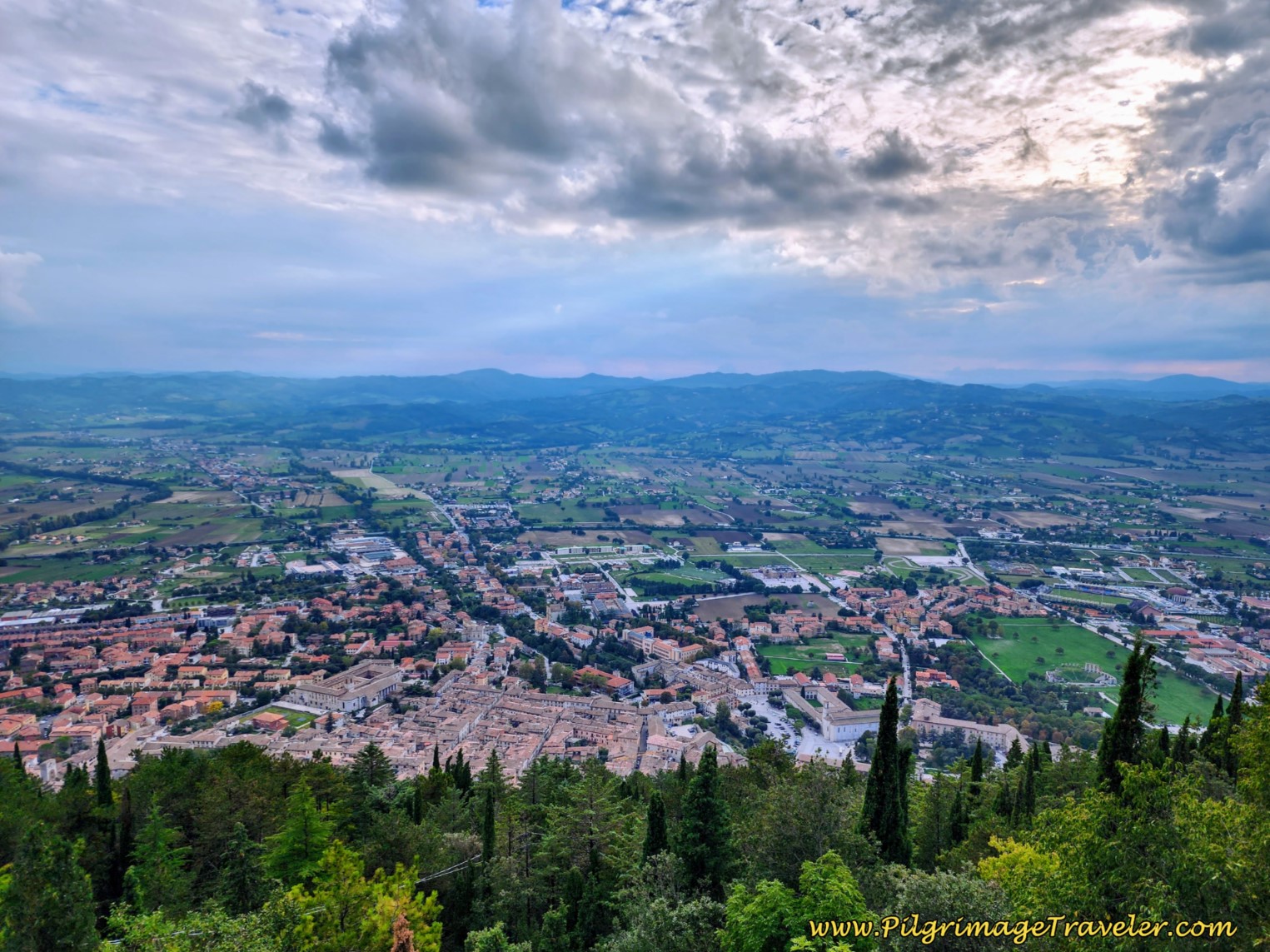
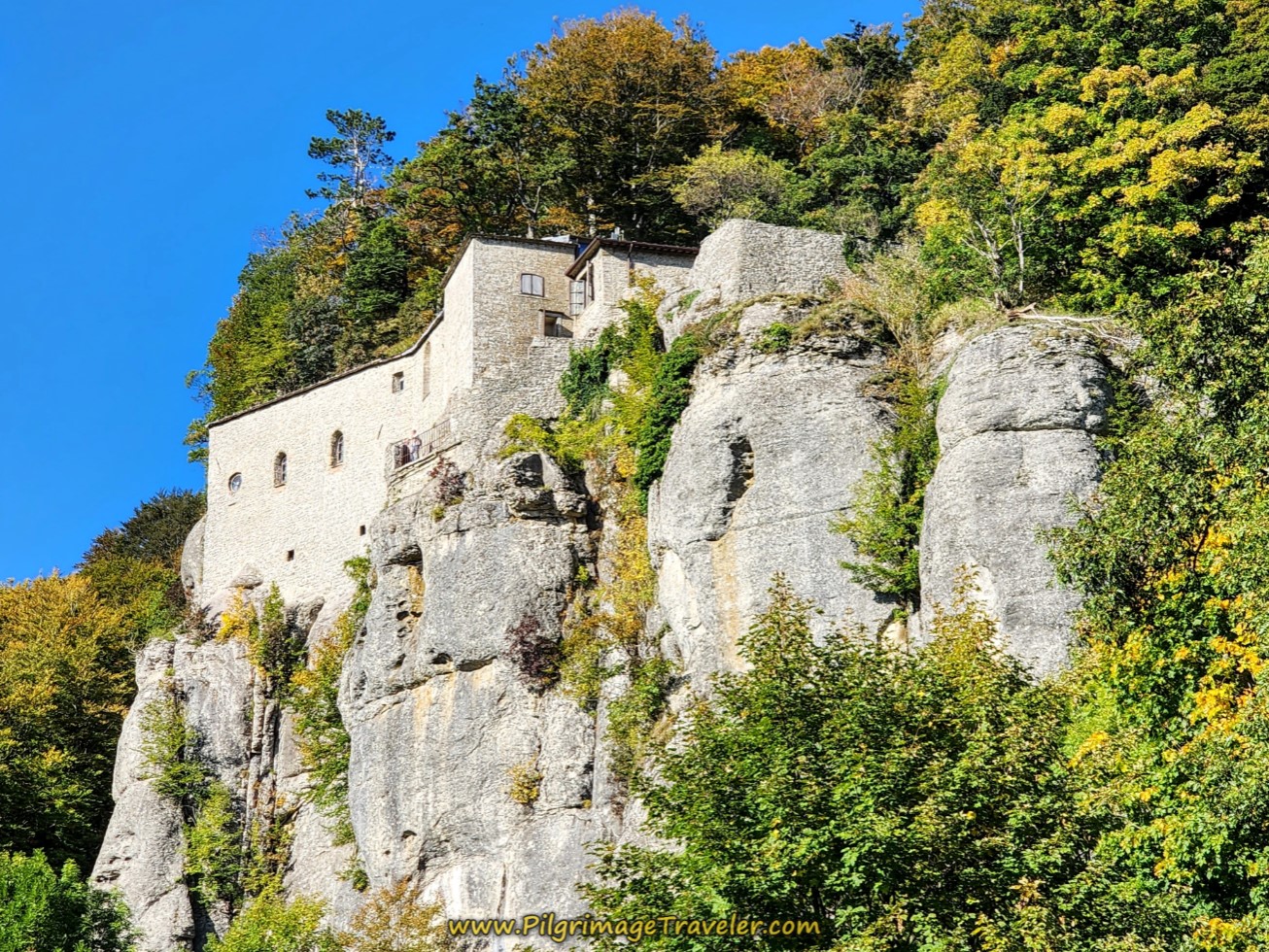
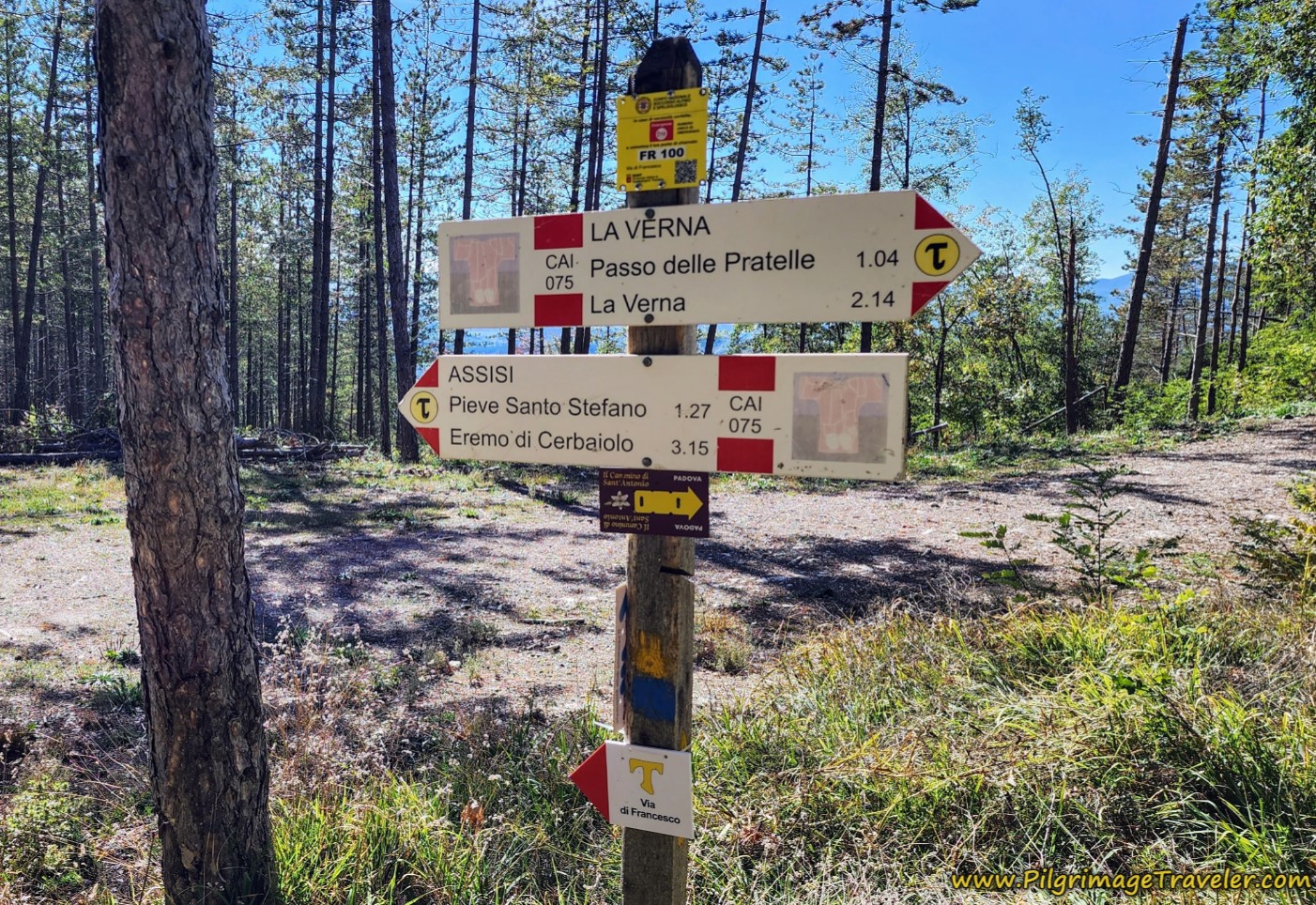
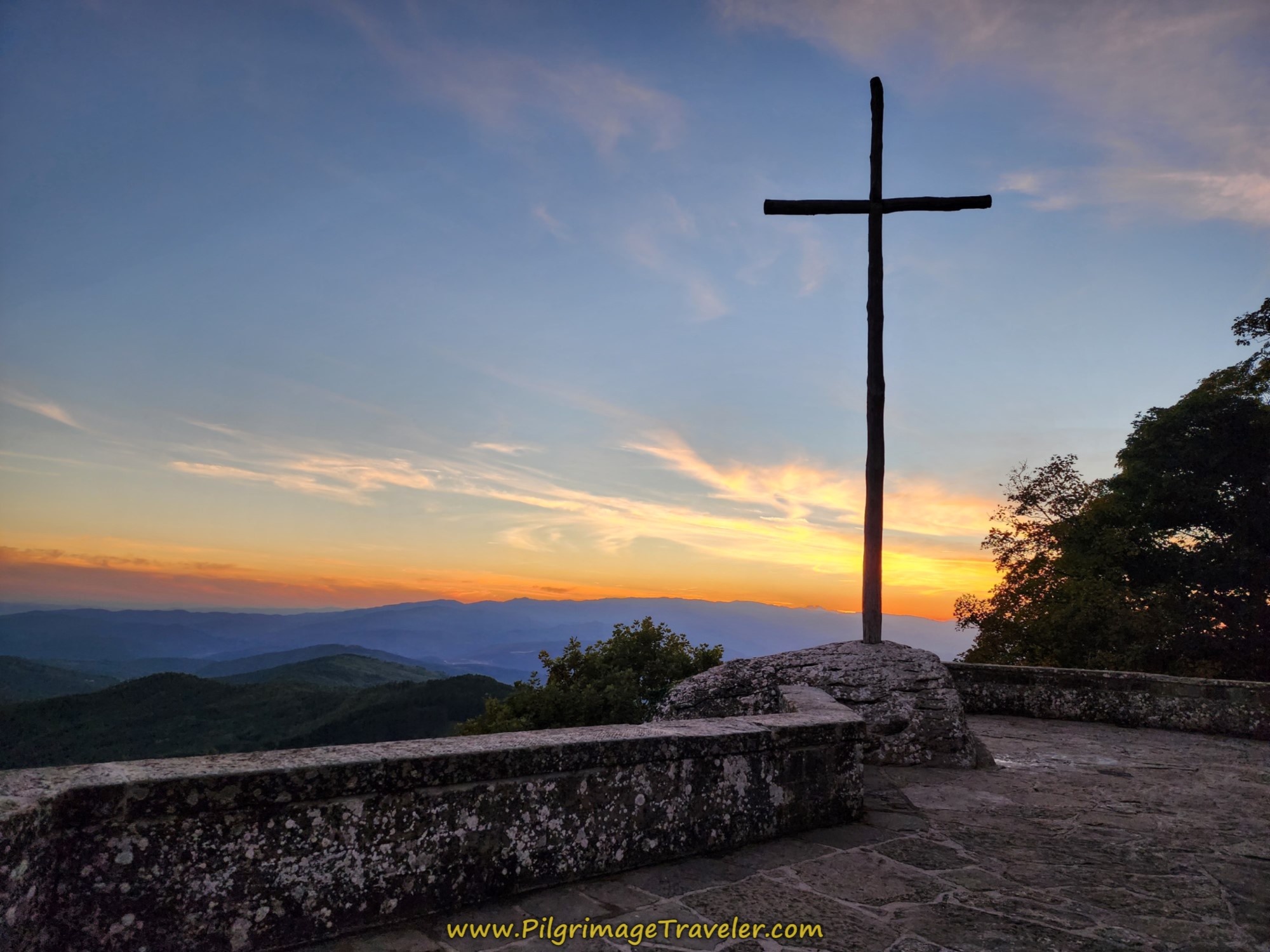
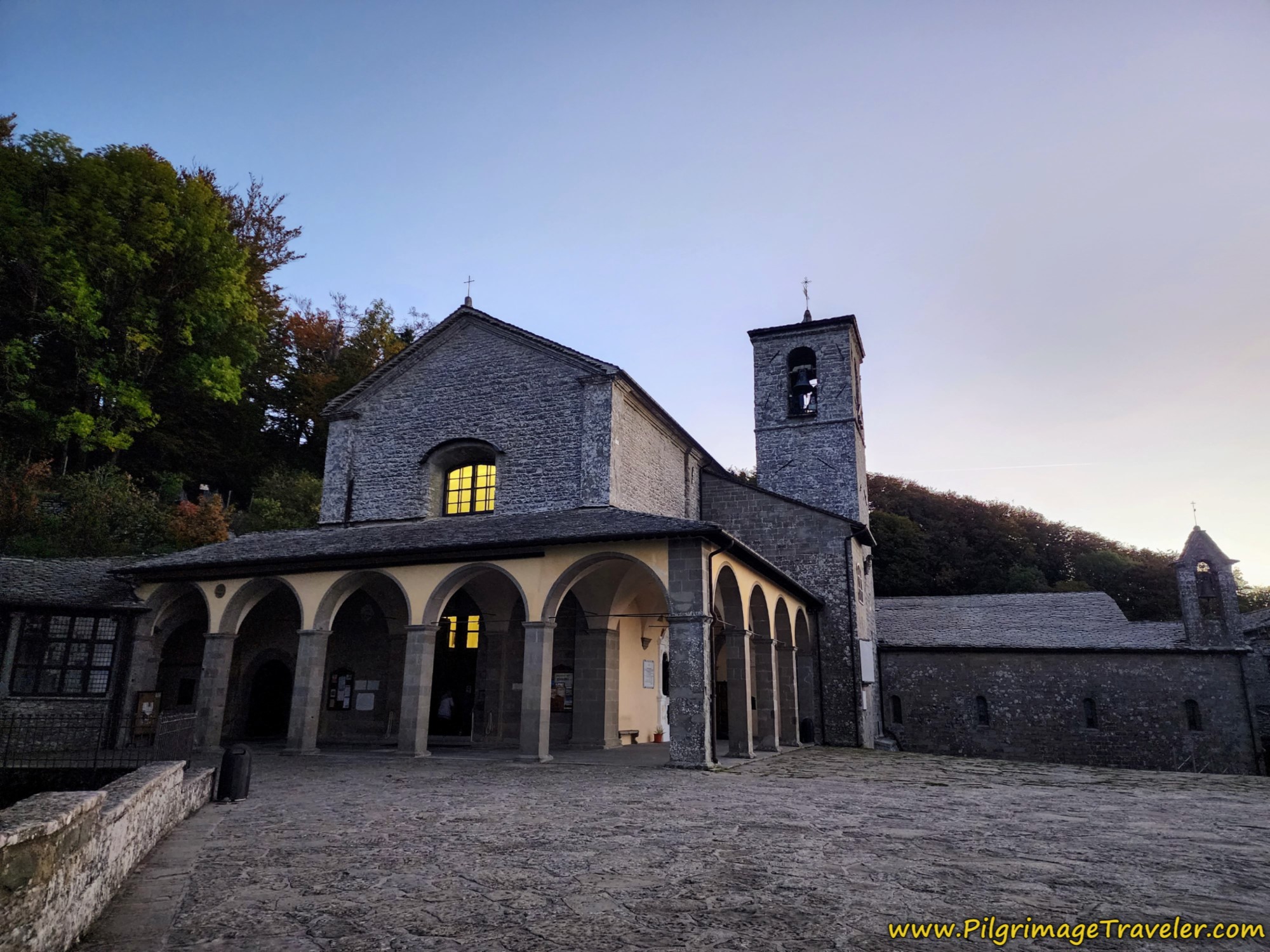
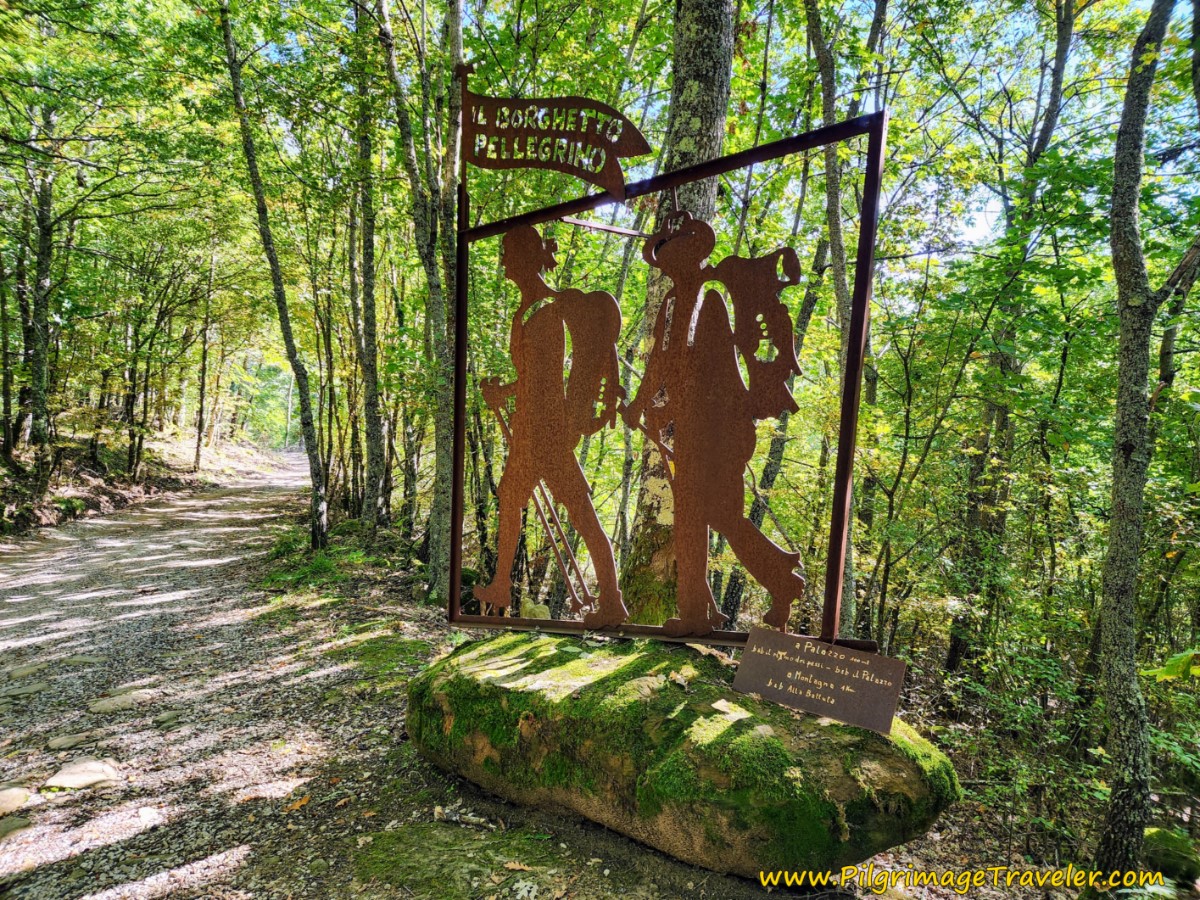
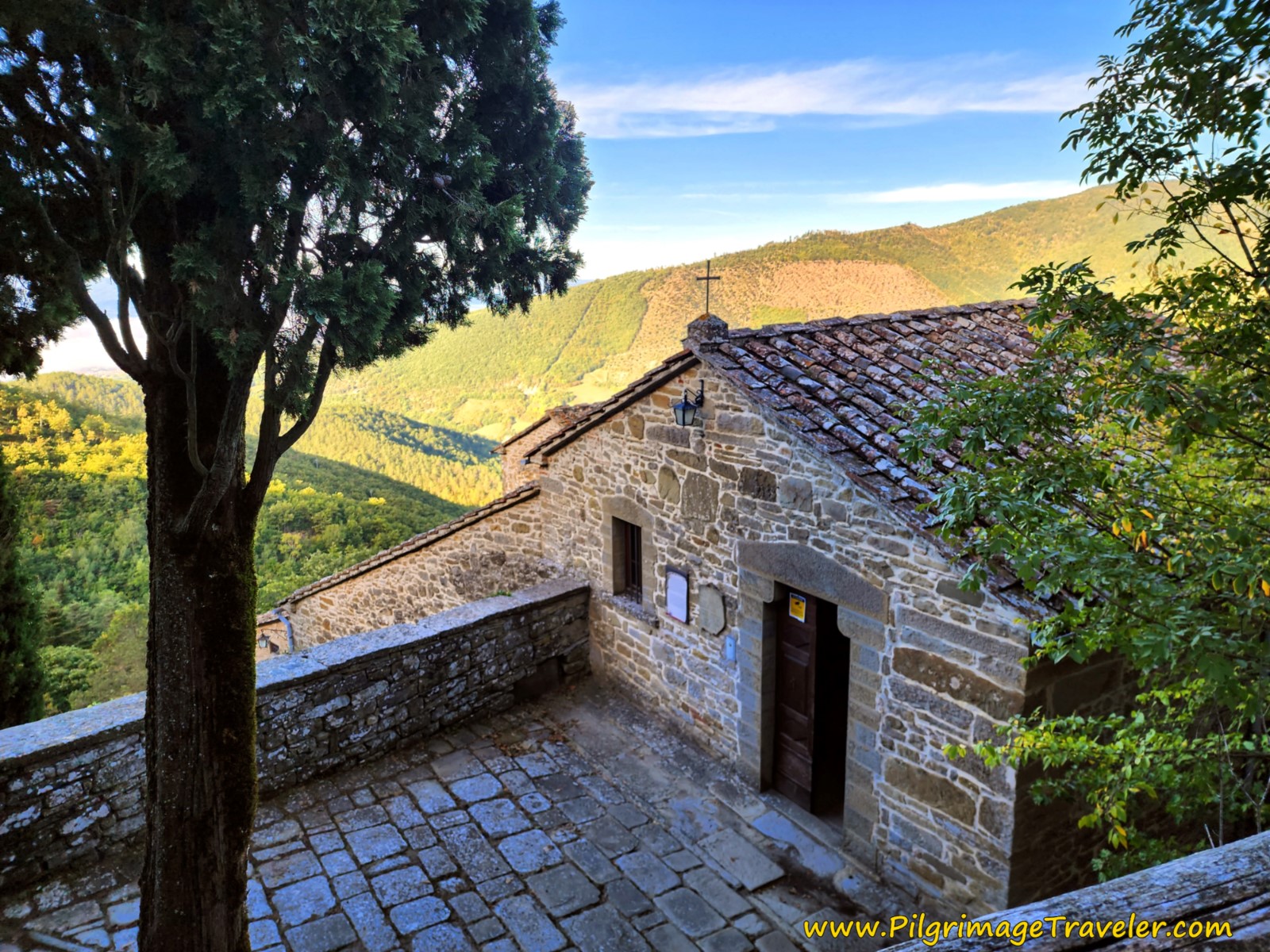
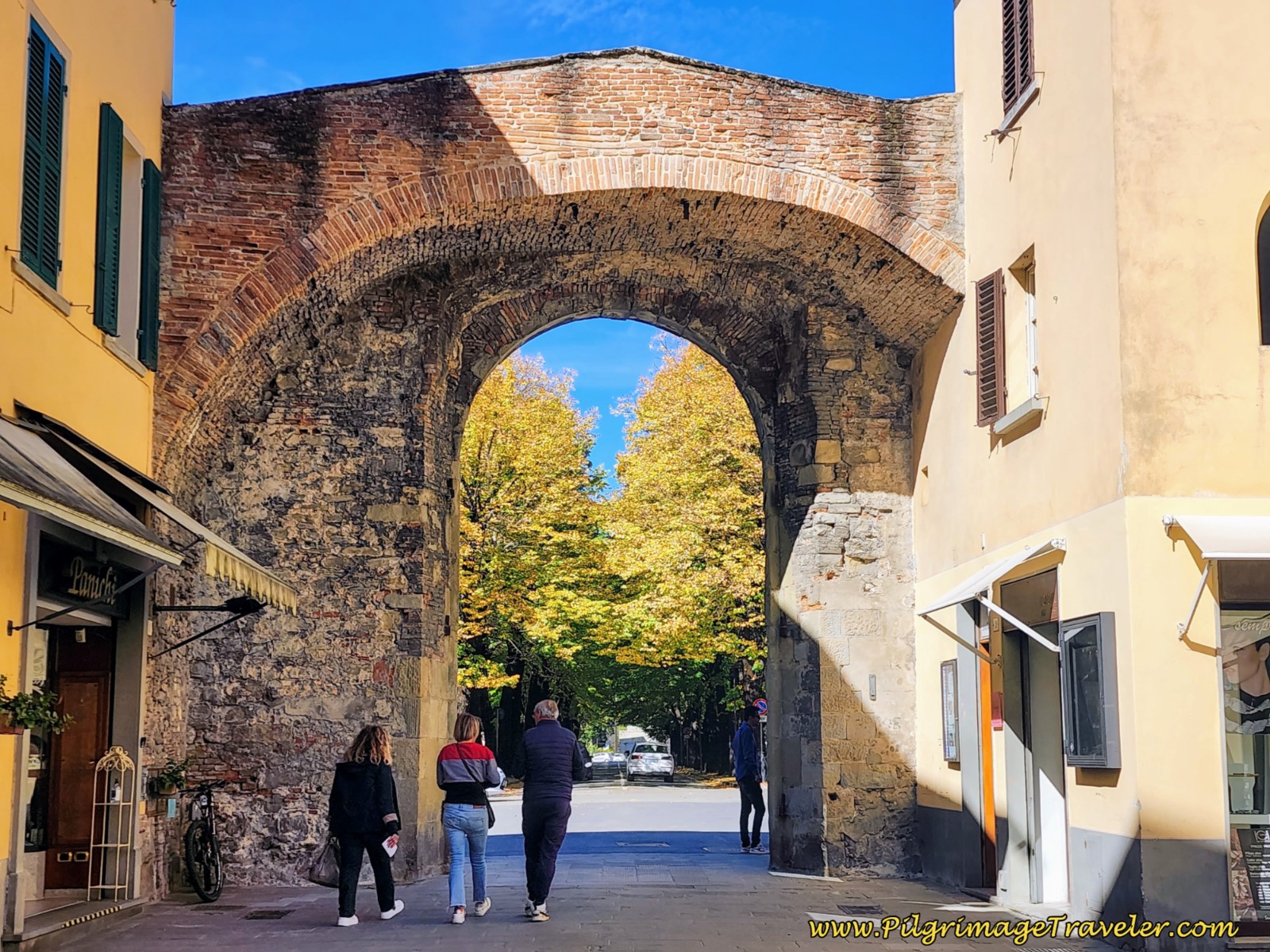
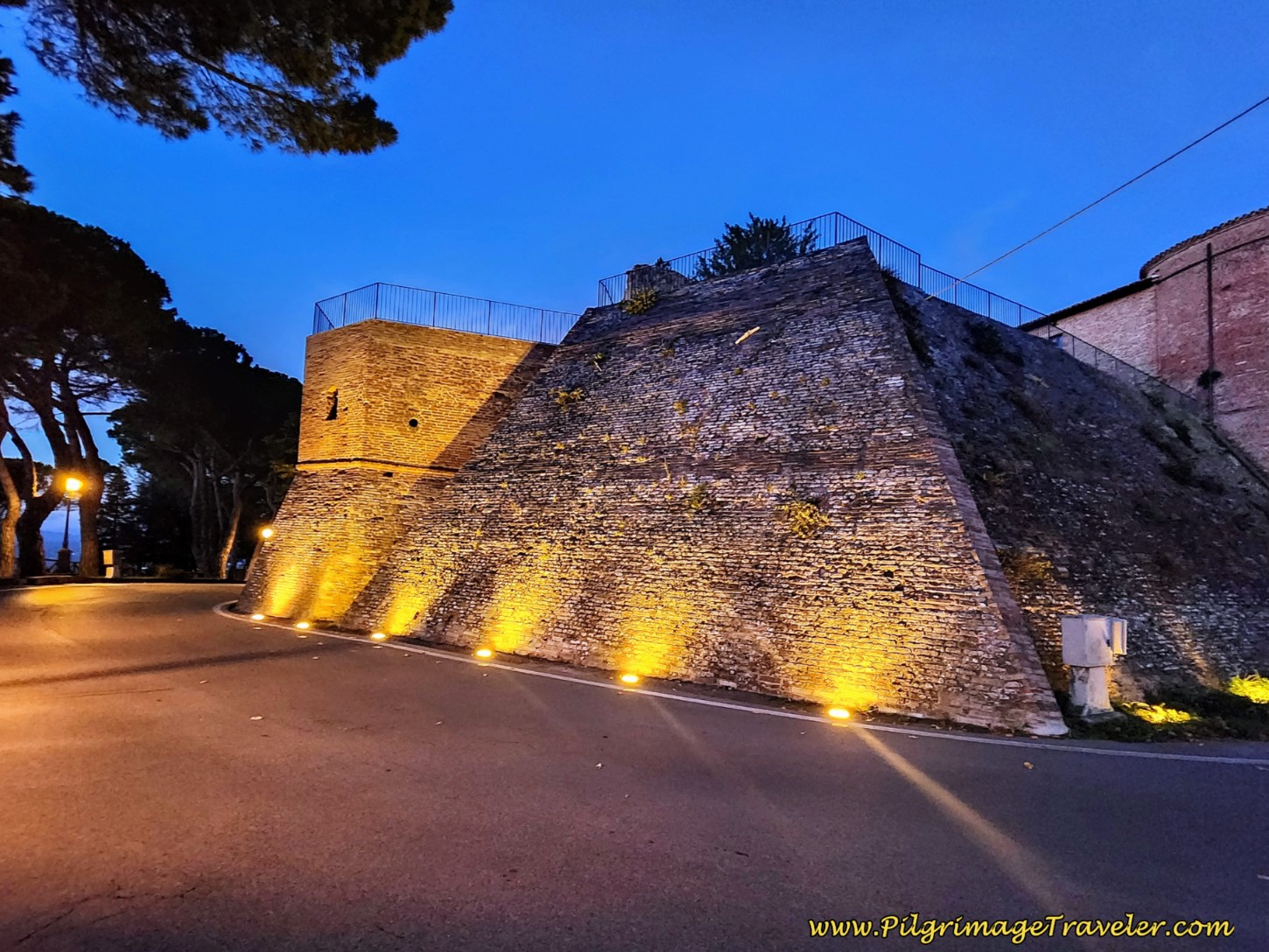
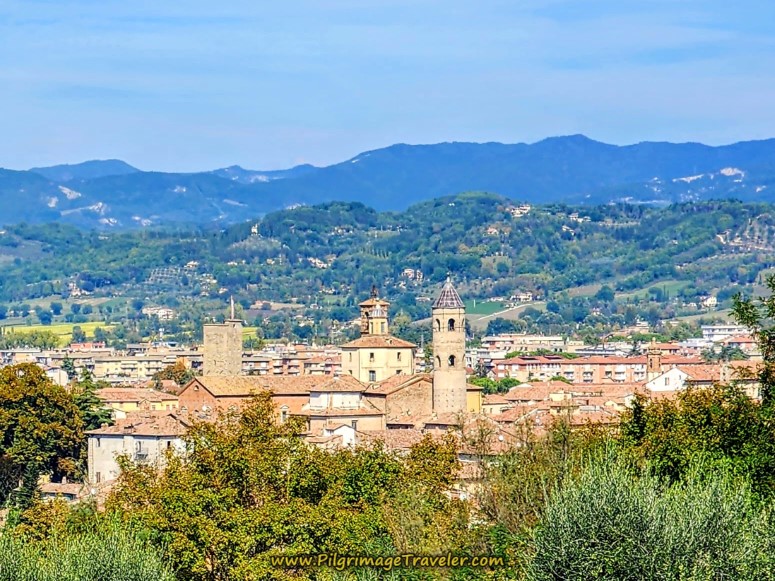
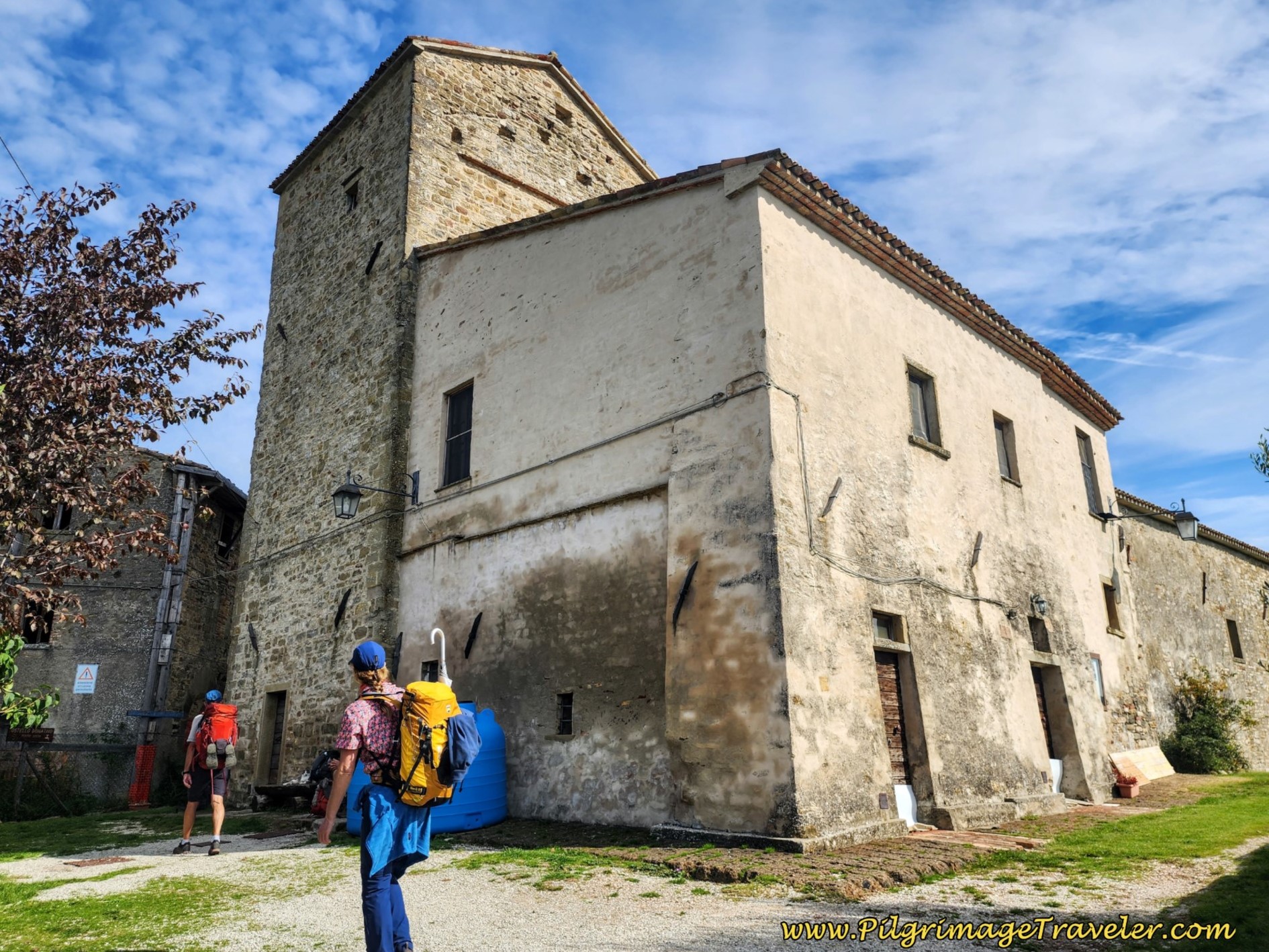
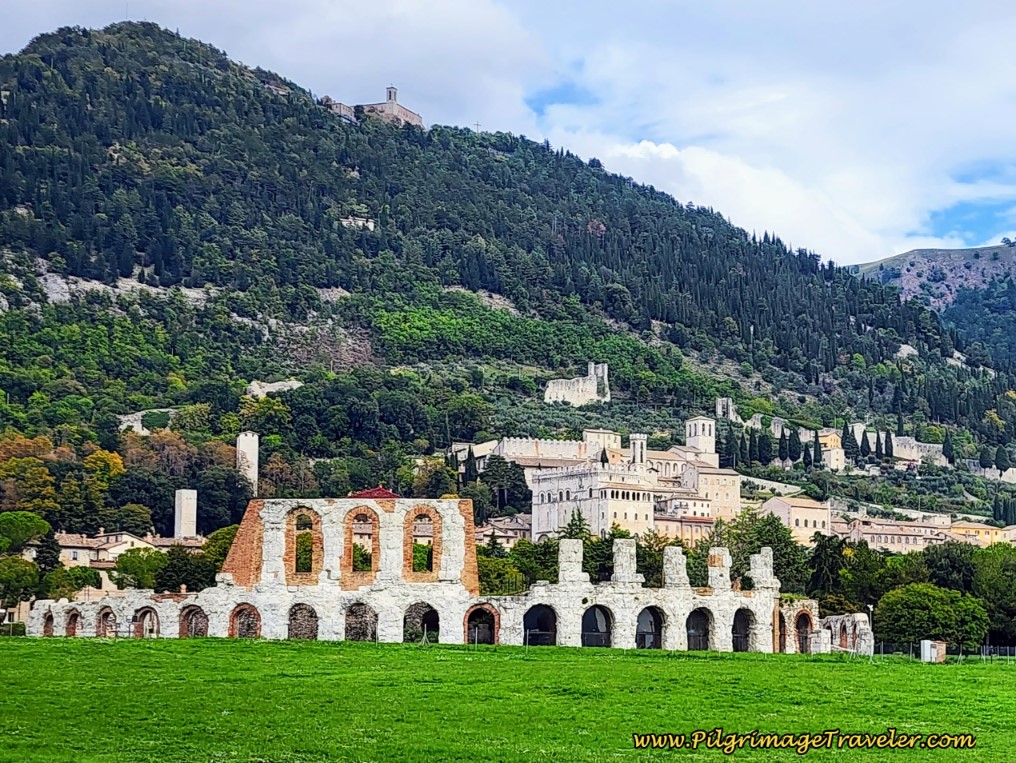
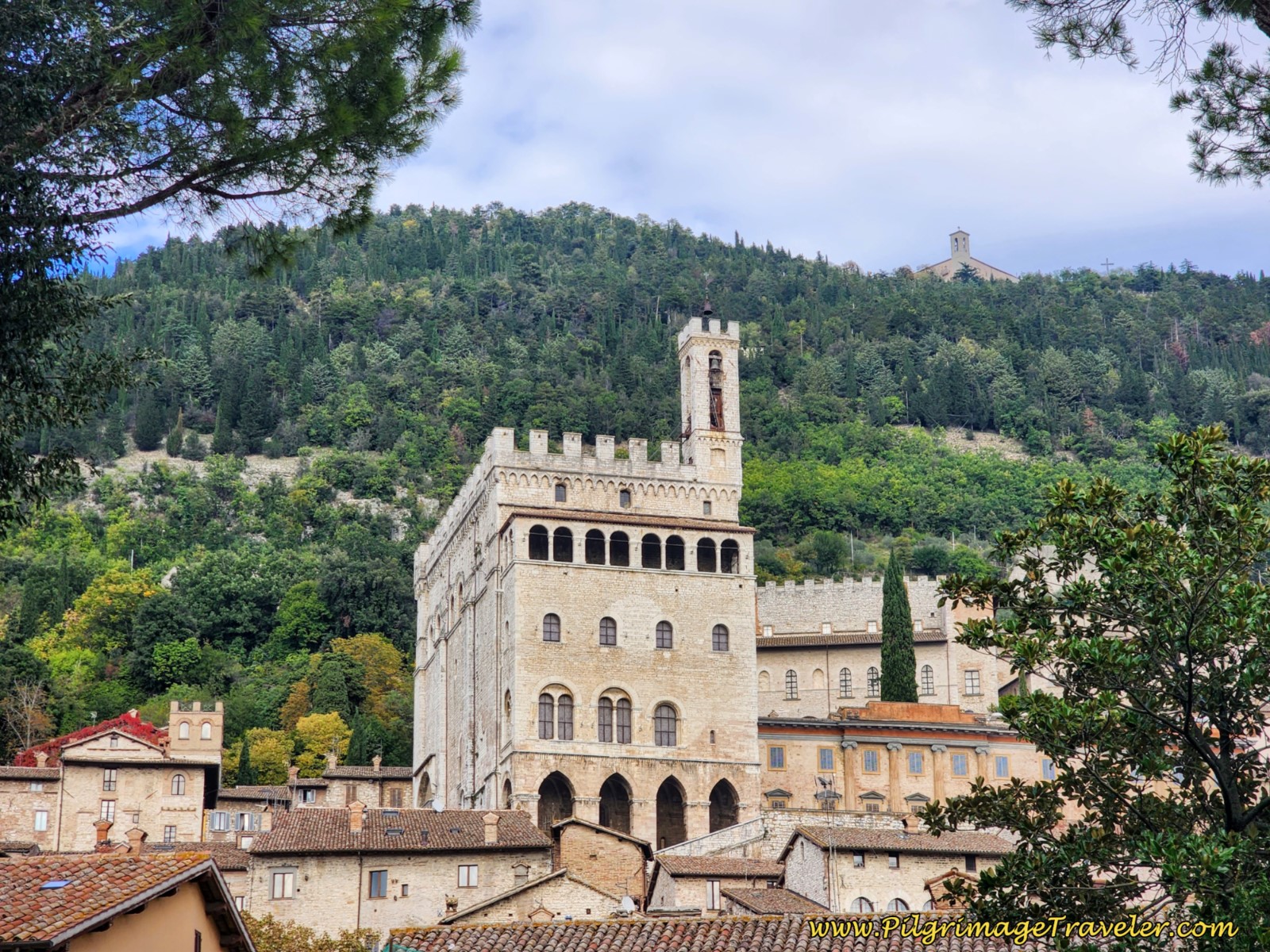
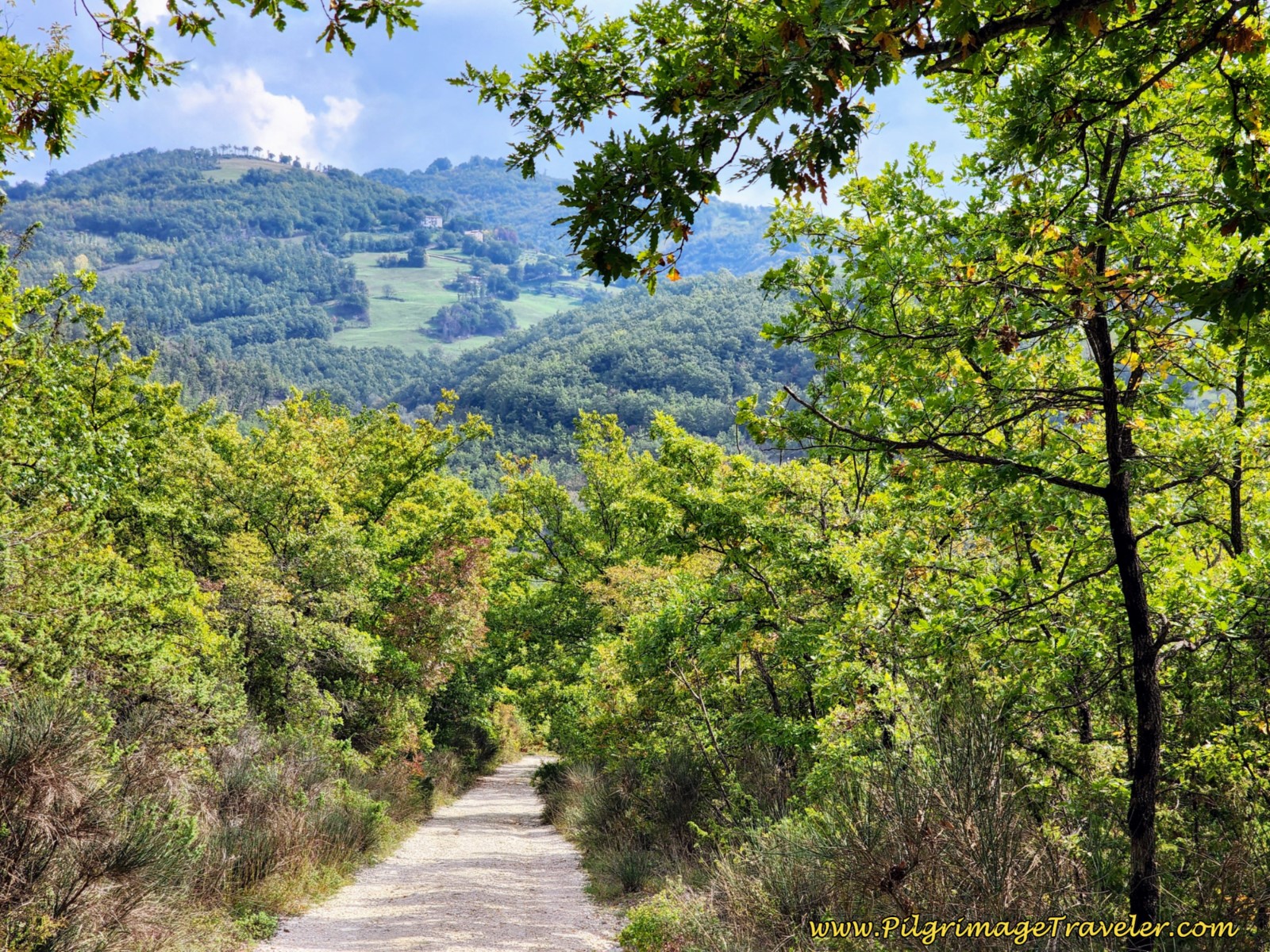
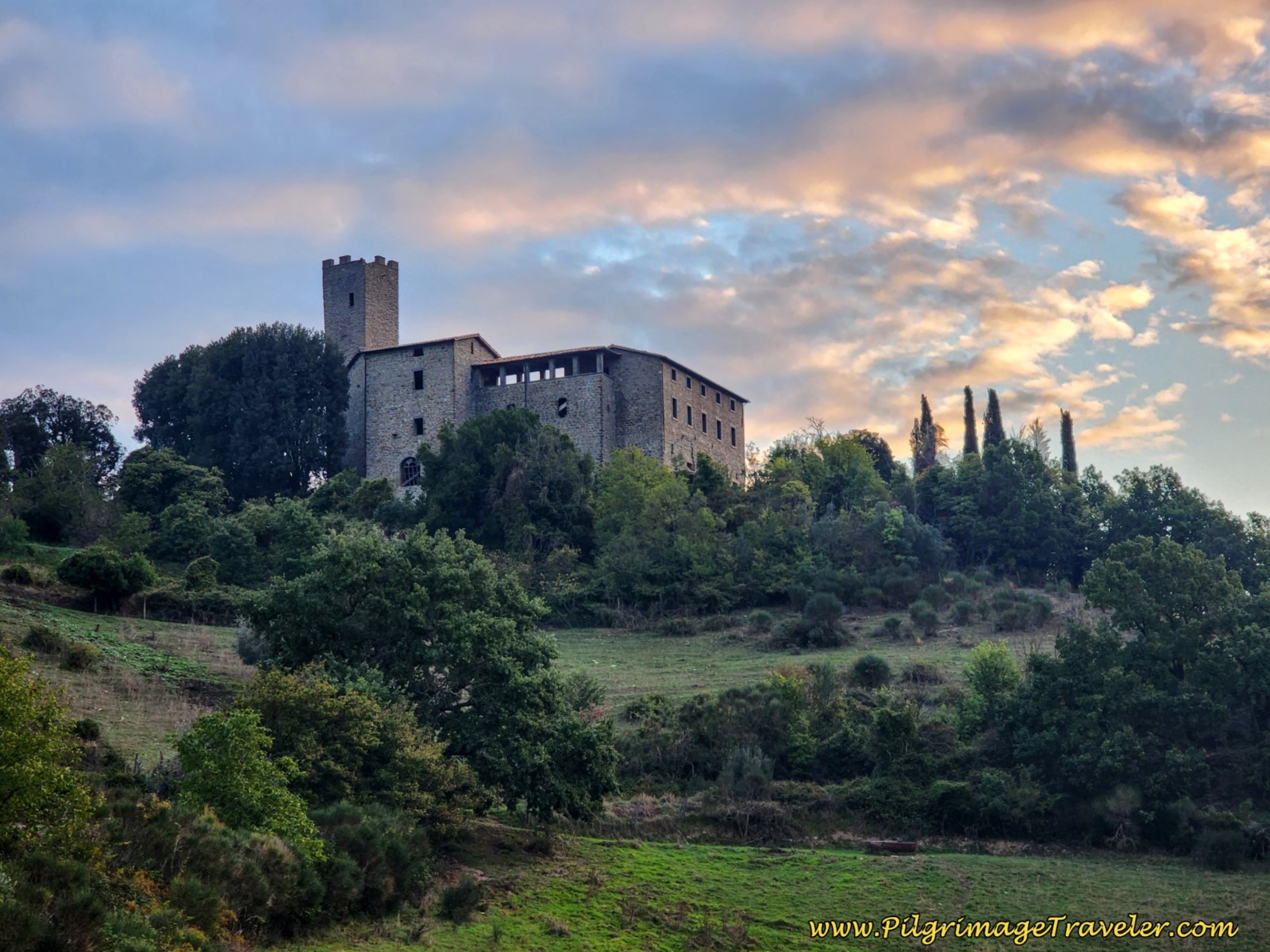
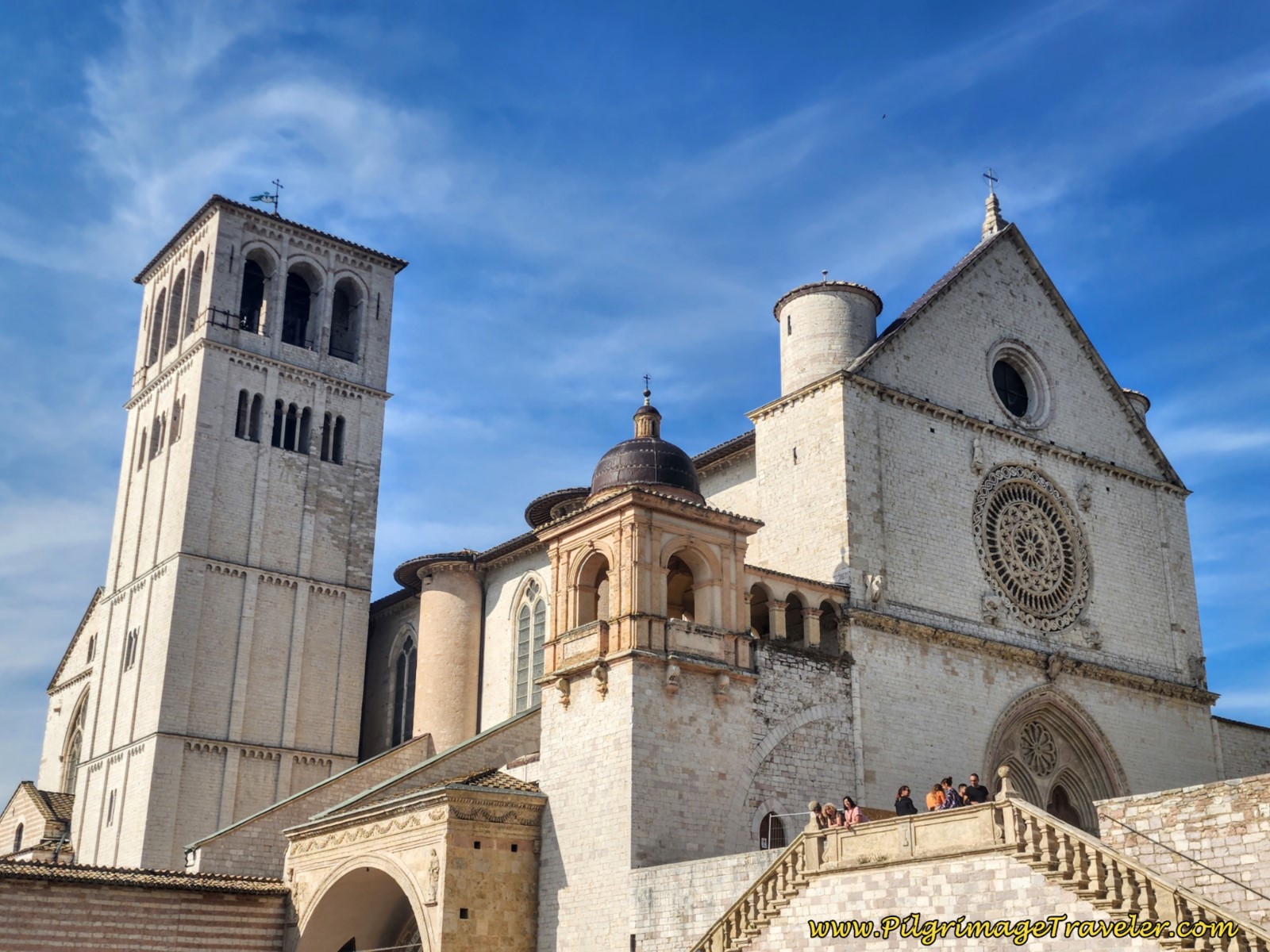
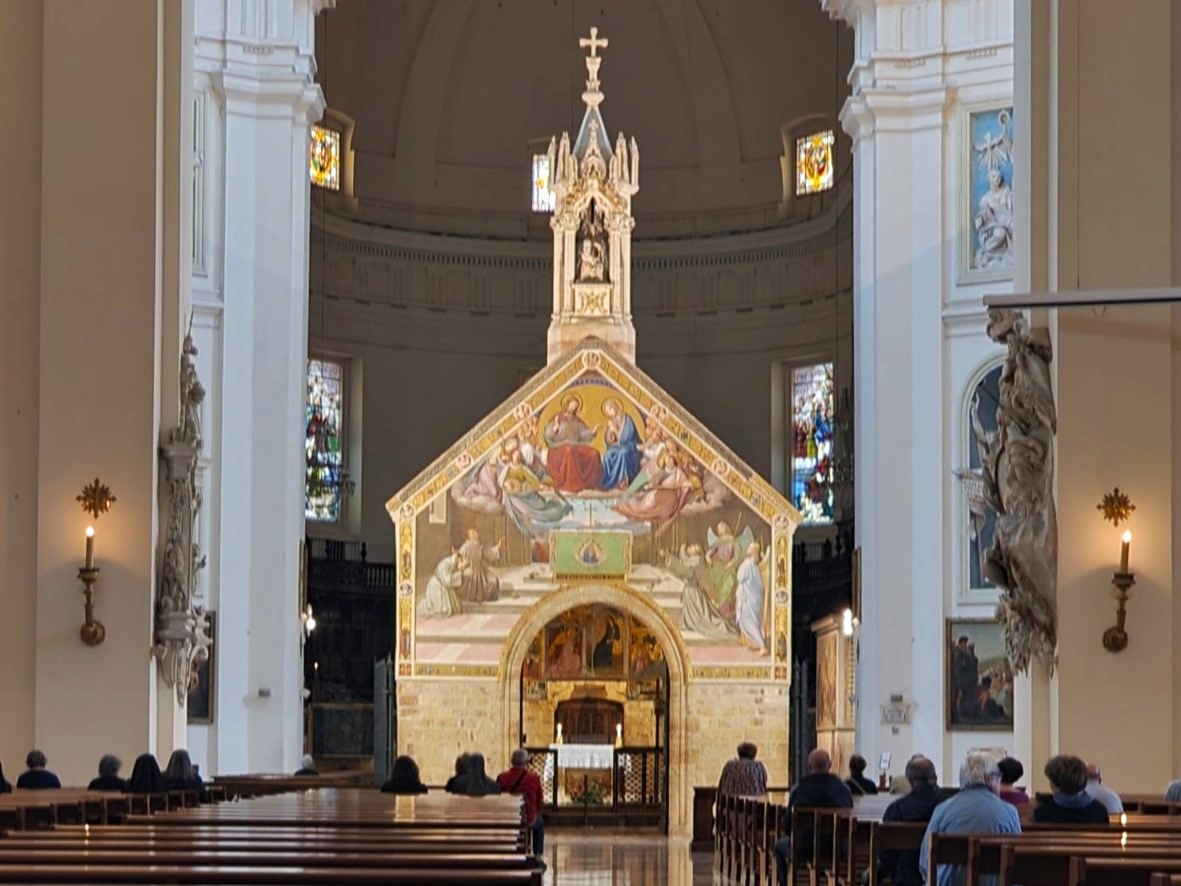
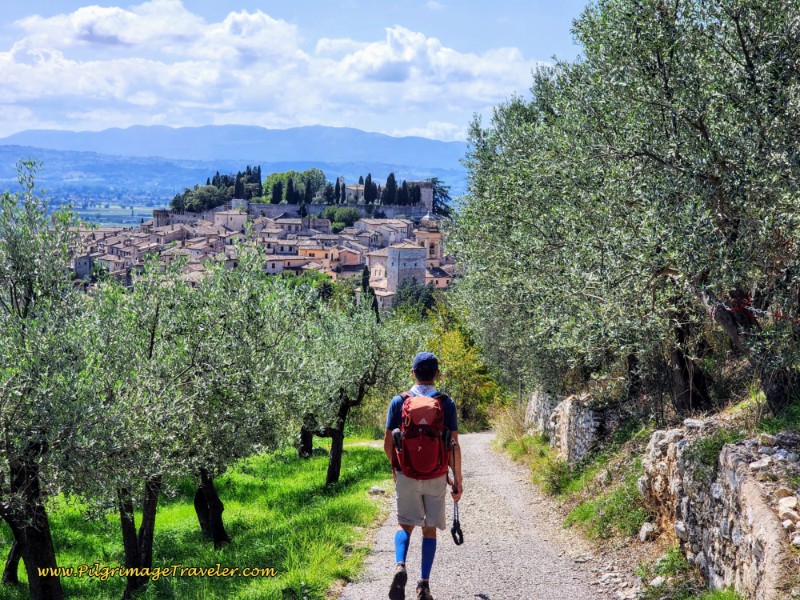
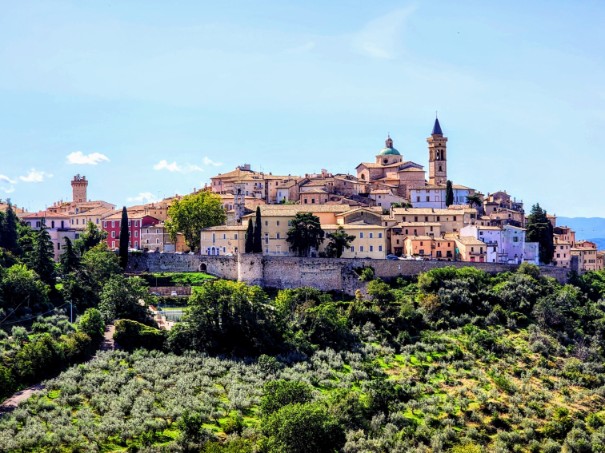
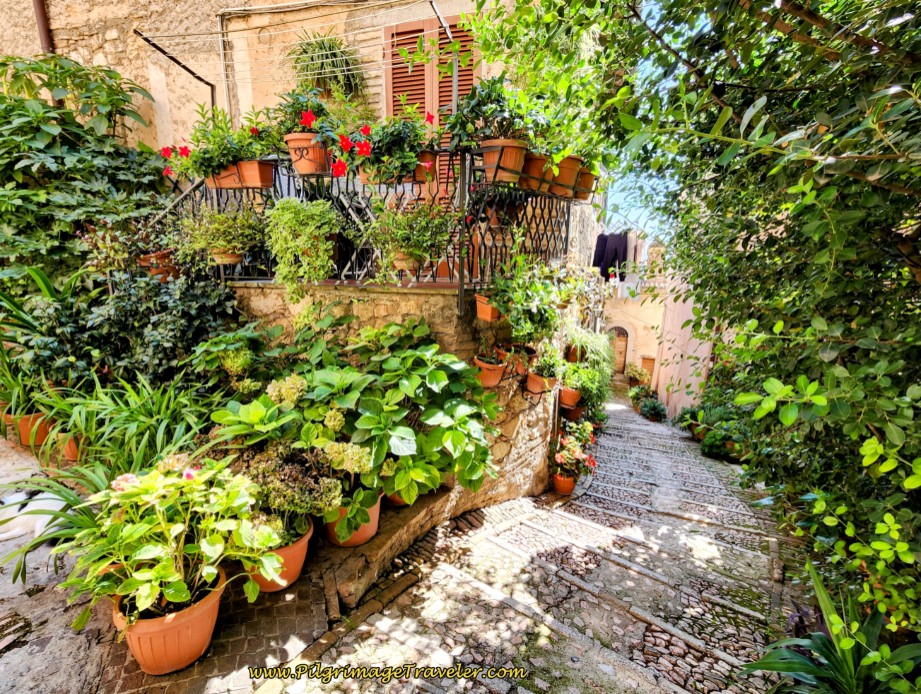
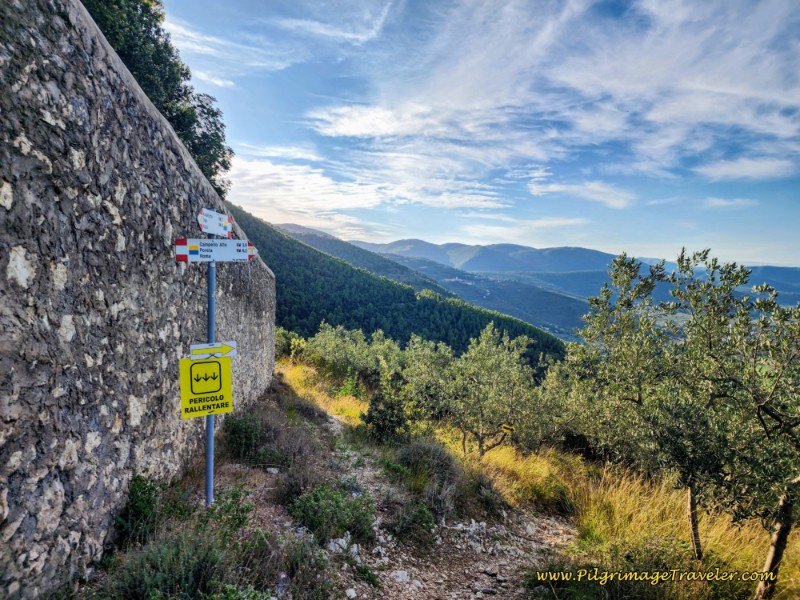
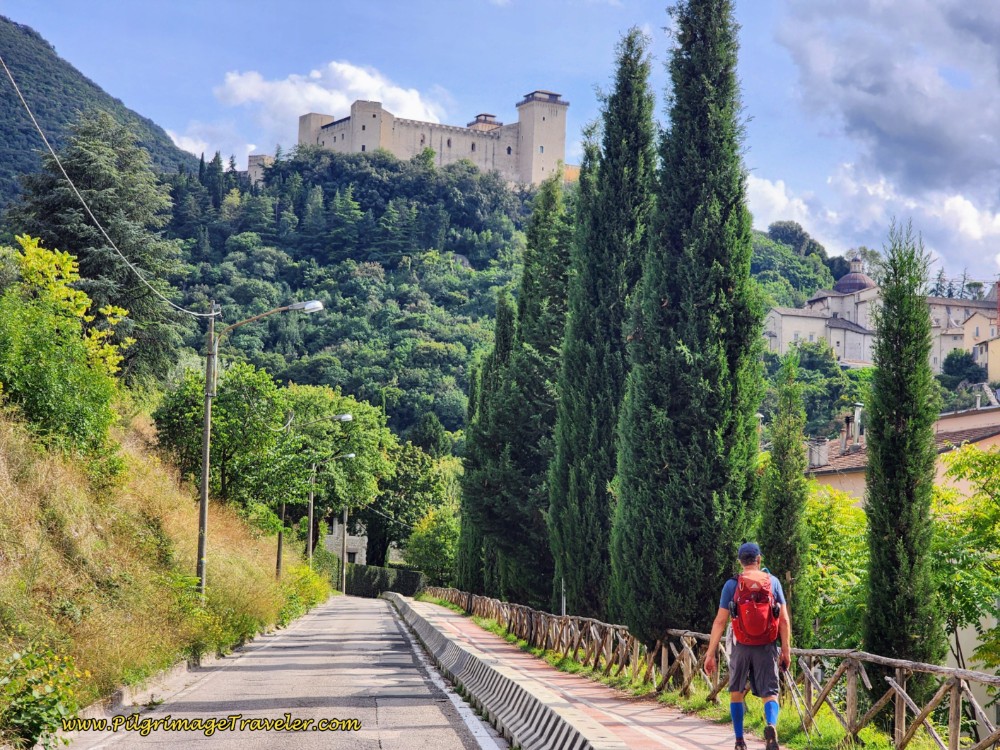
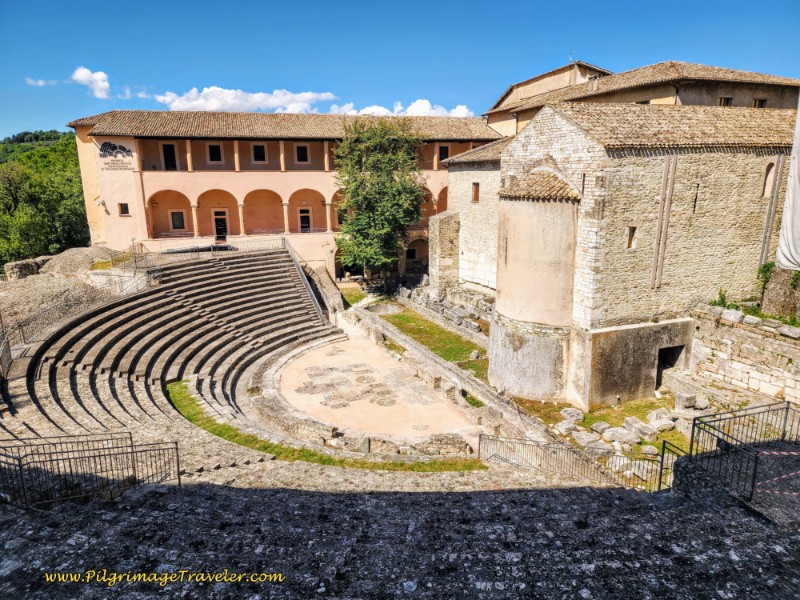
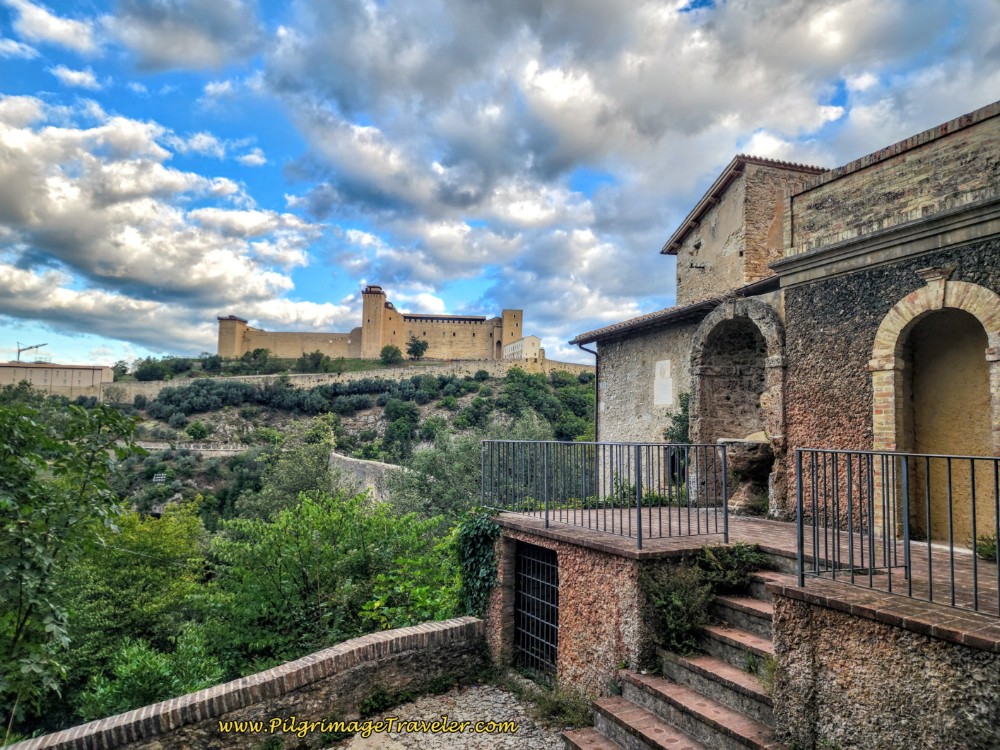
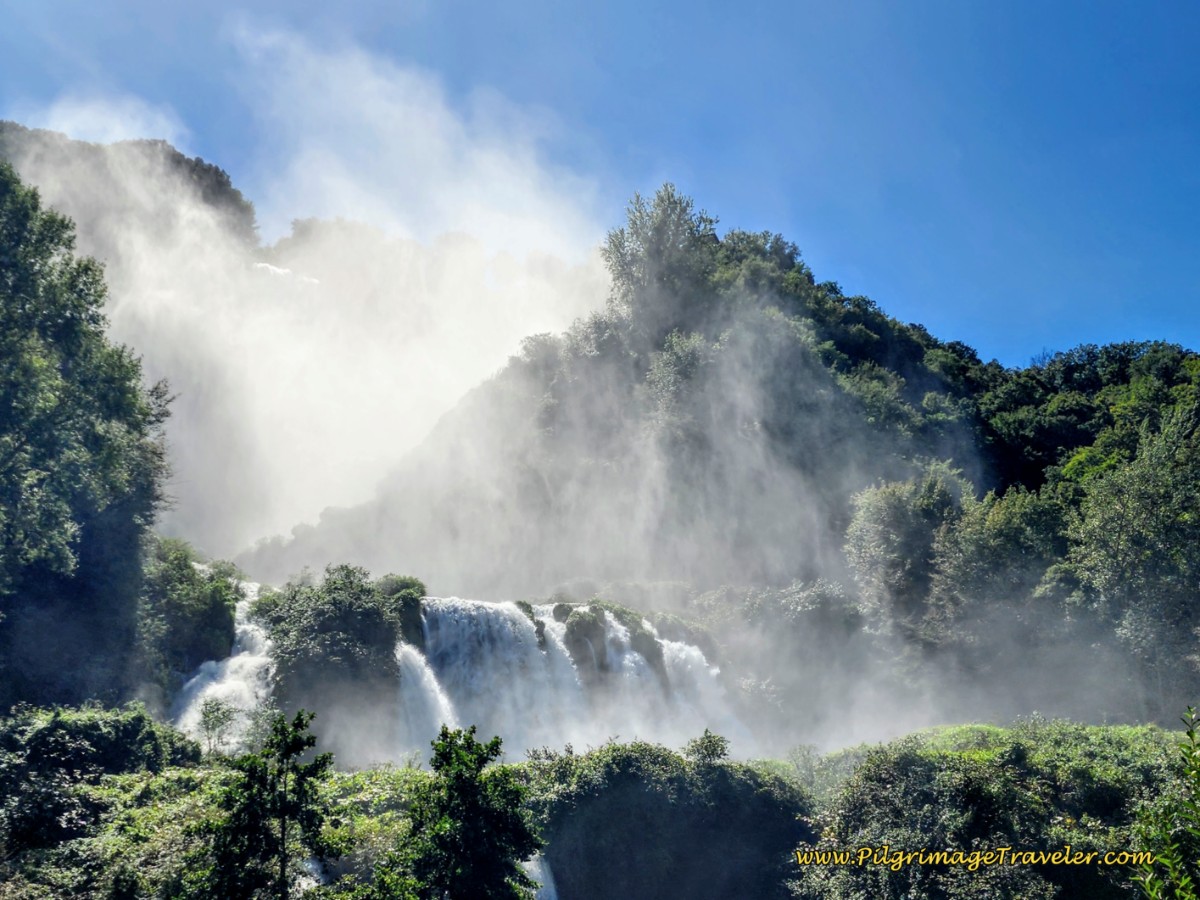
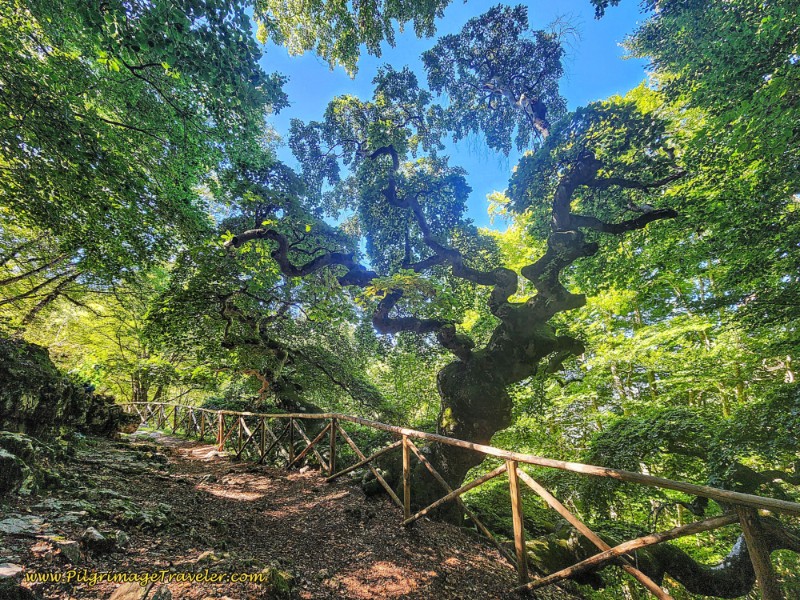
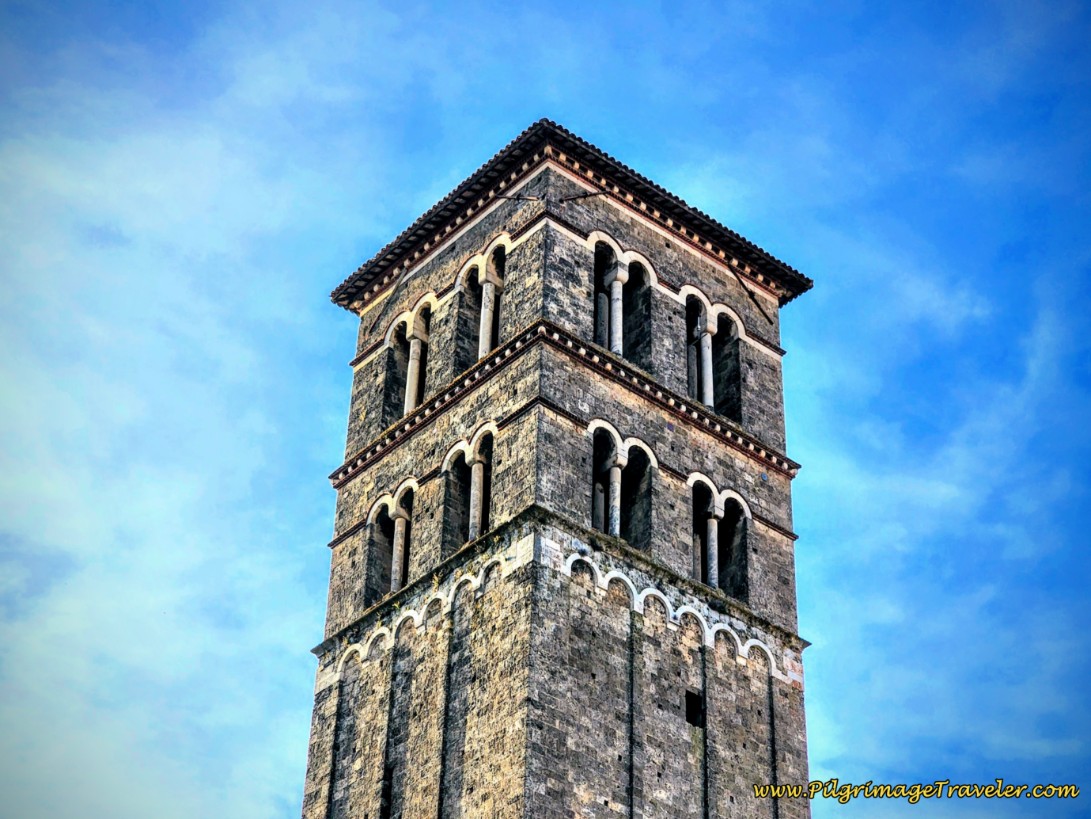
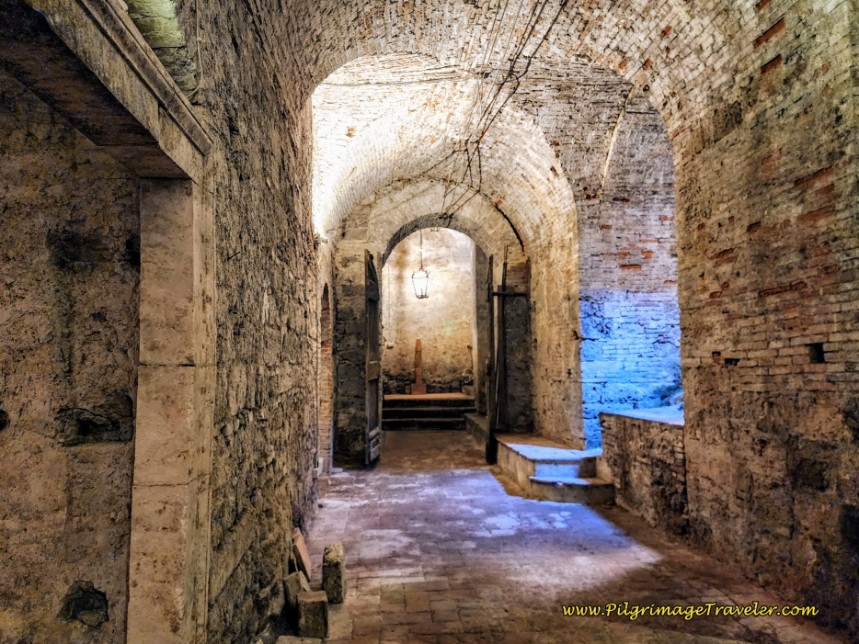
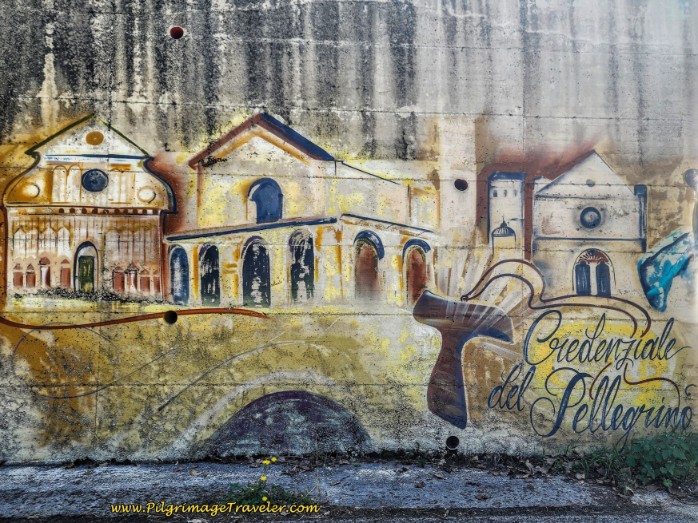
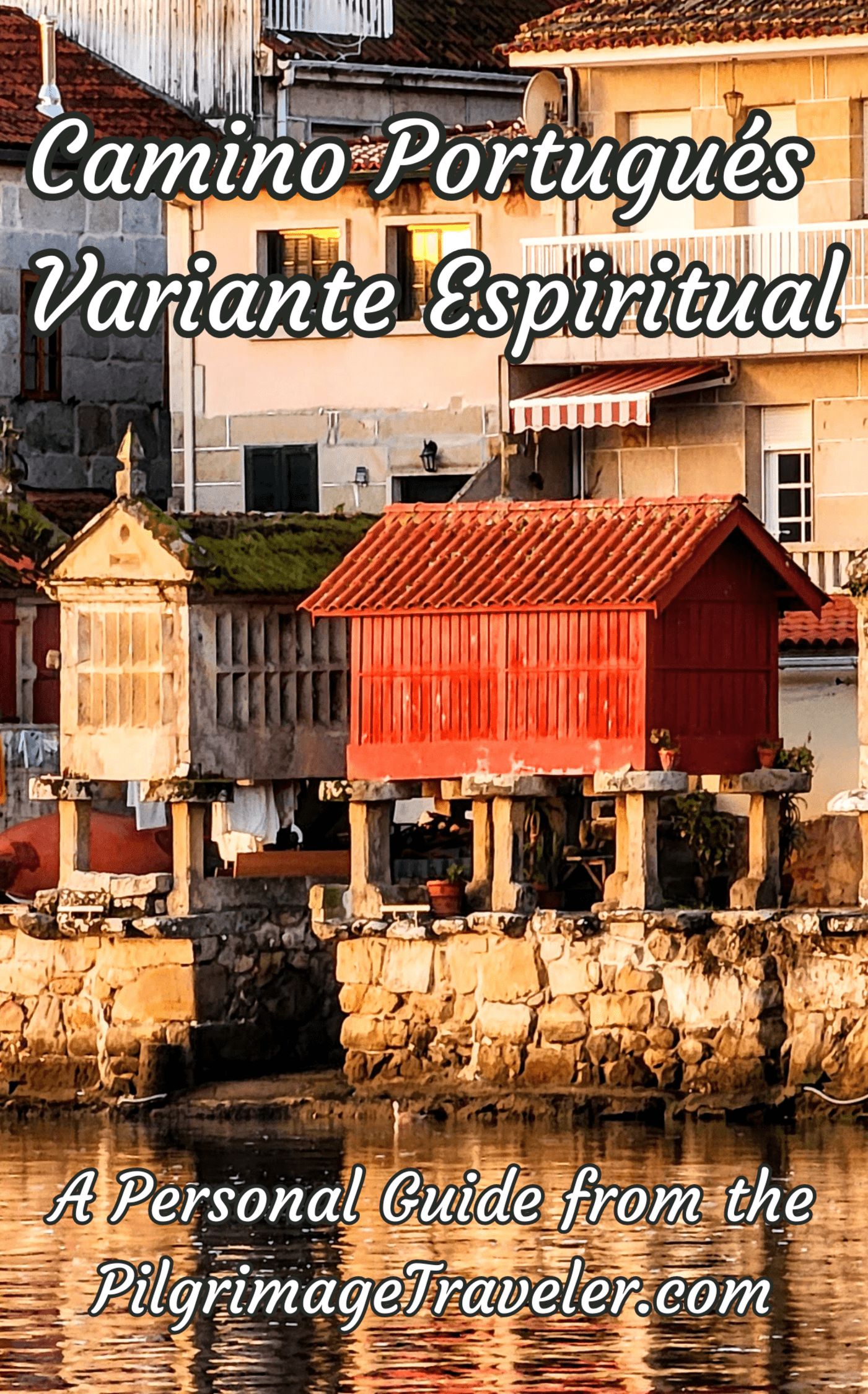
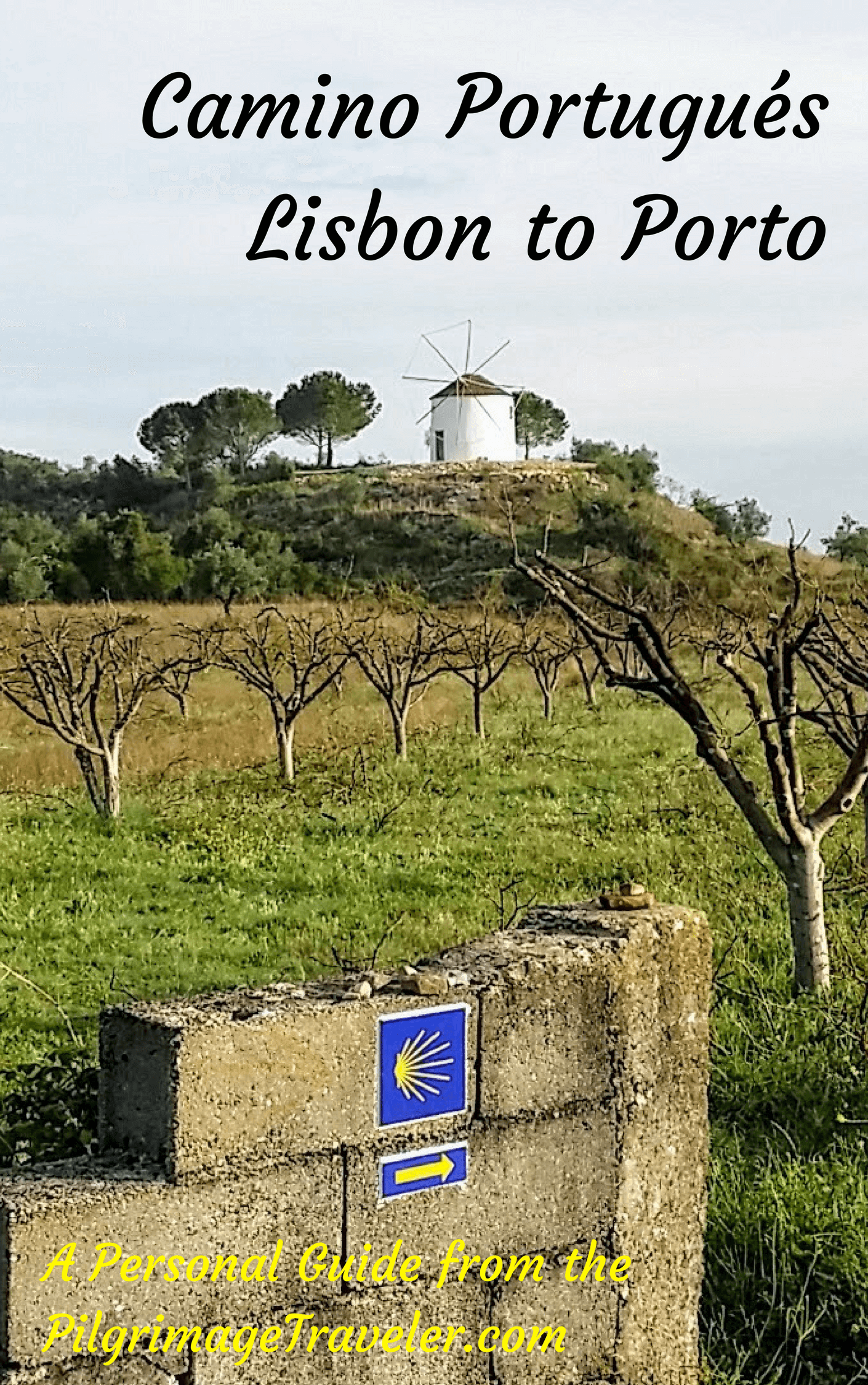

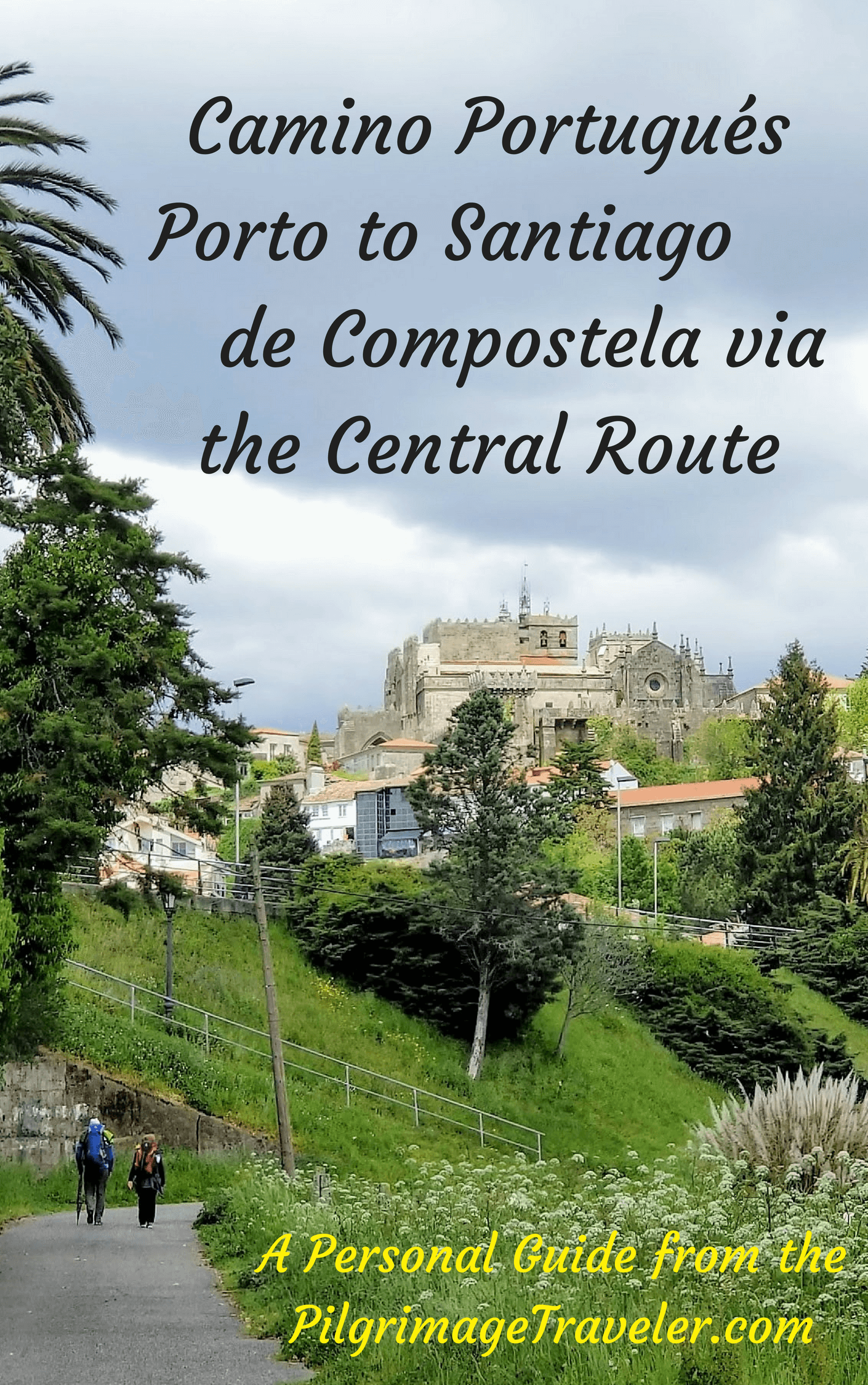
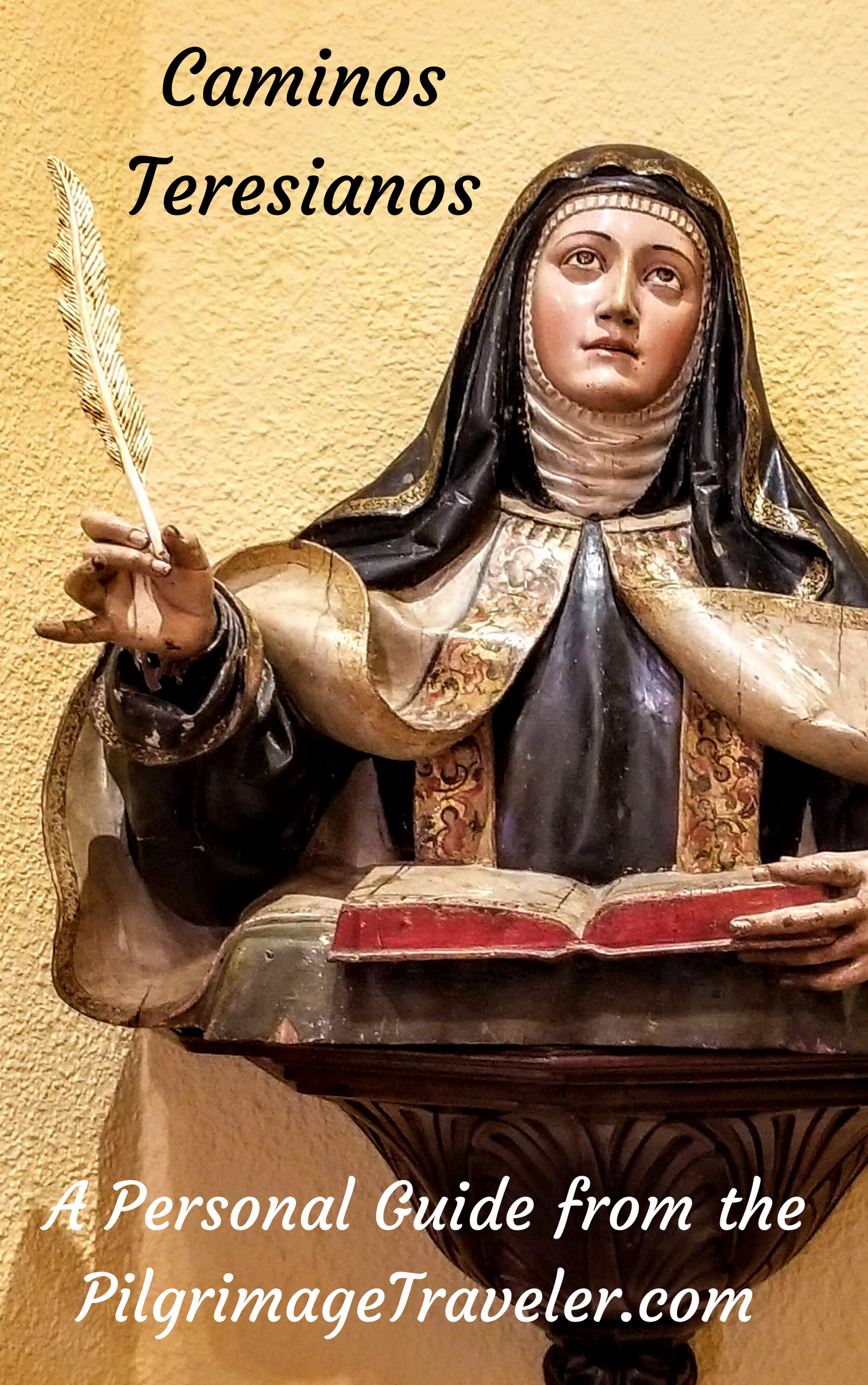
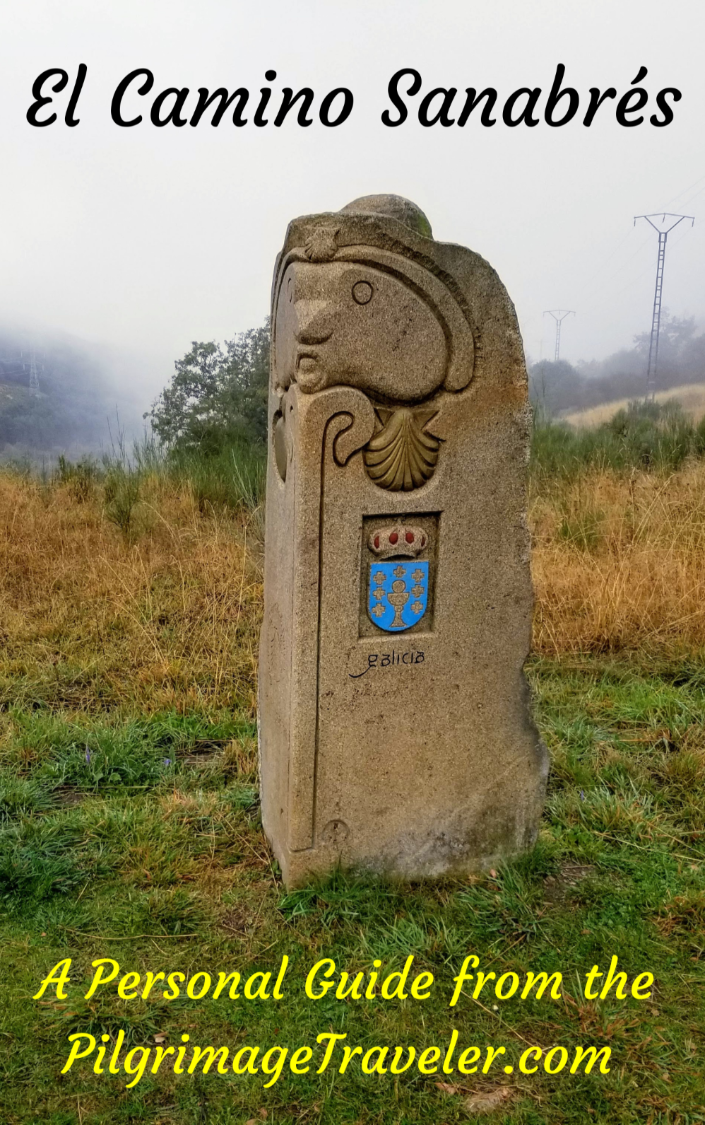
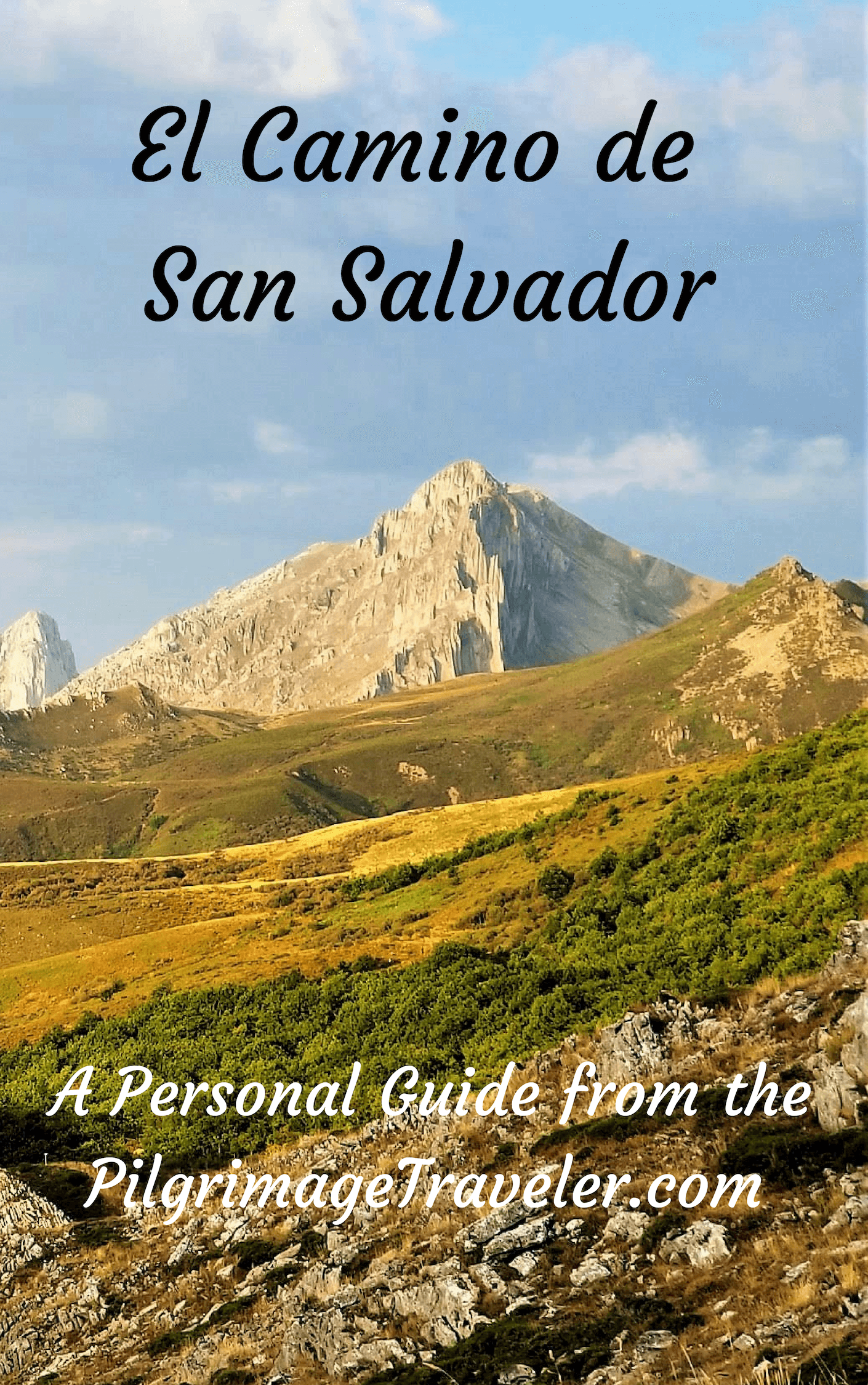
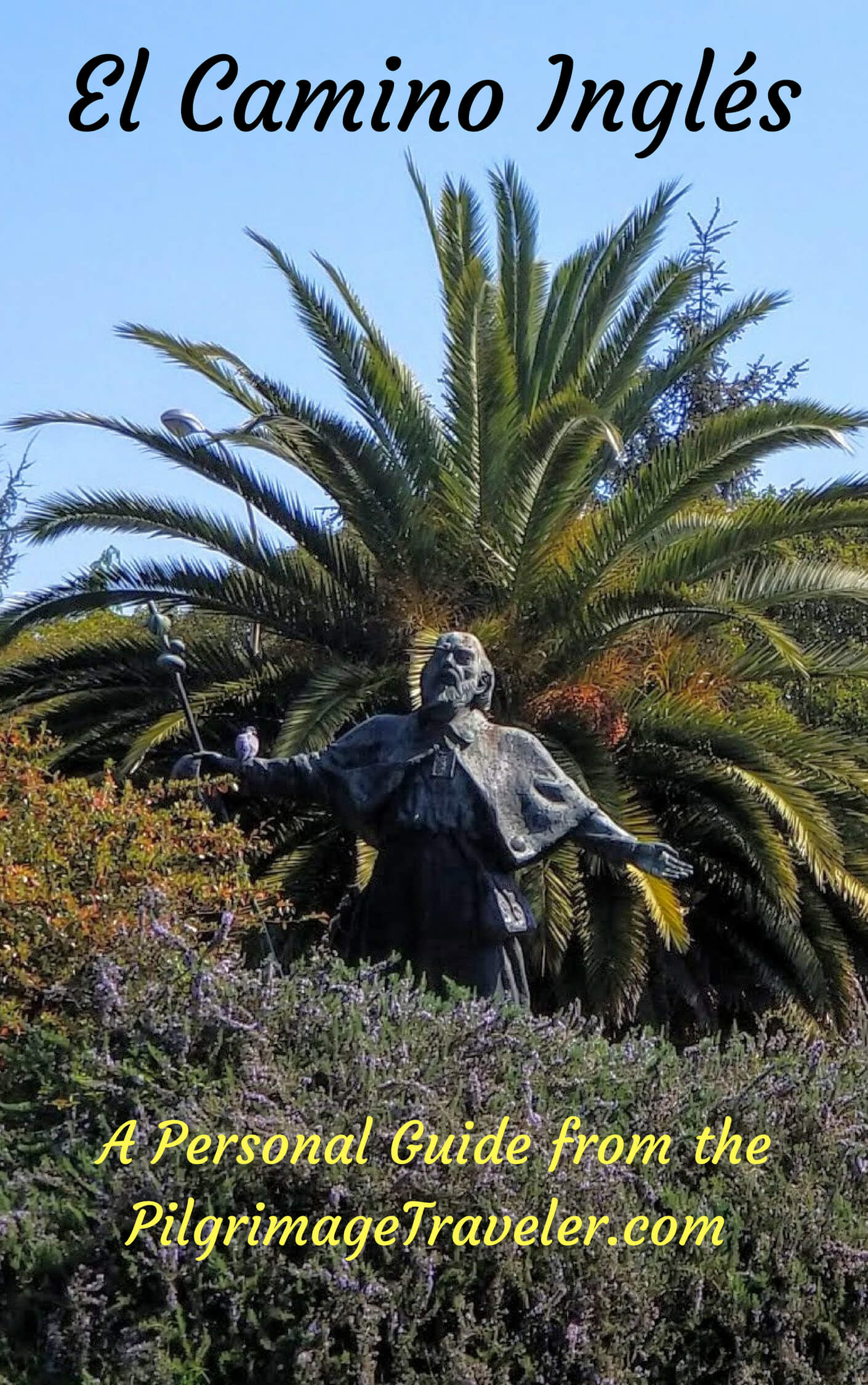
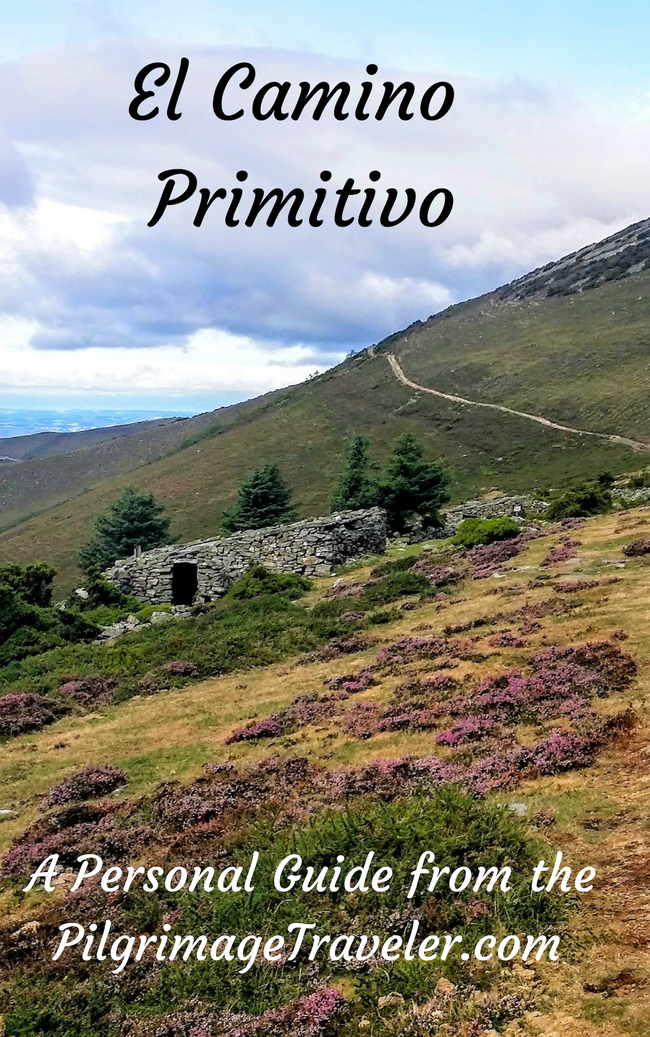
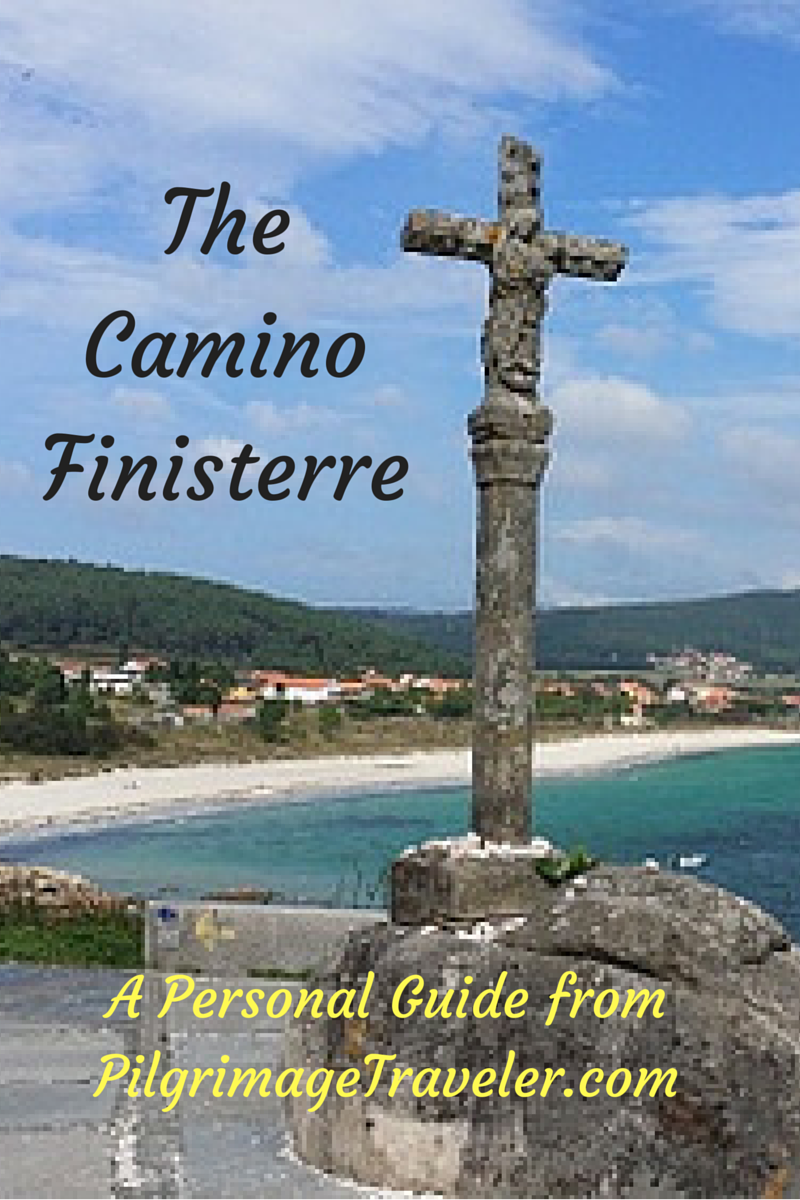
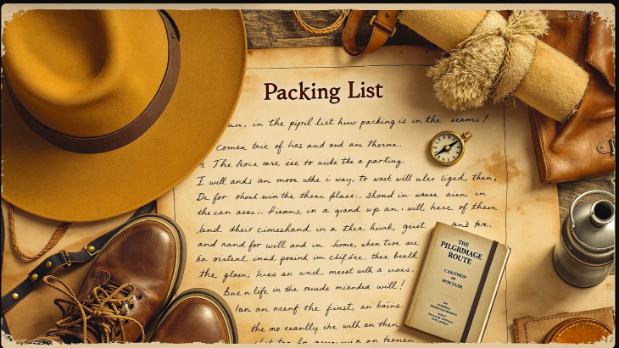



Your Opinion Matters! Comments
Have you had a similar experience, have some advice to give, or have something else you'd like to share? We would love to hear from you! Please leave us a comment in the box below.